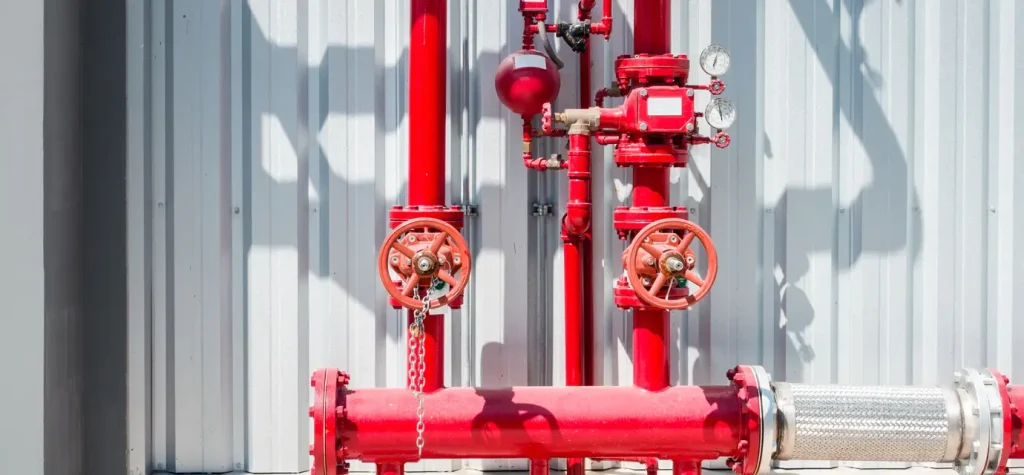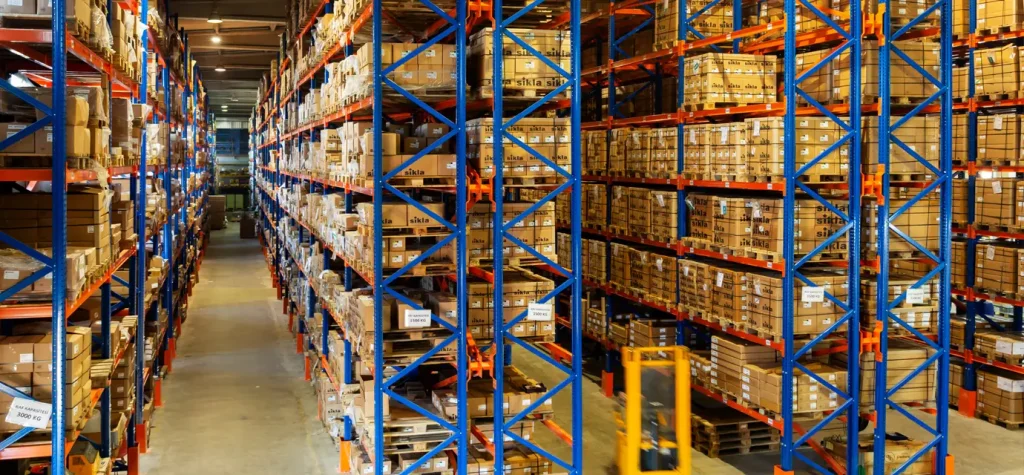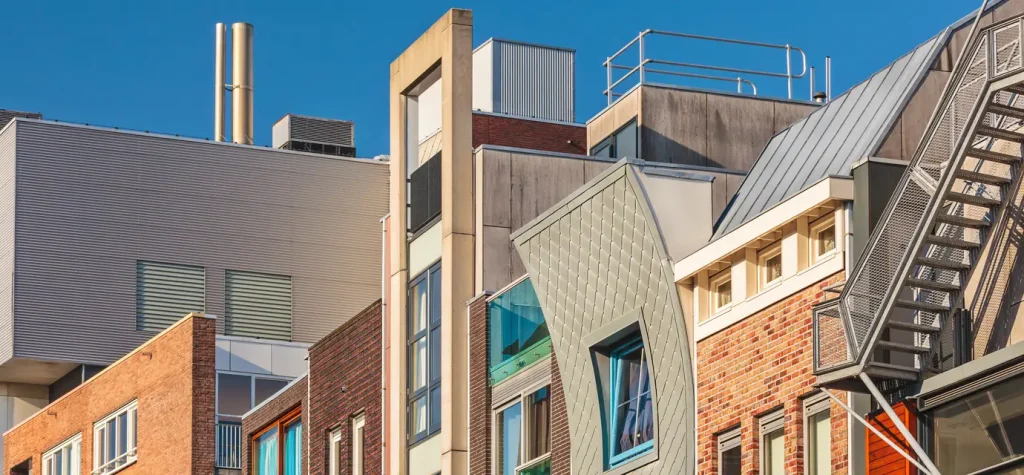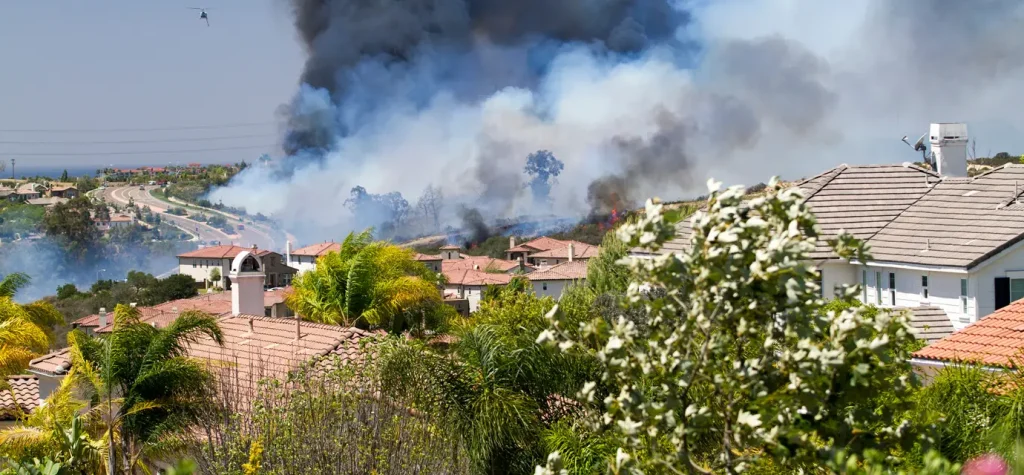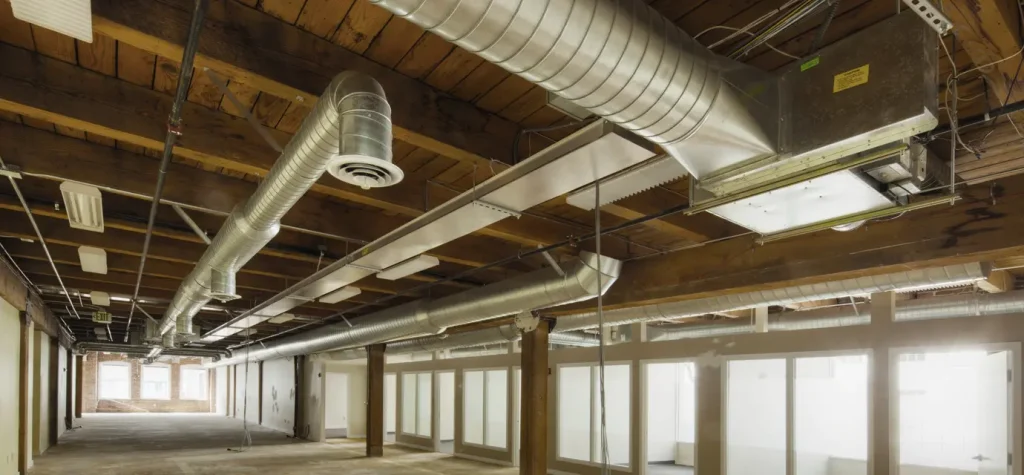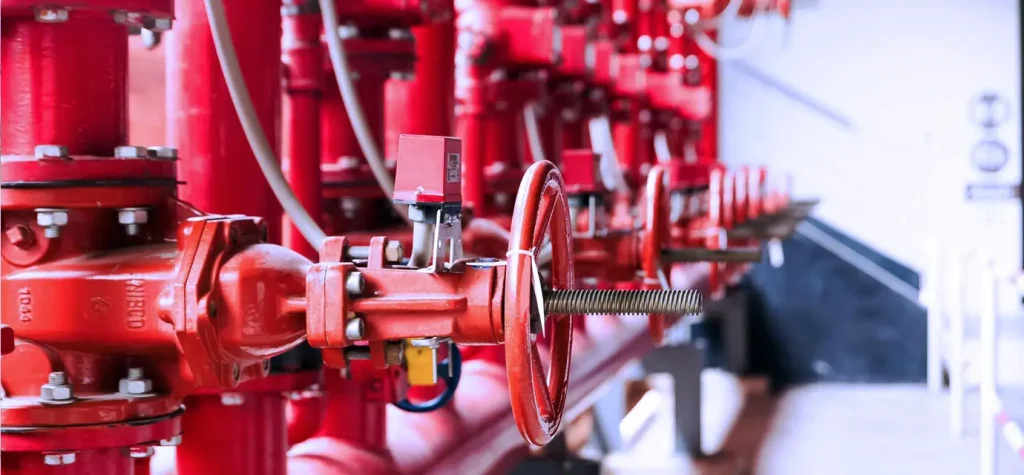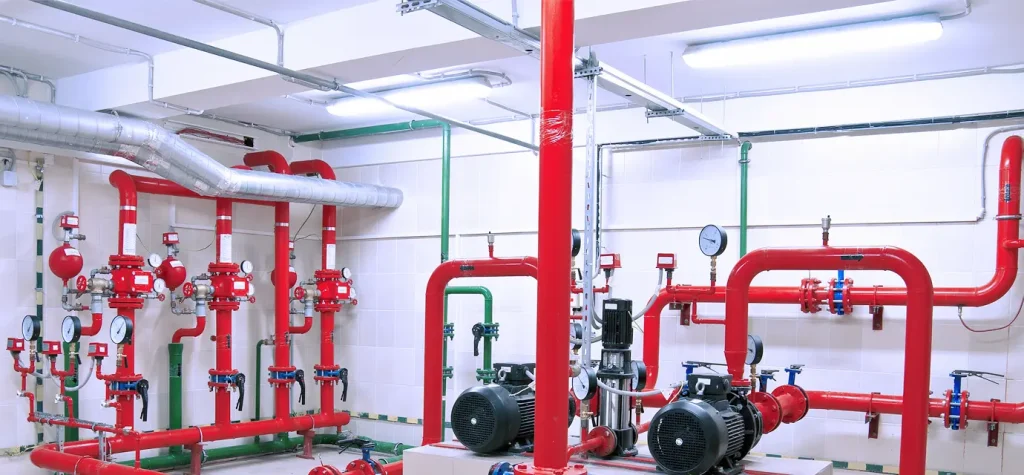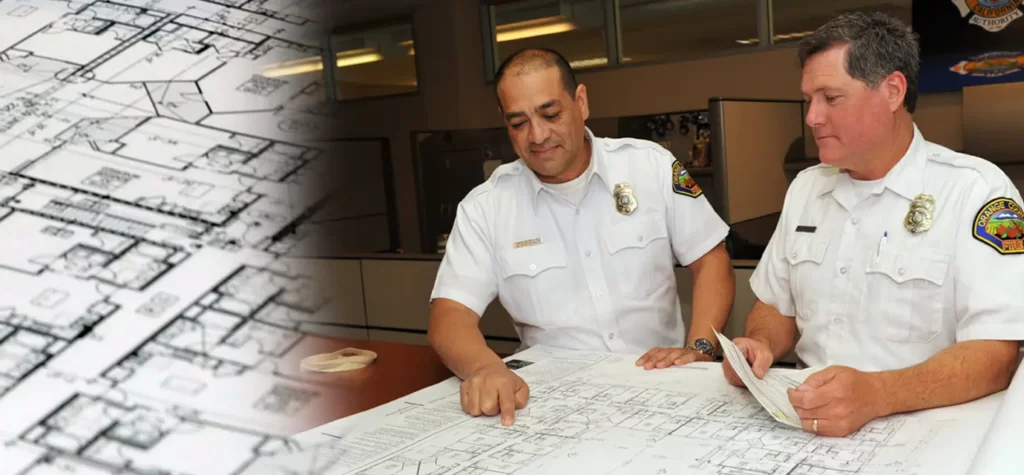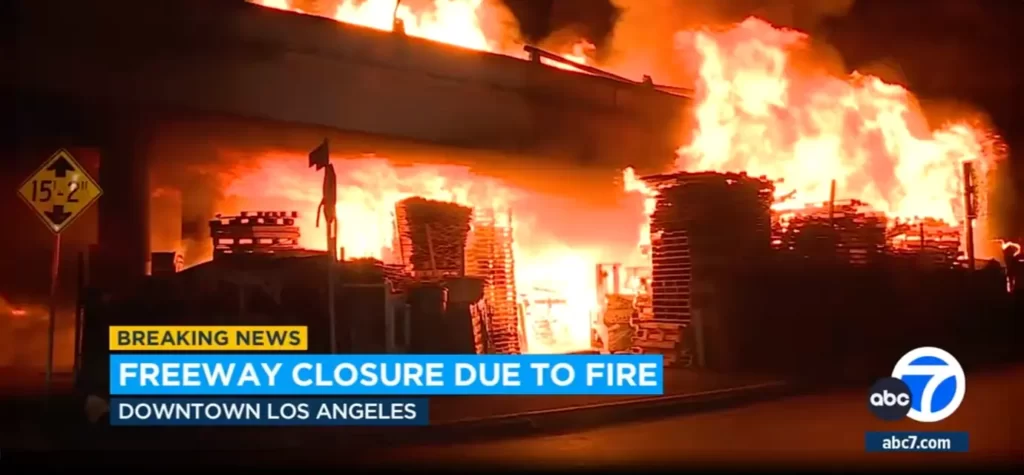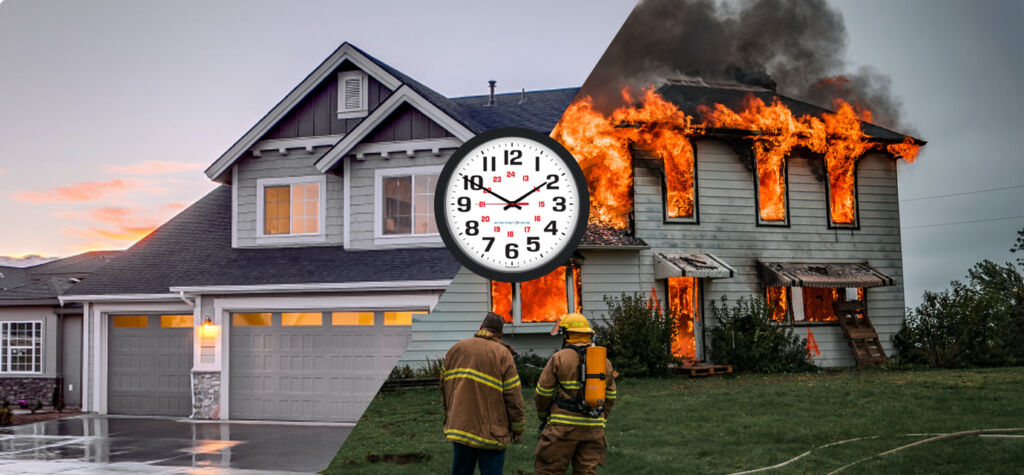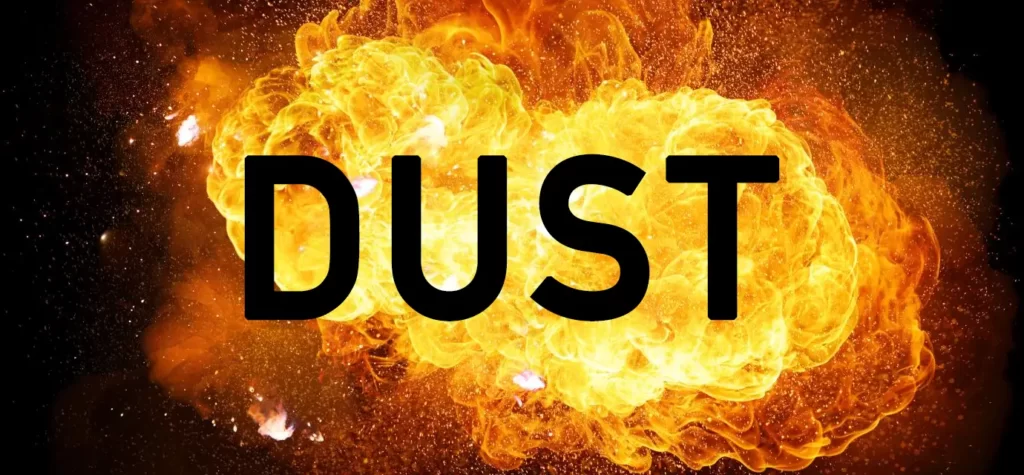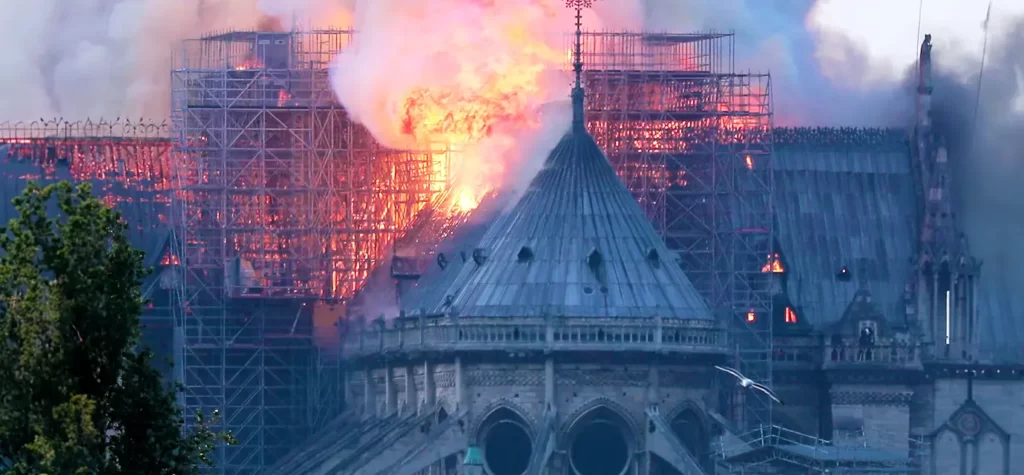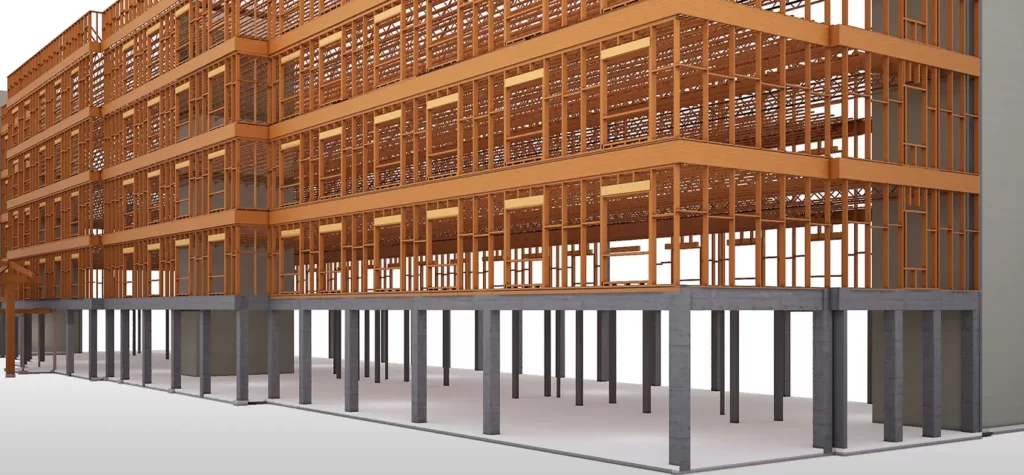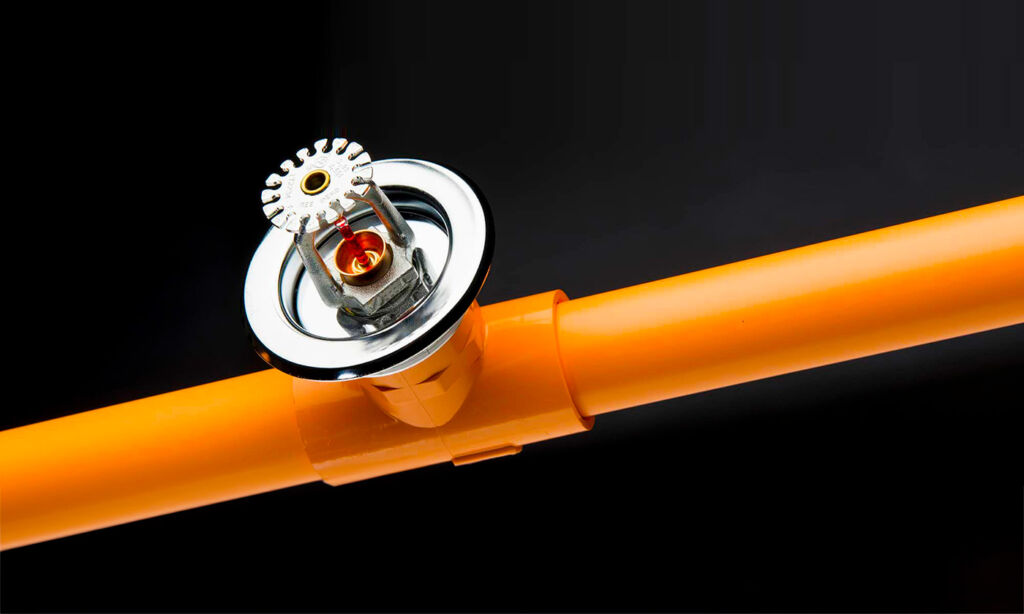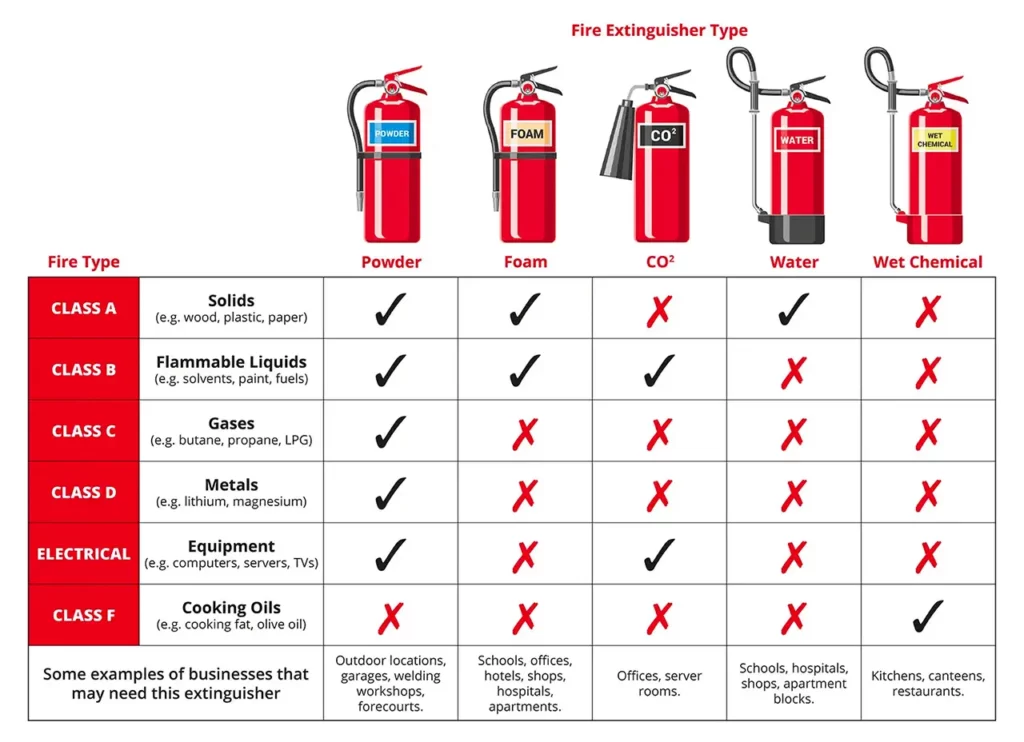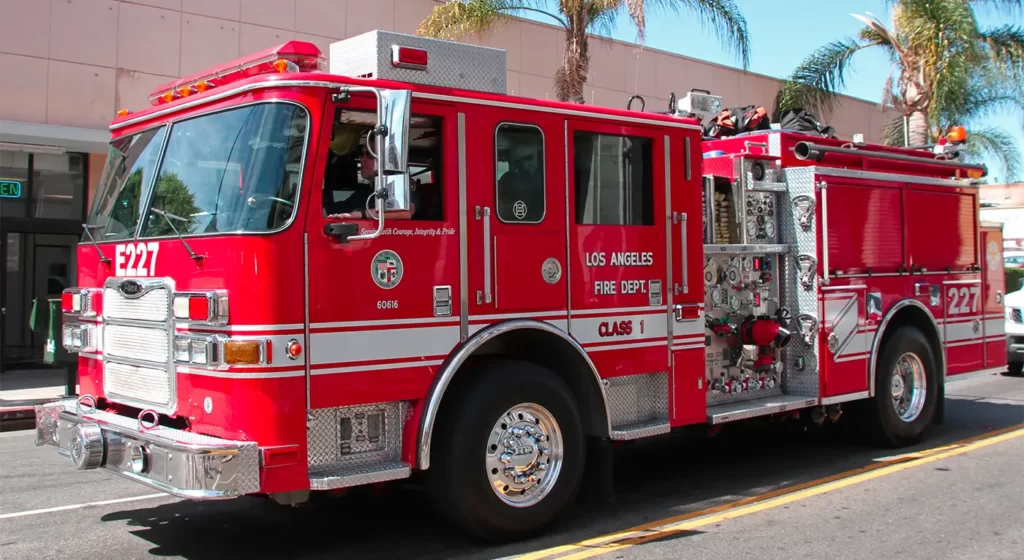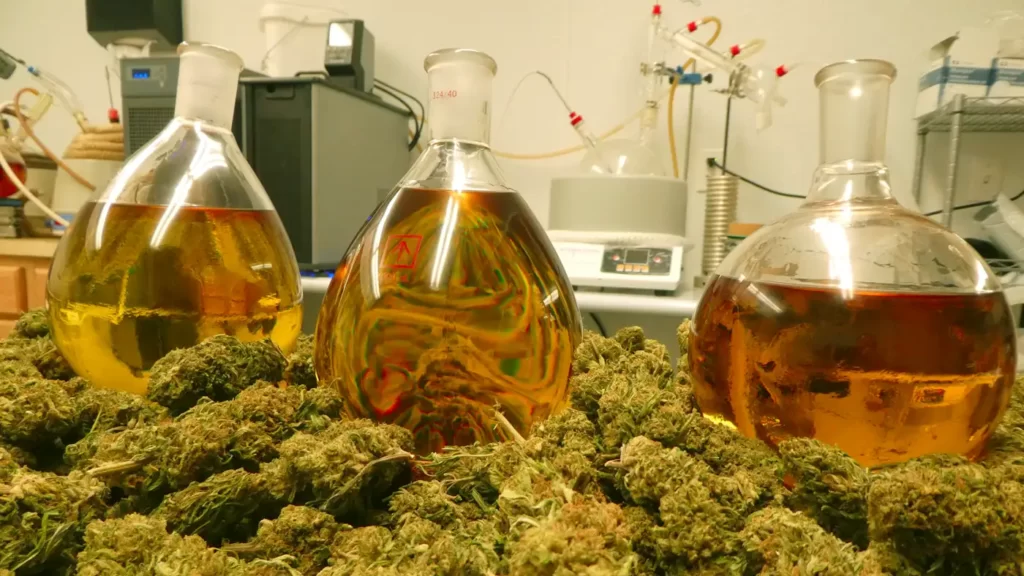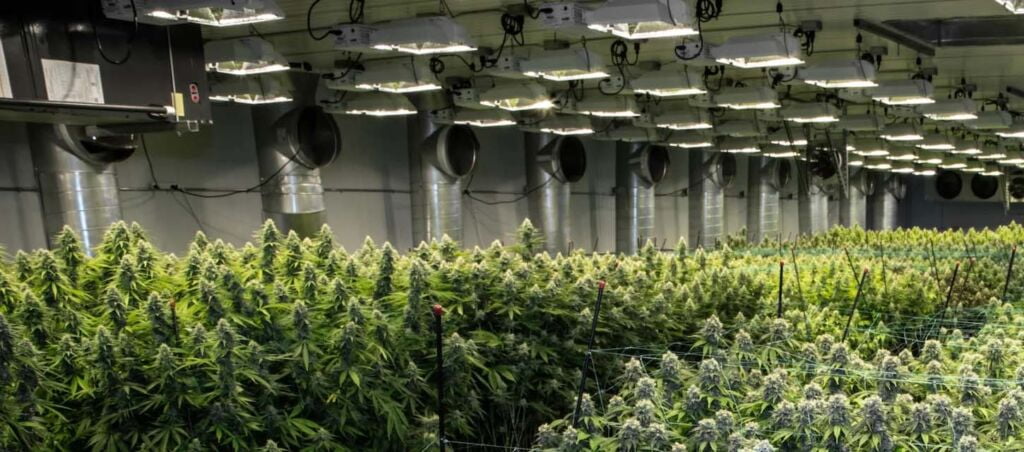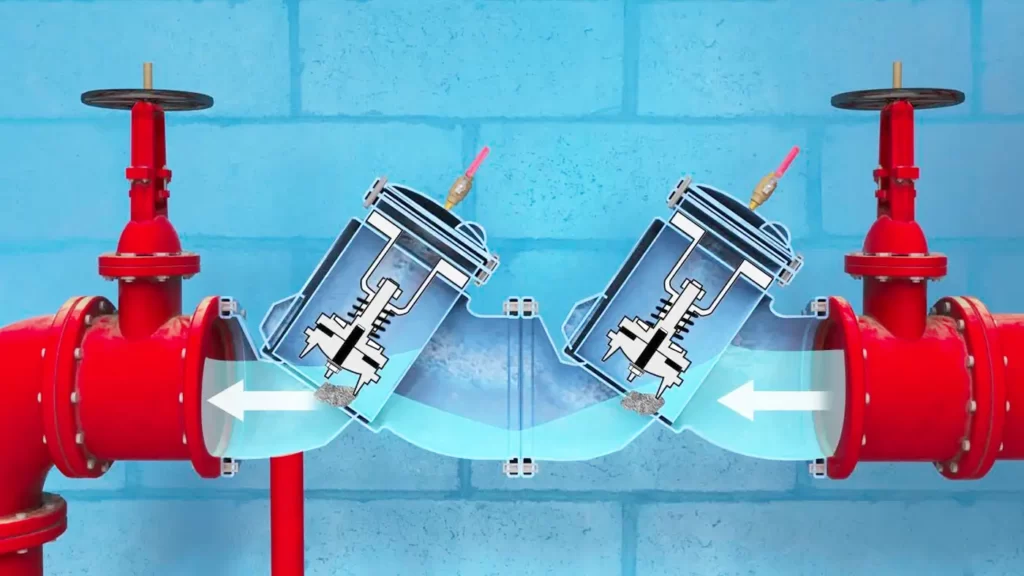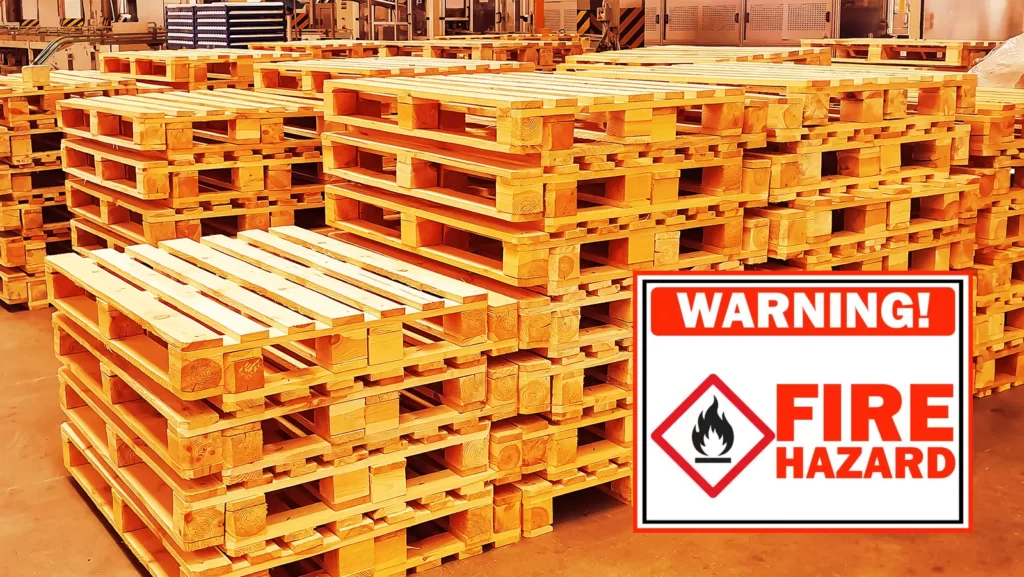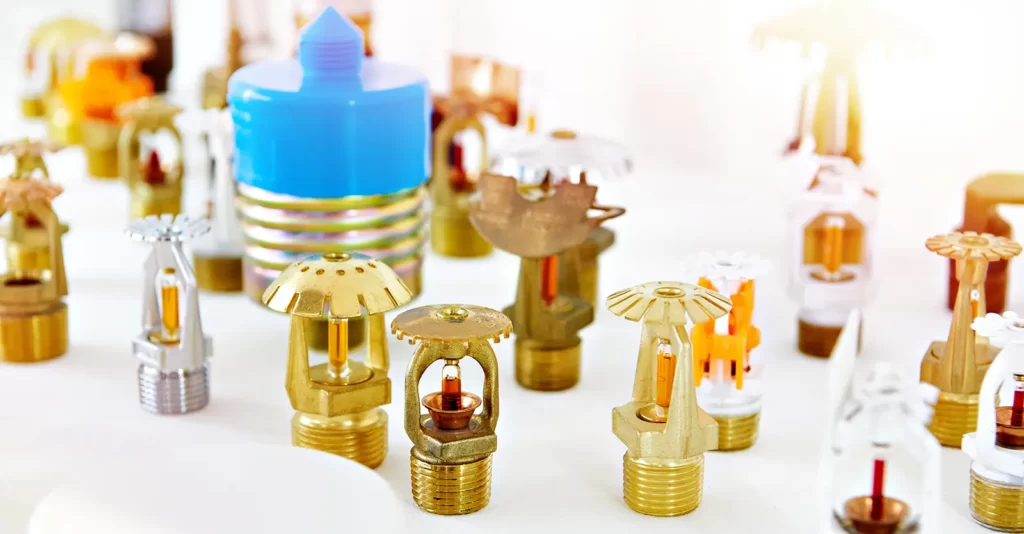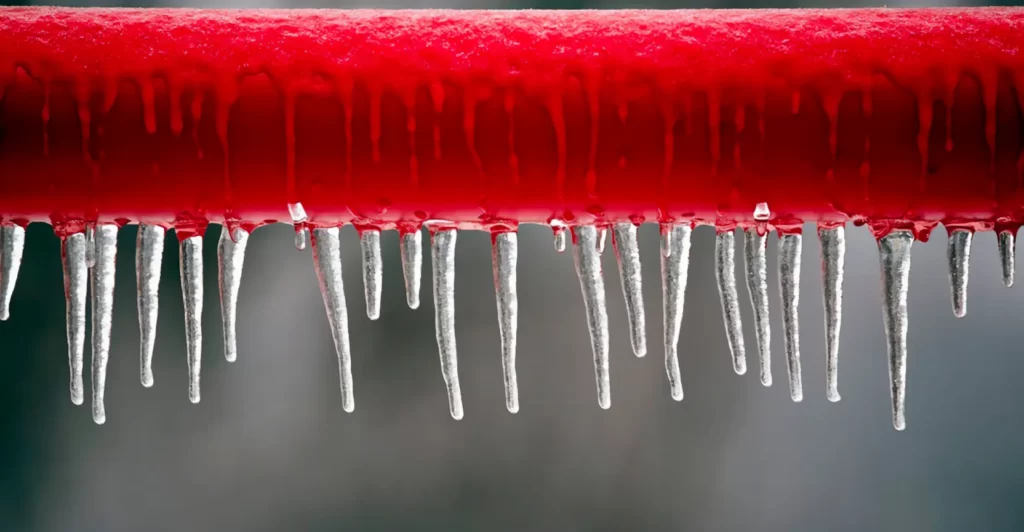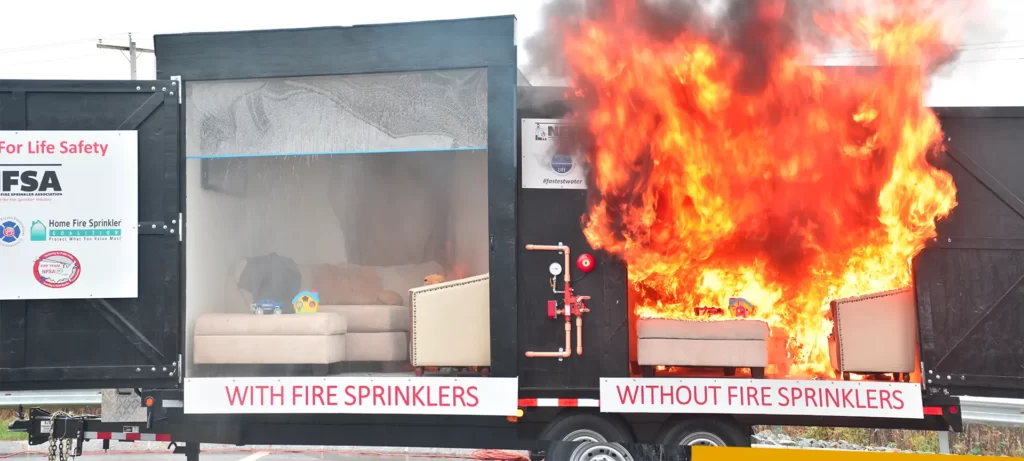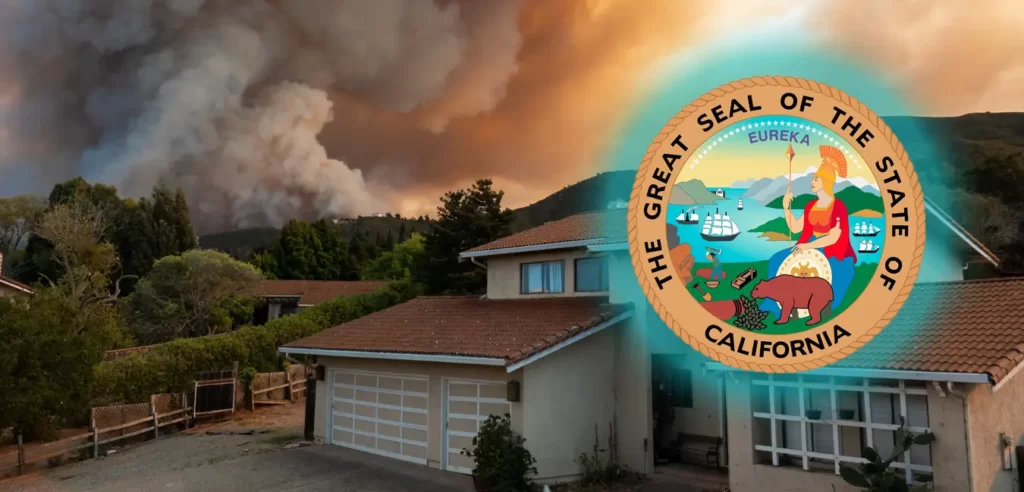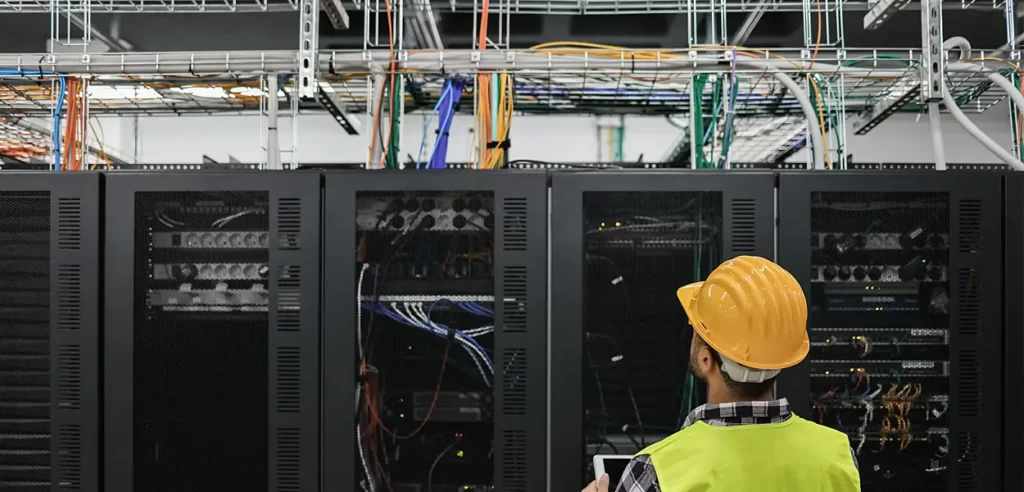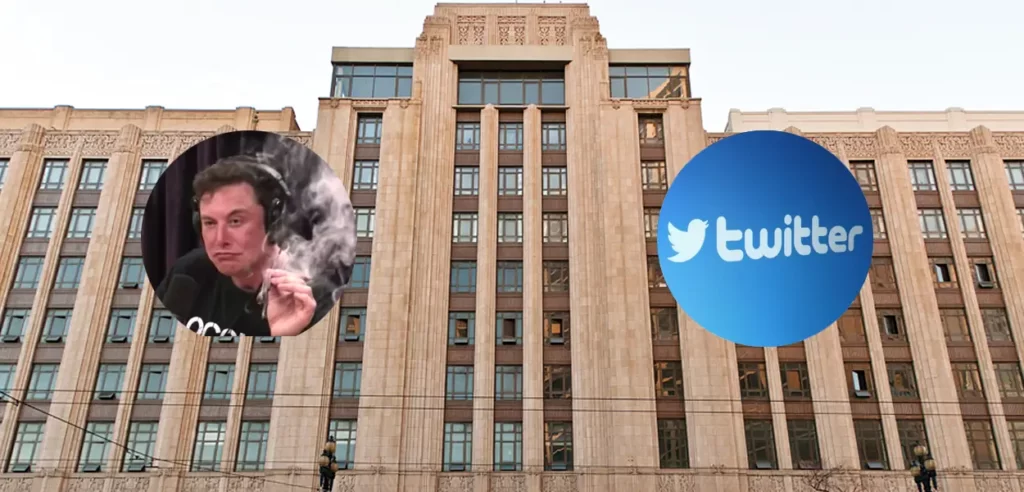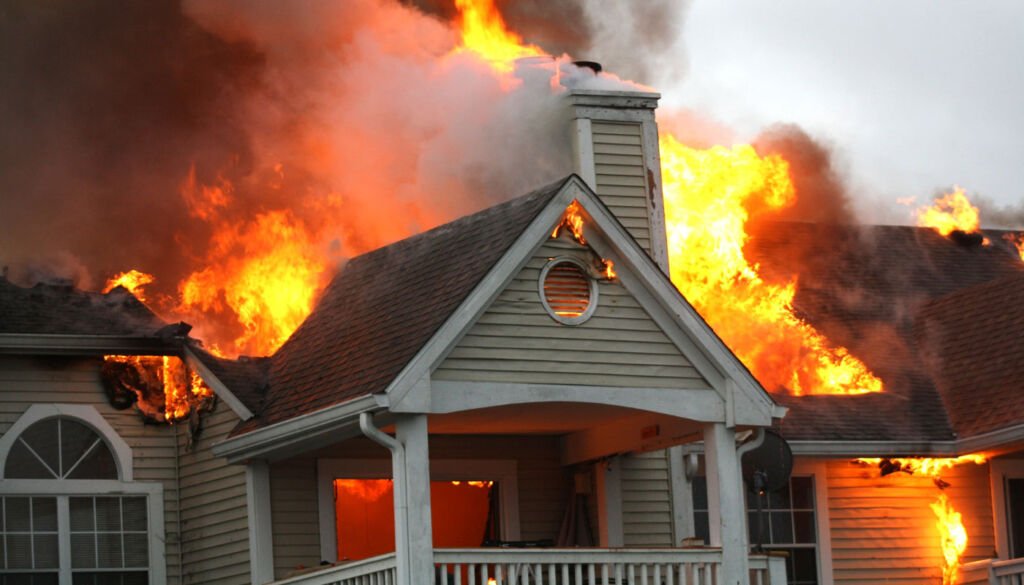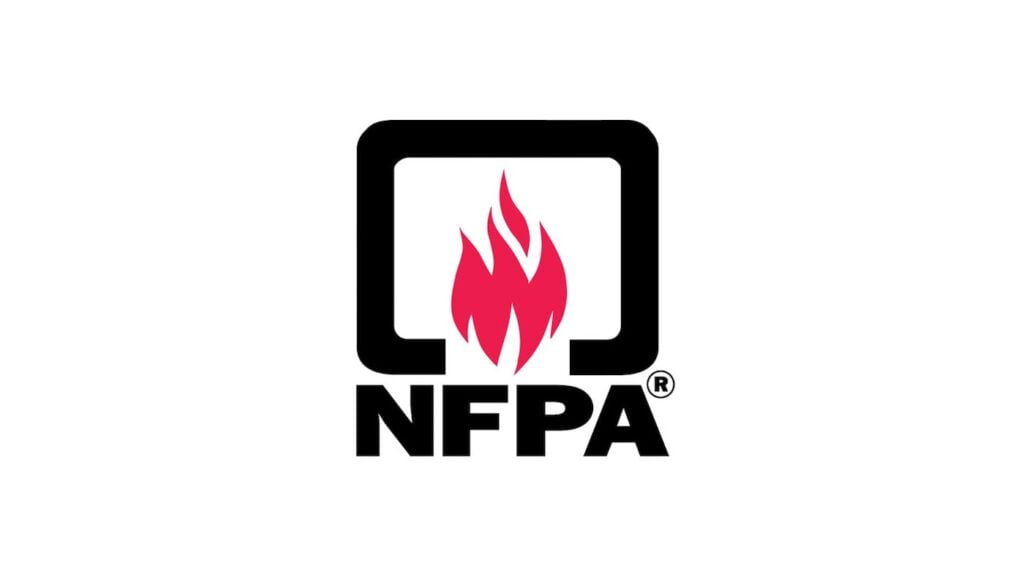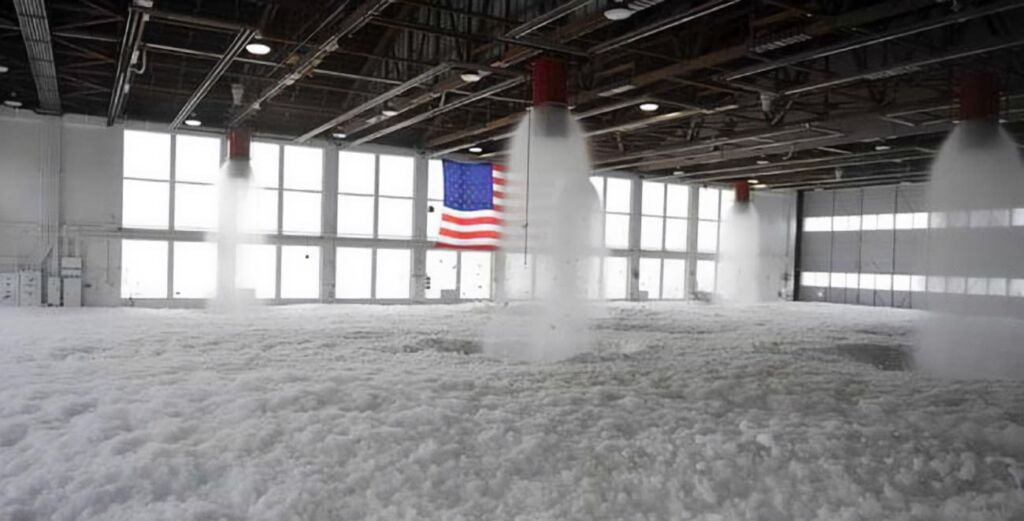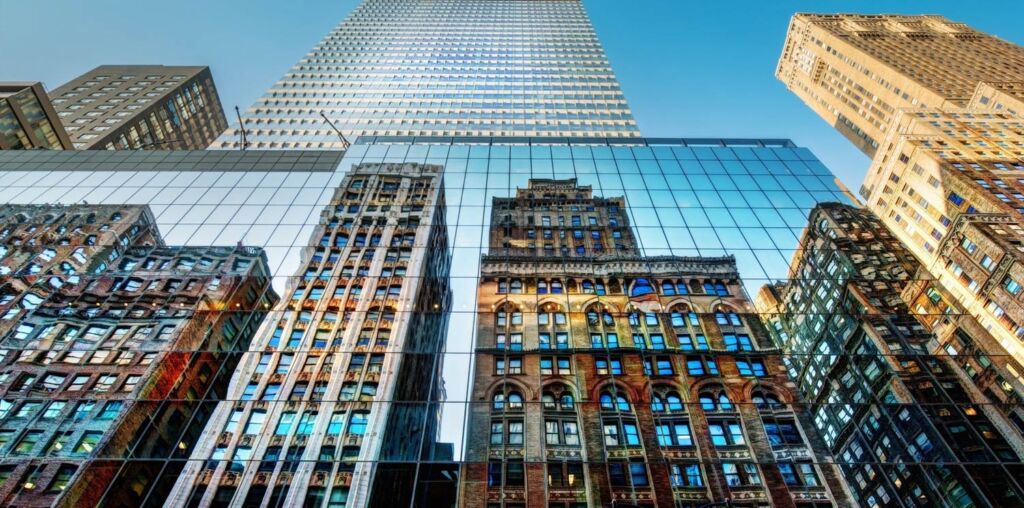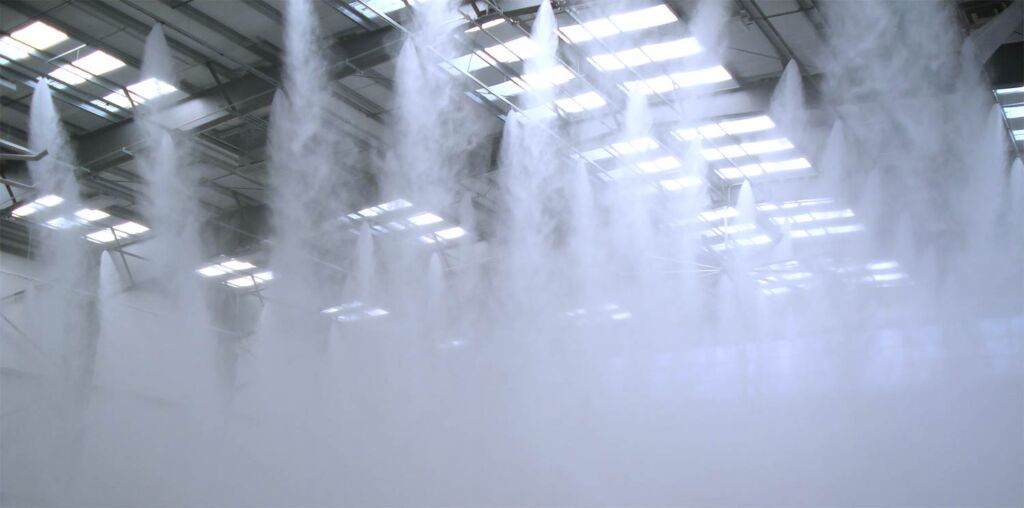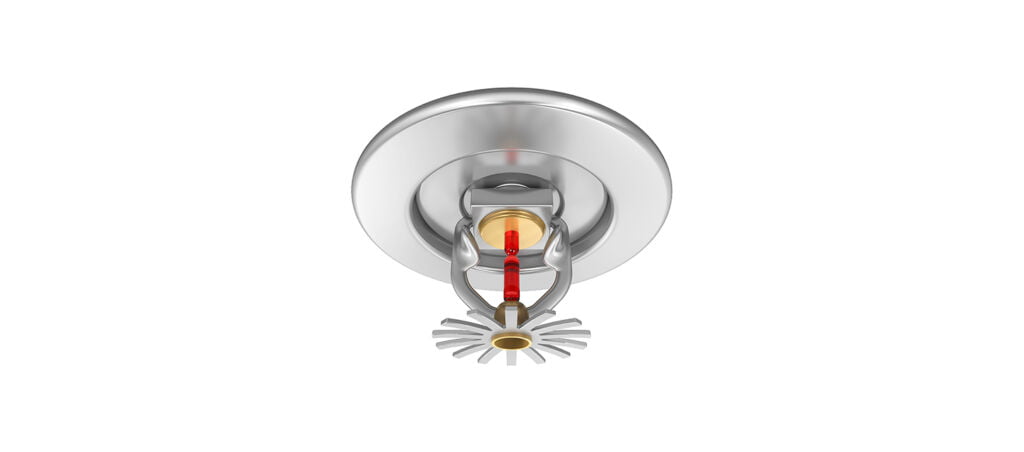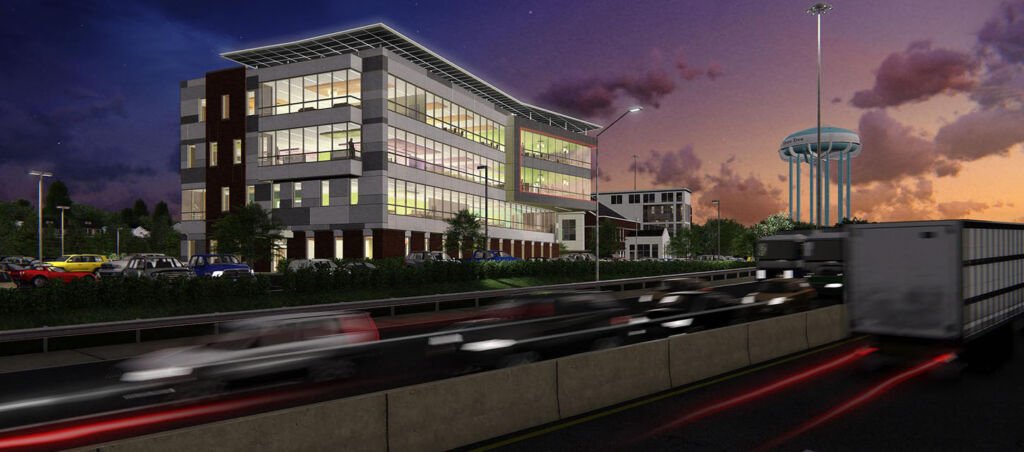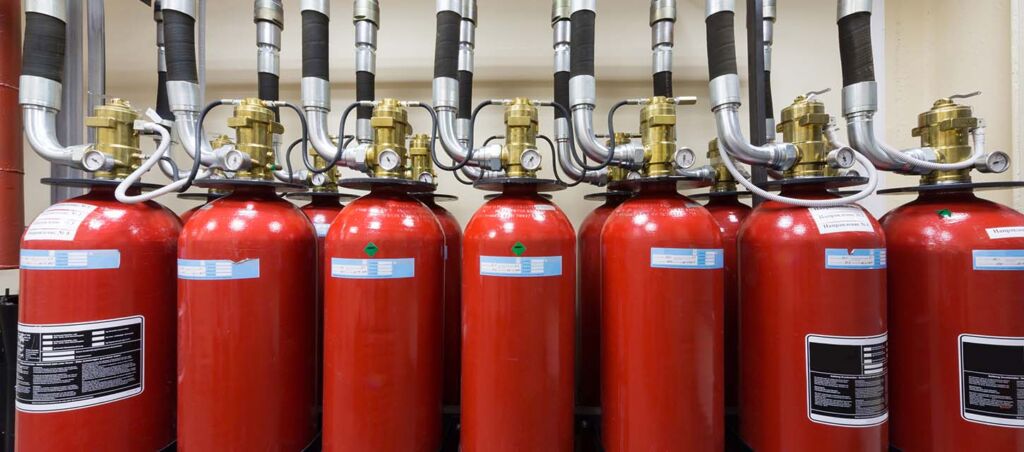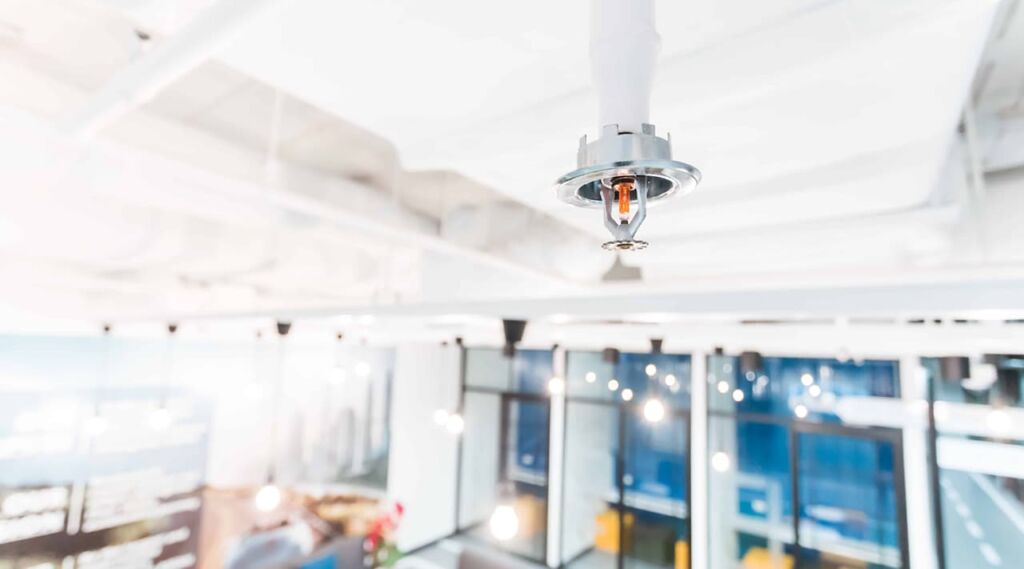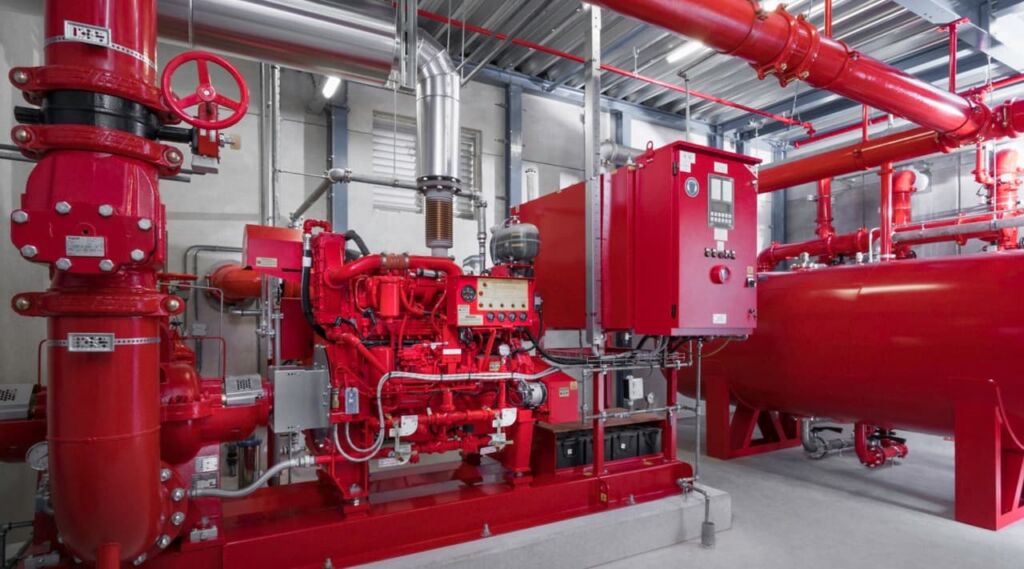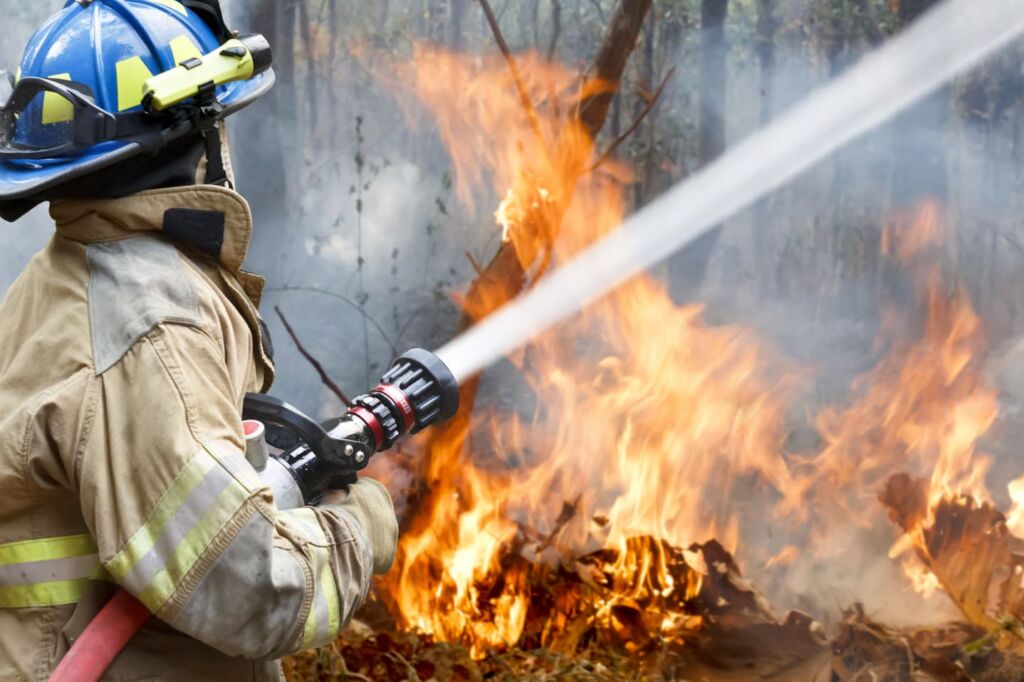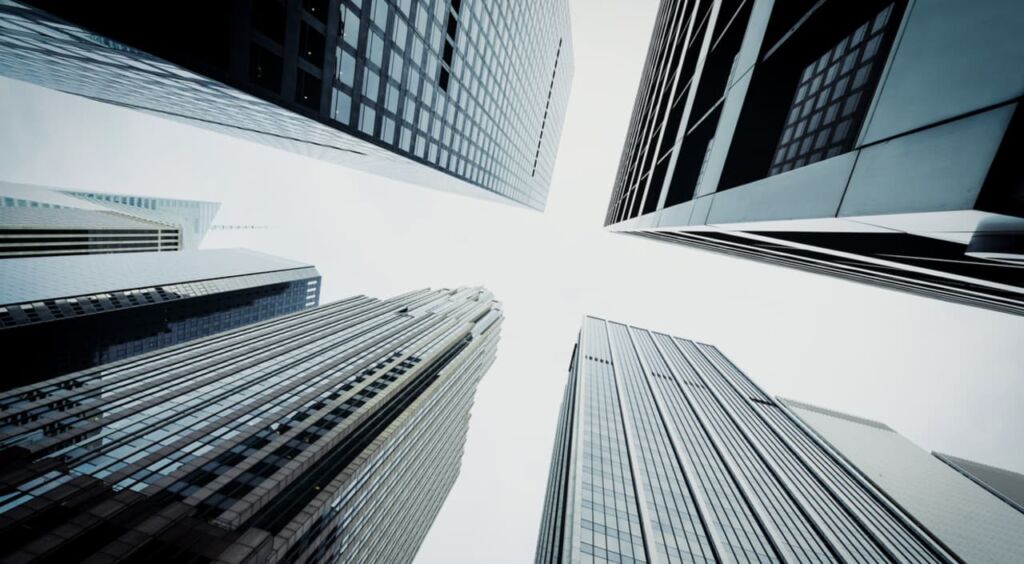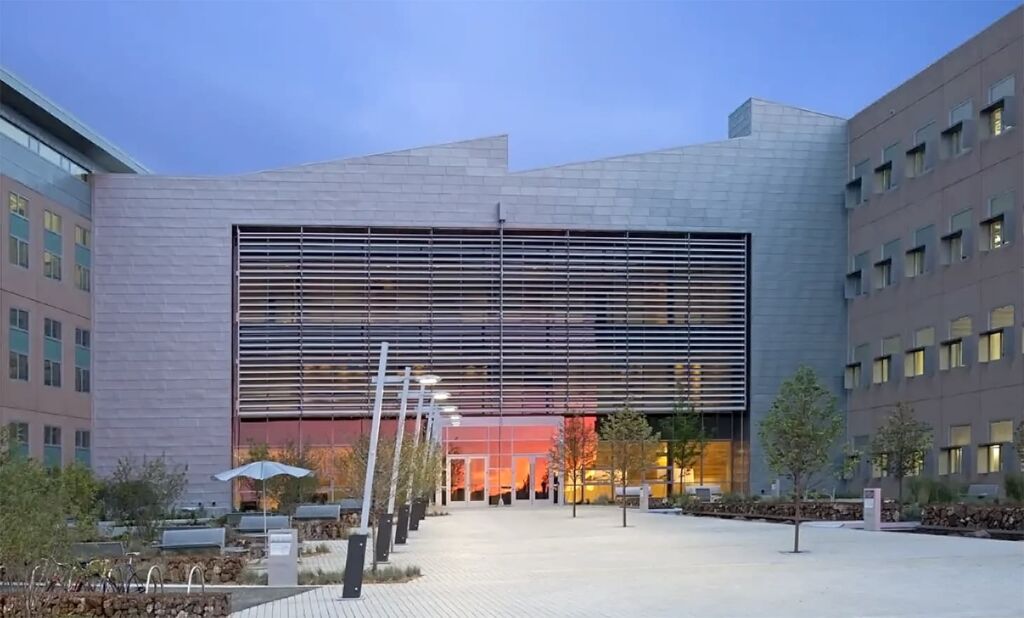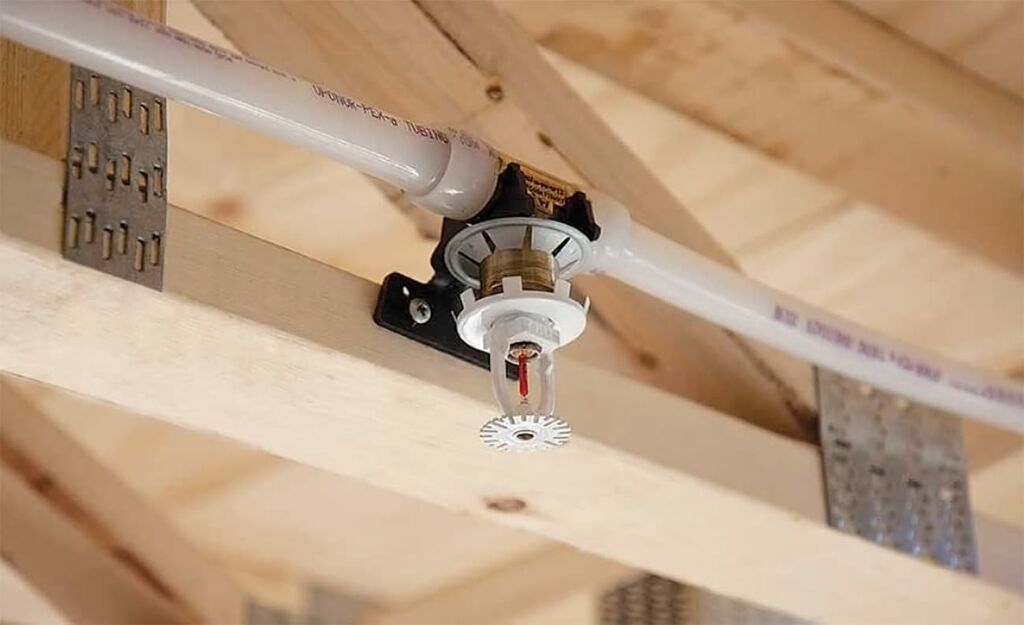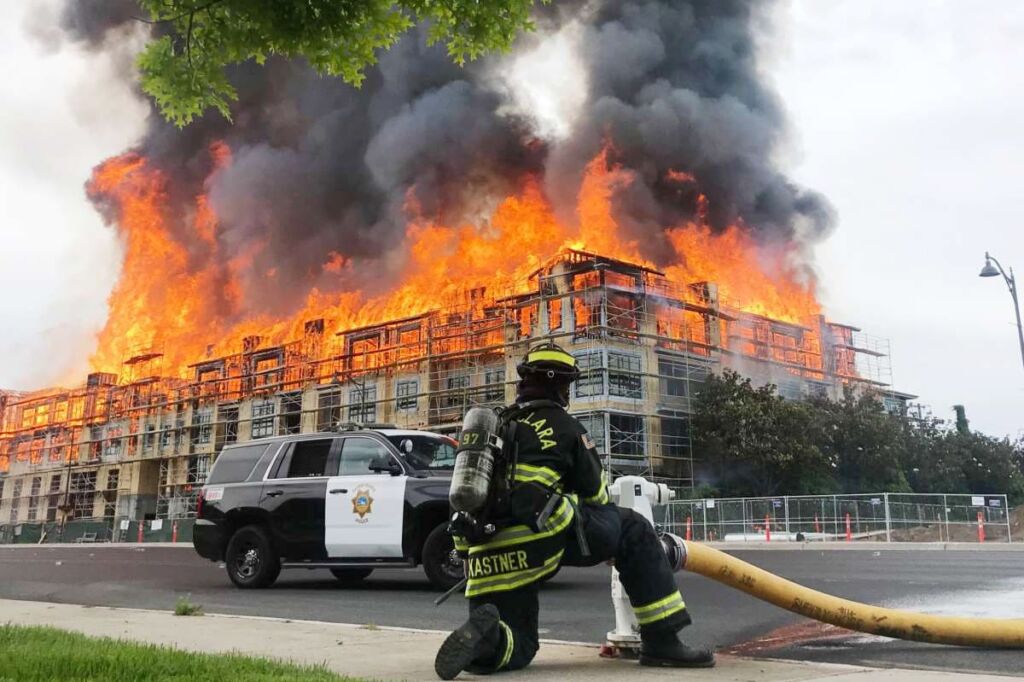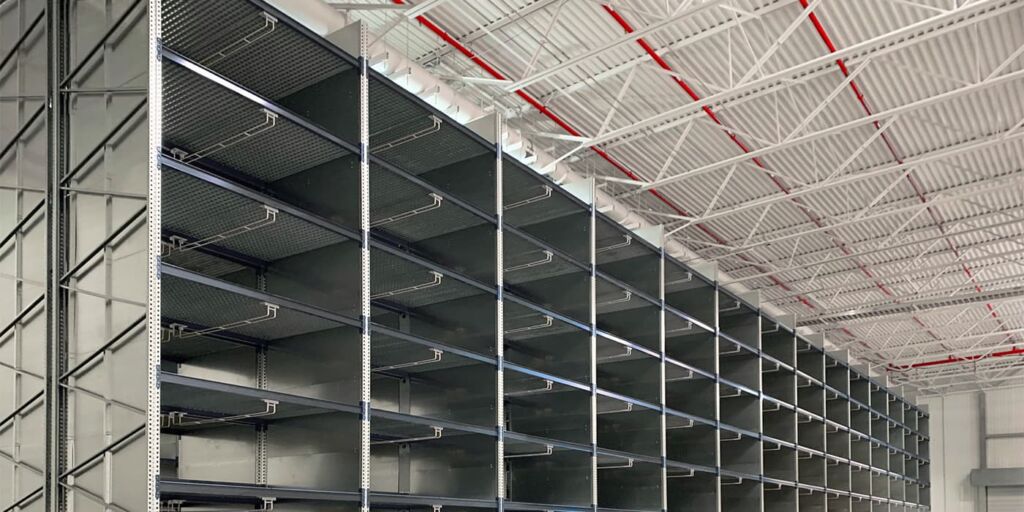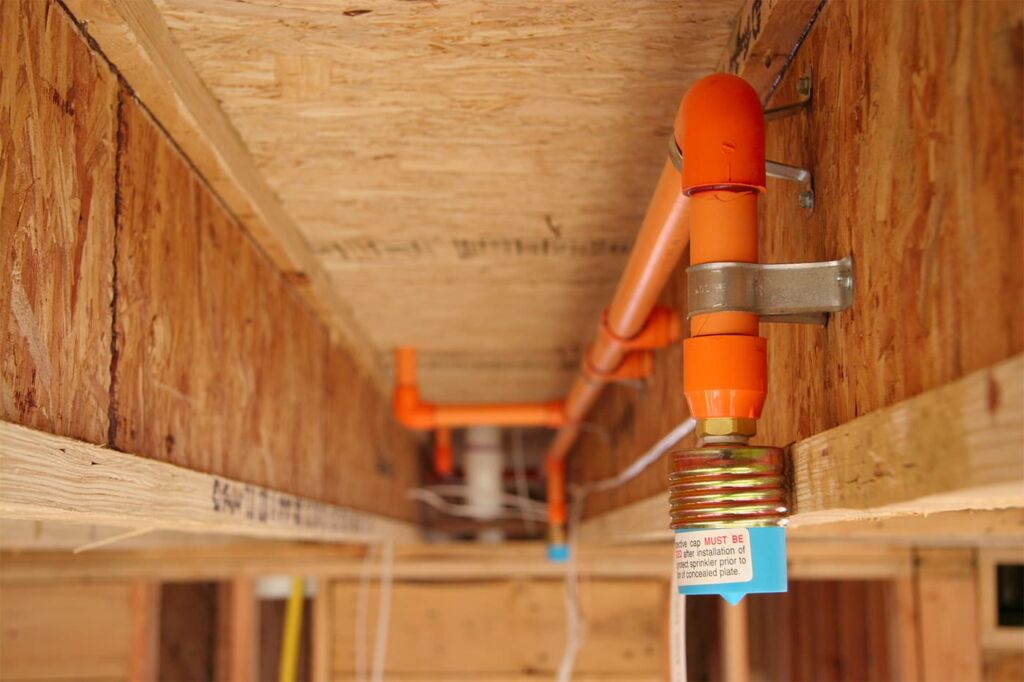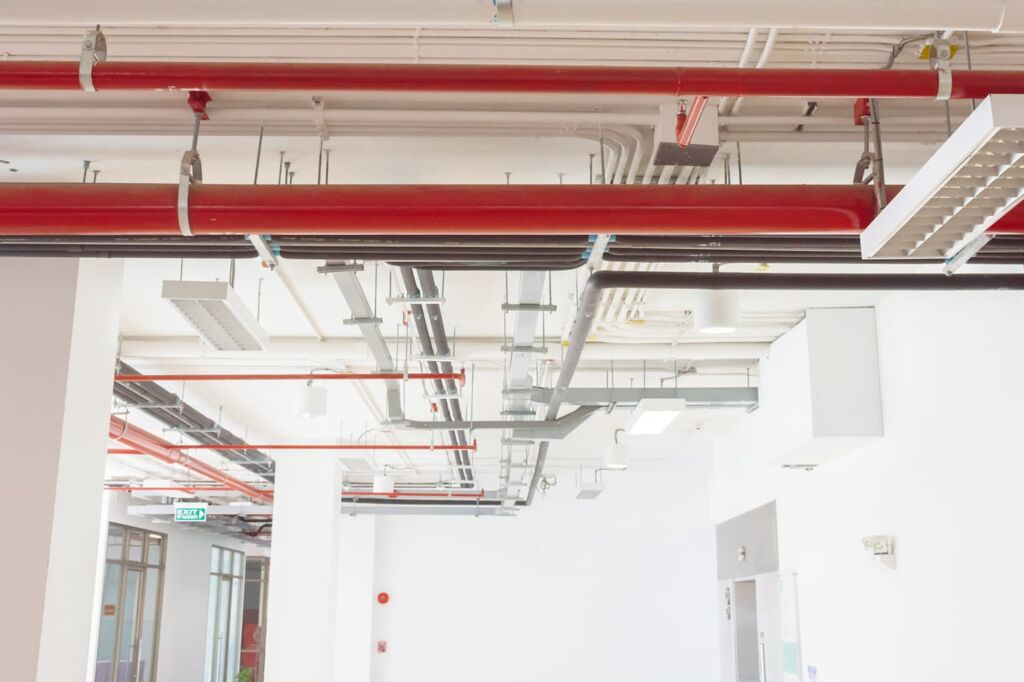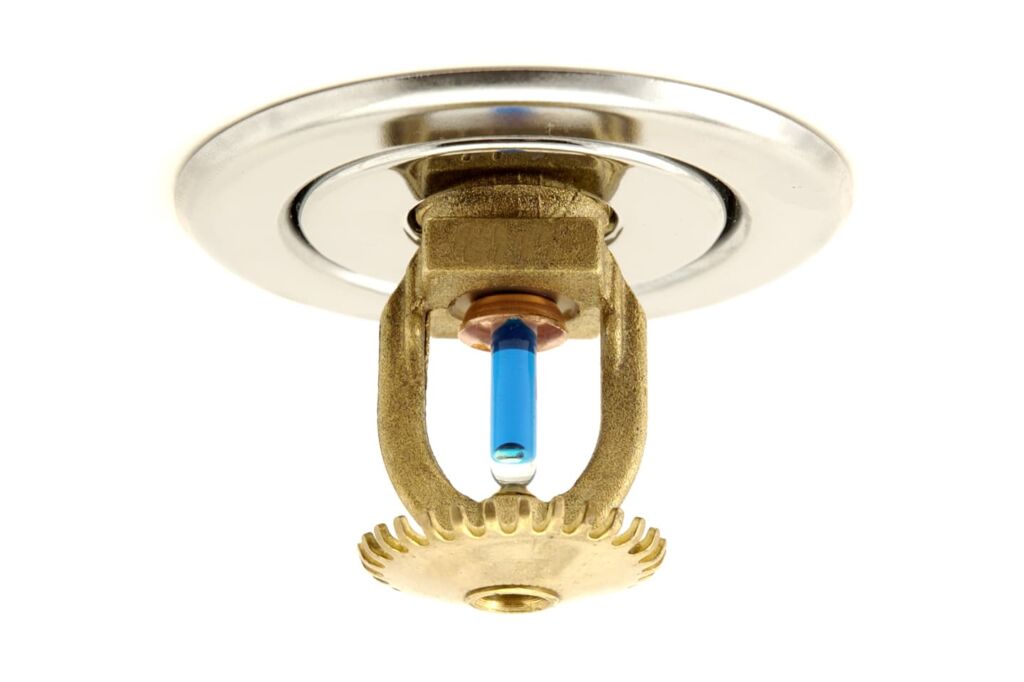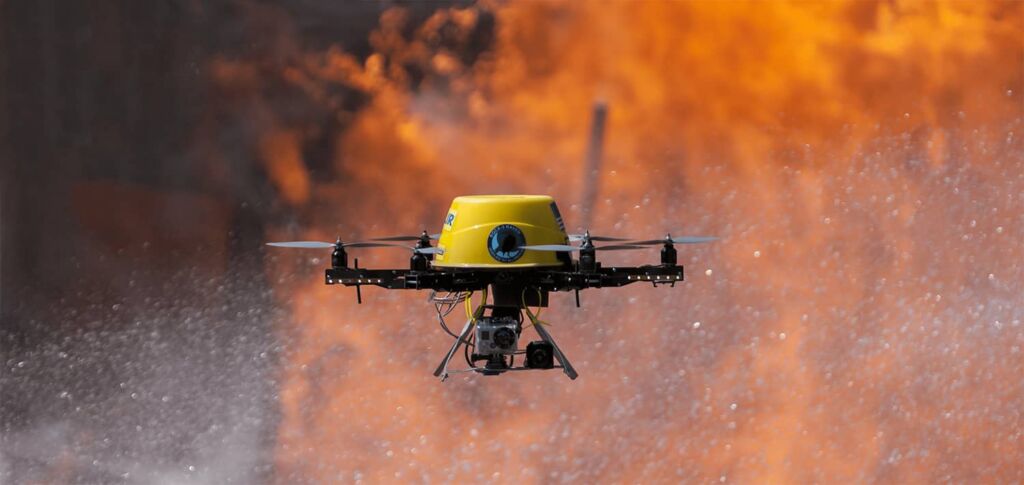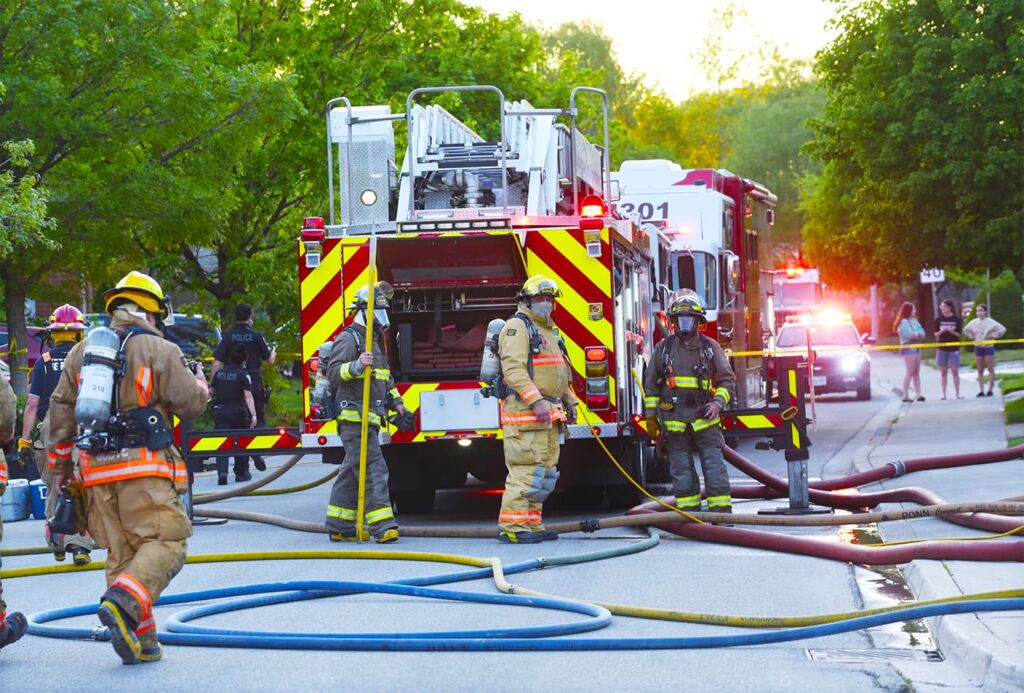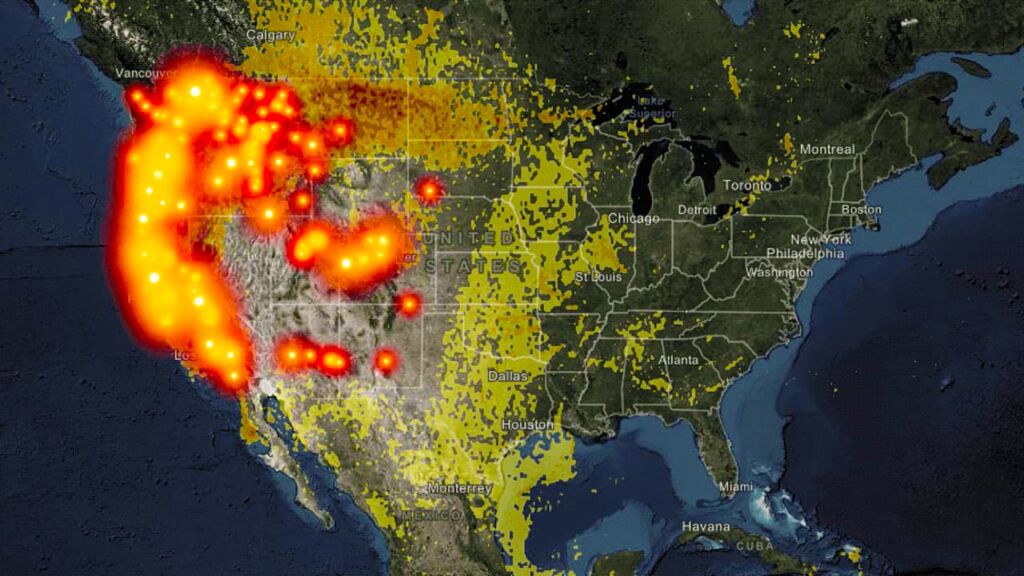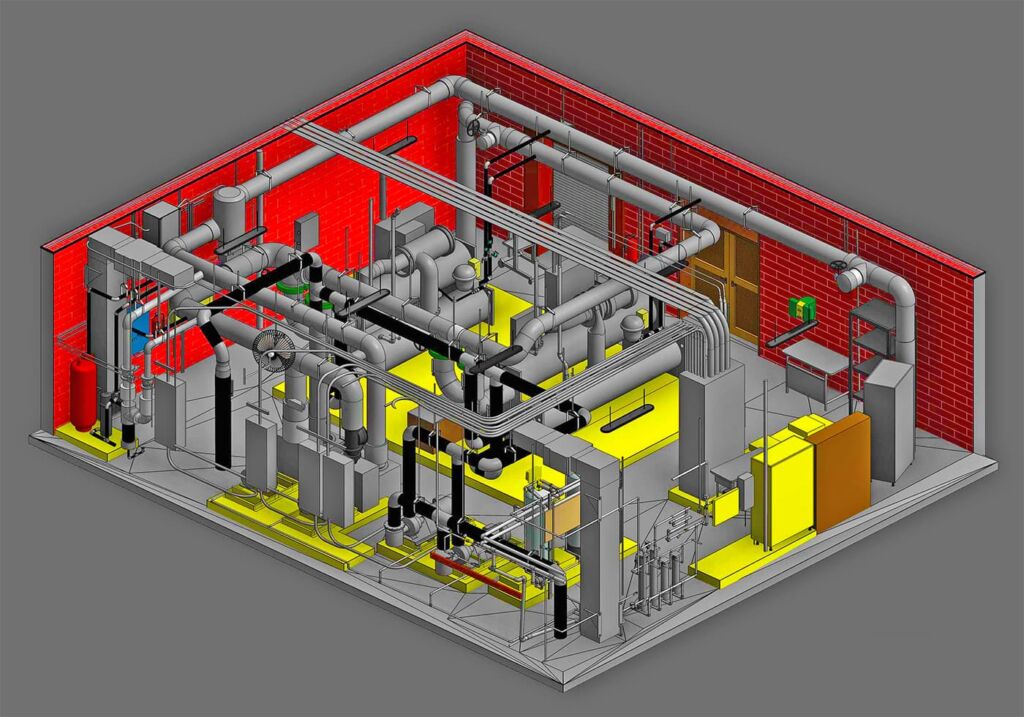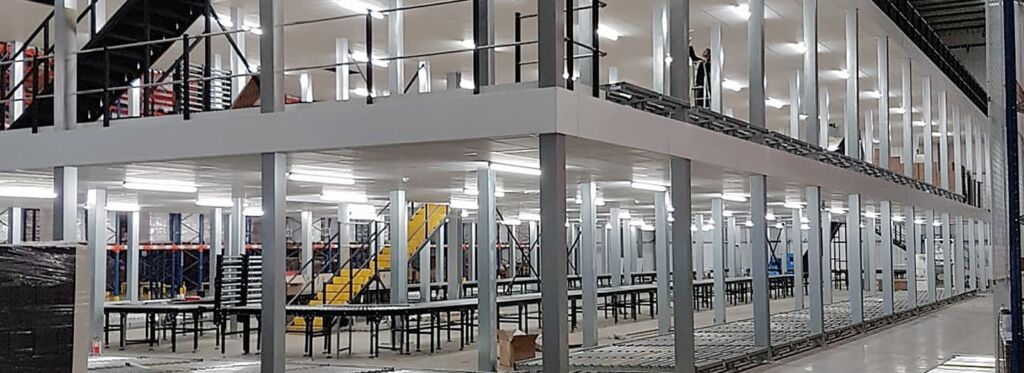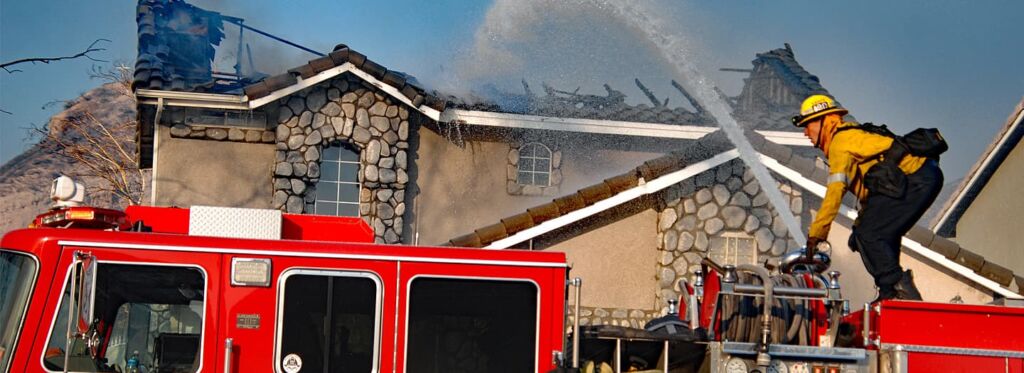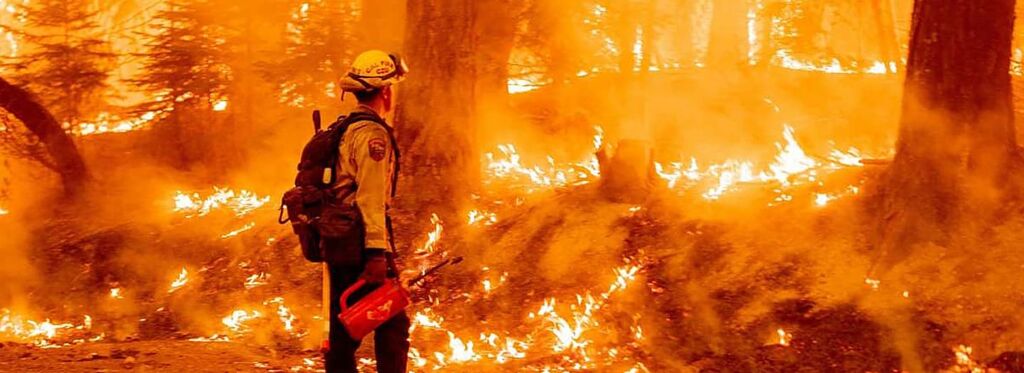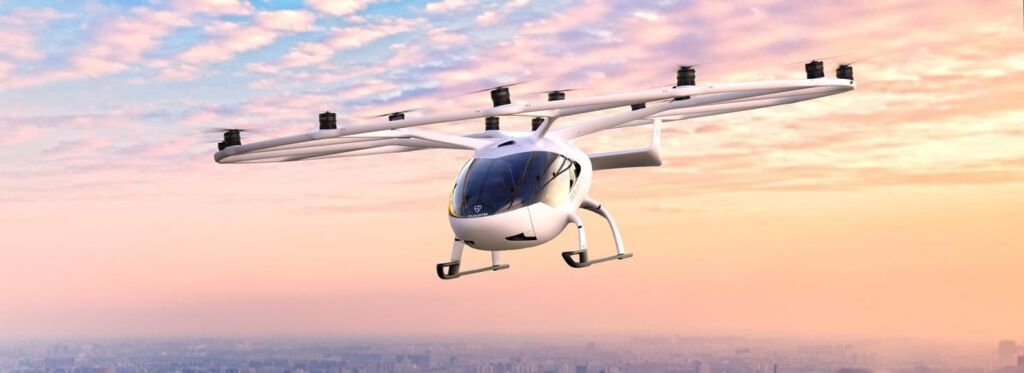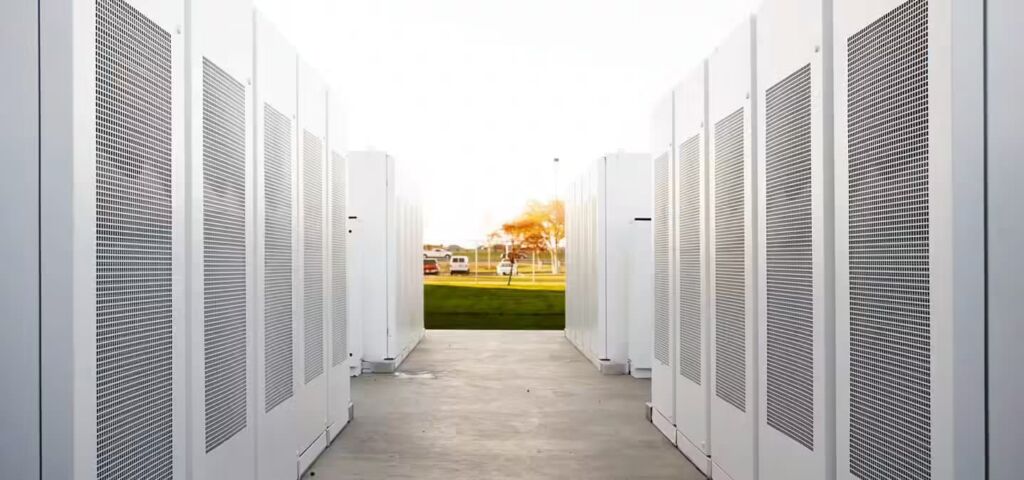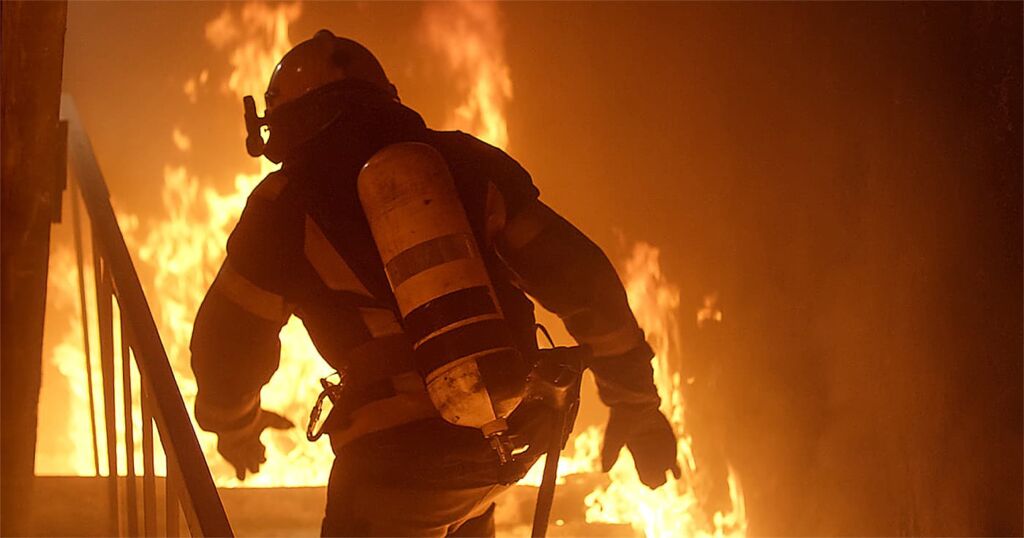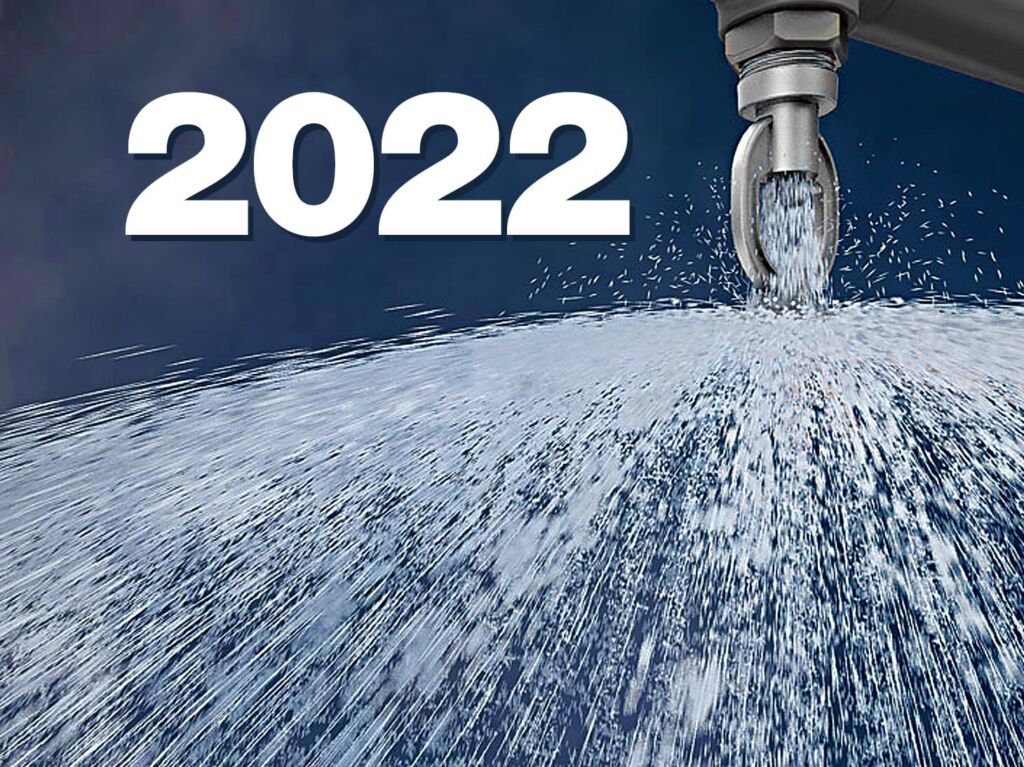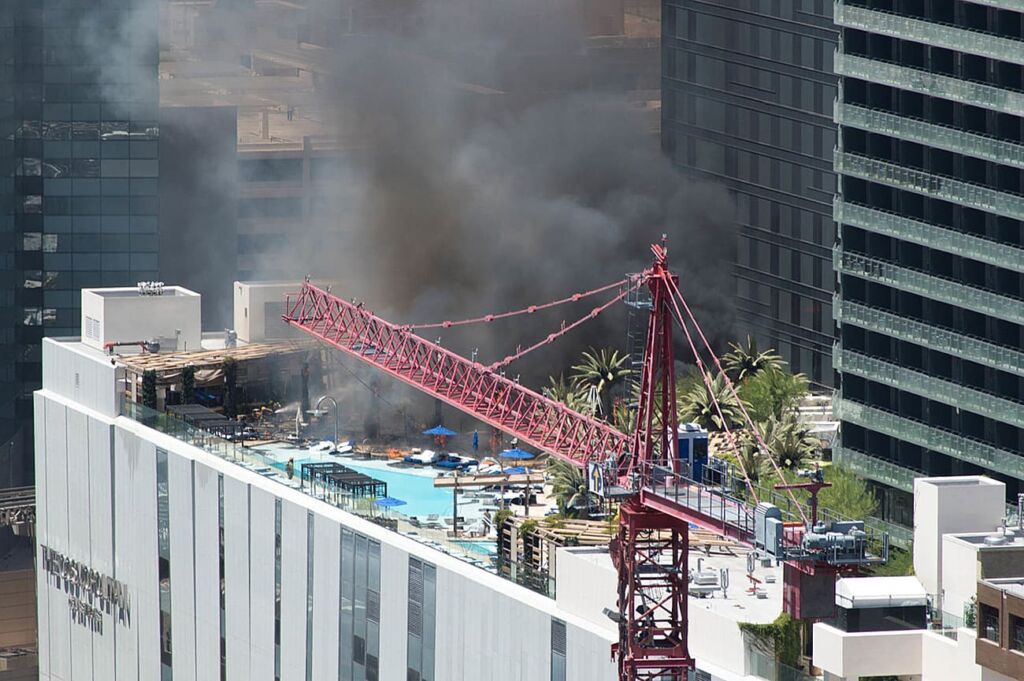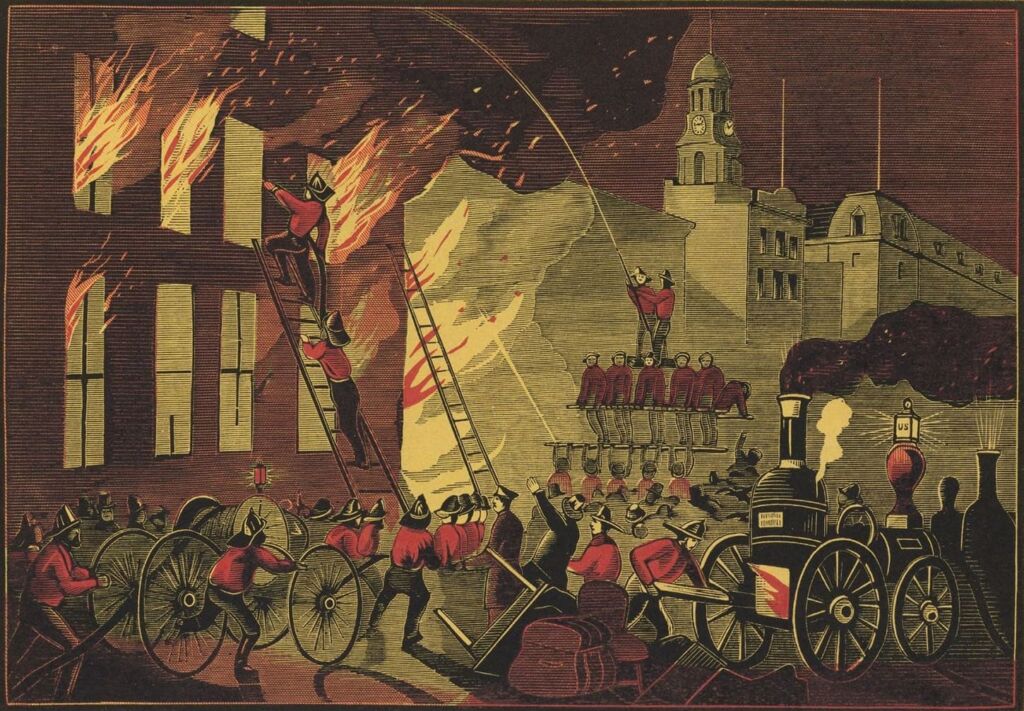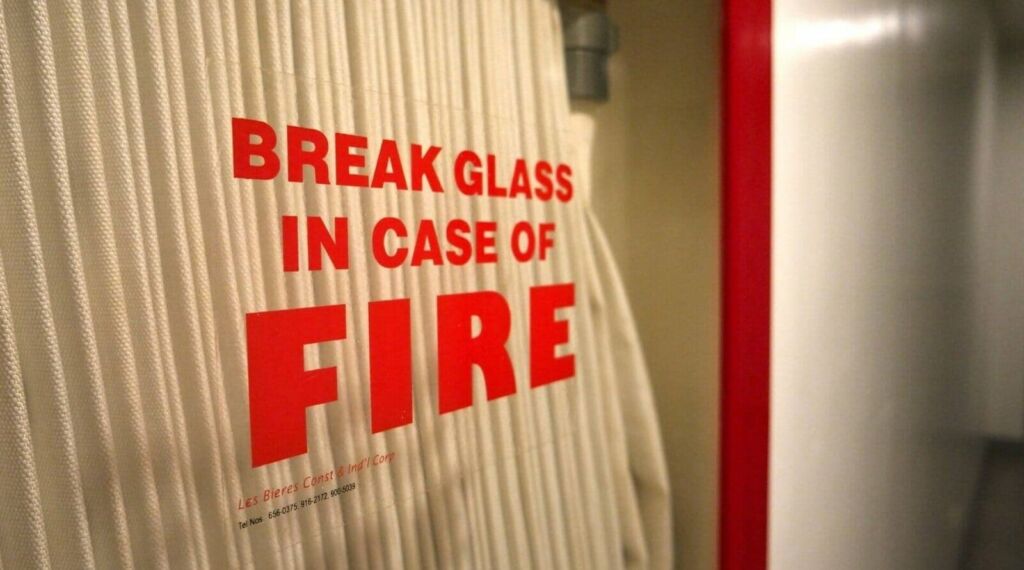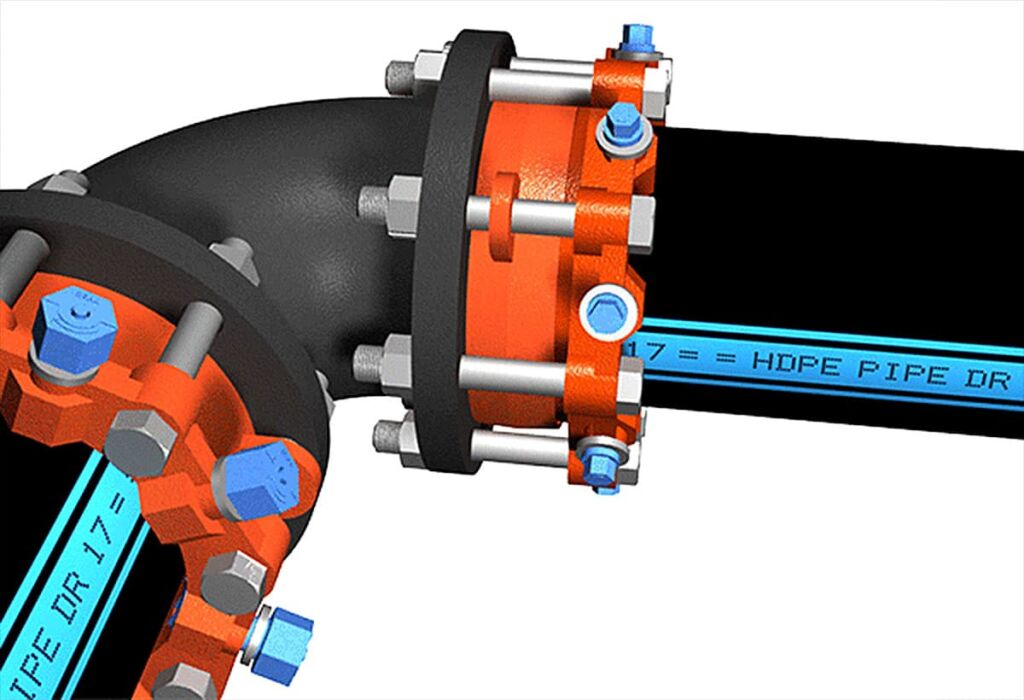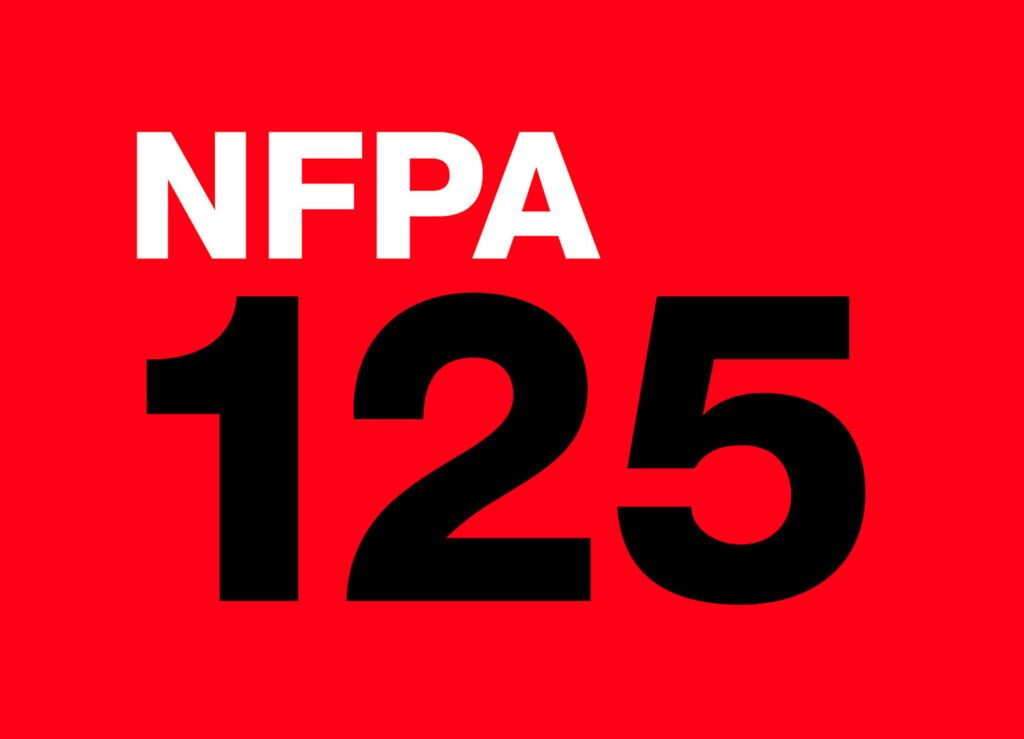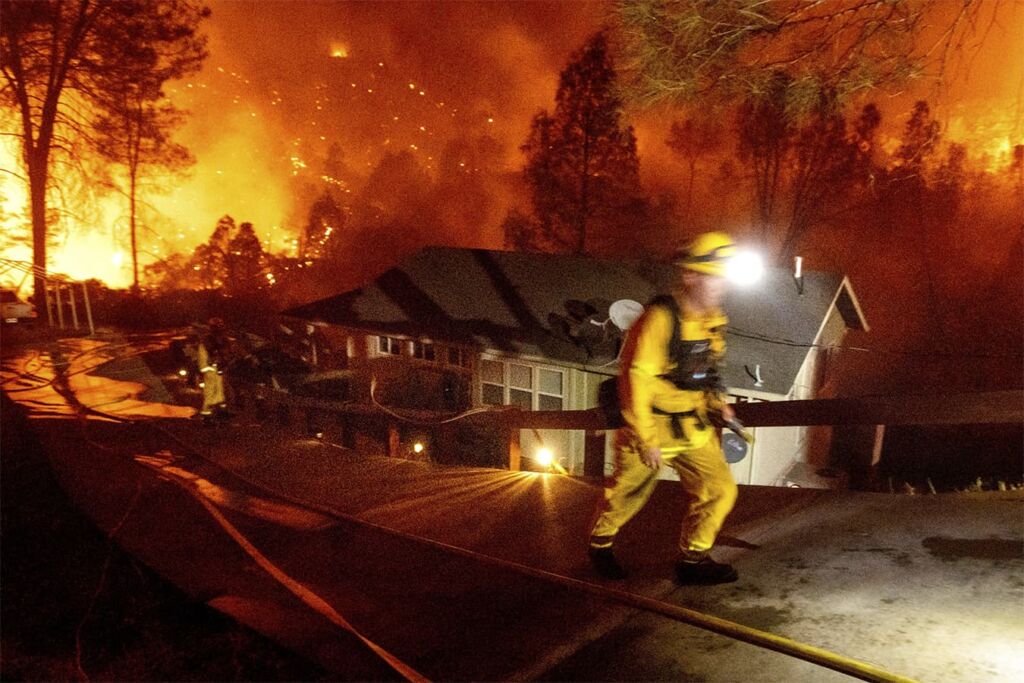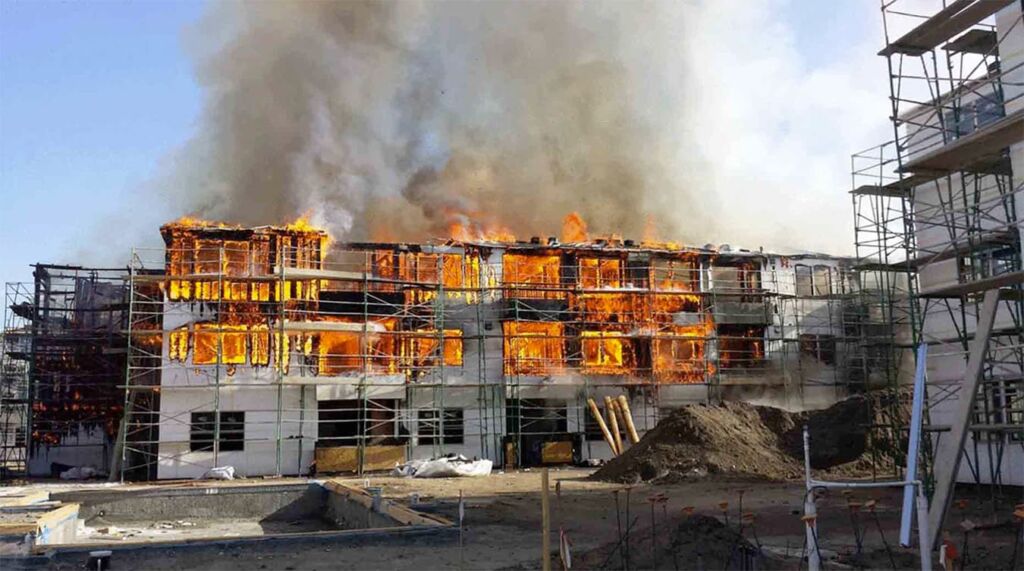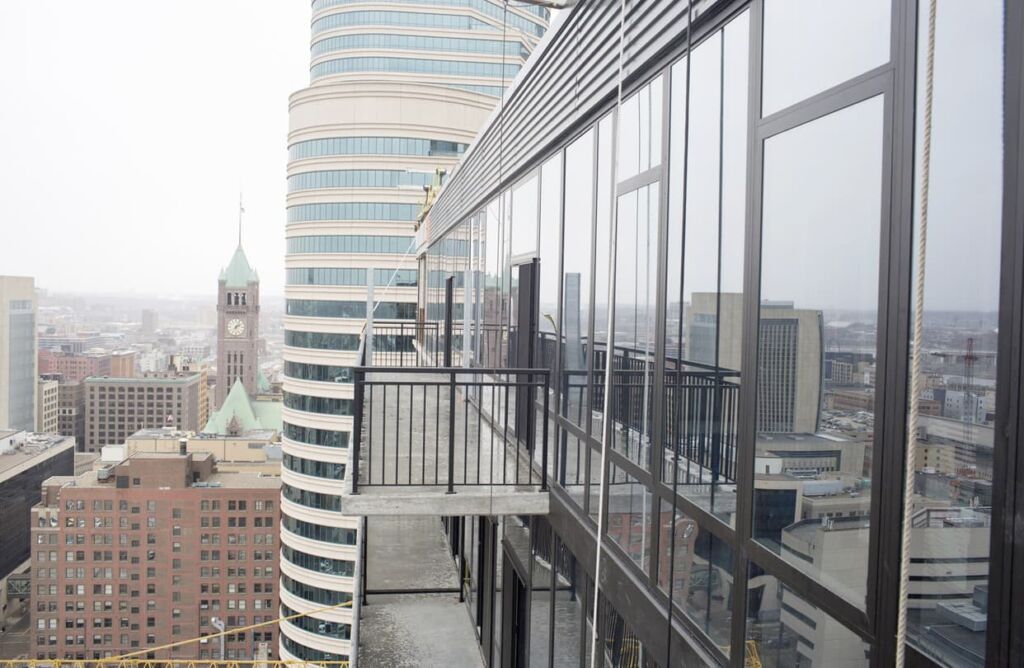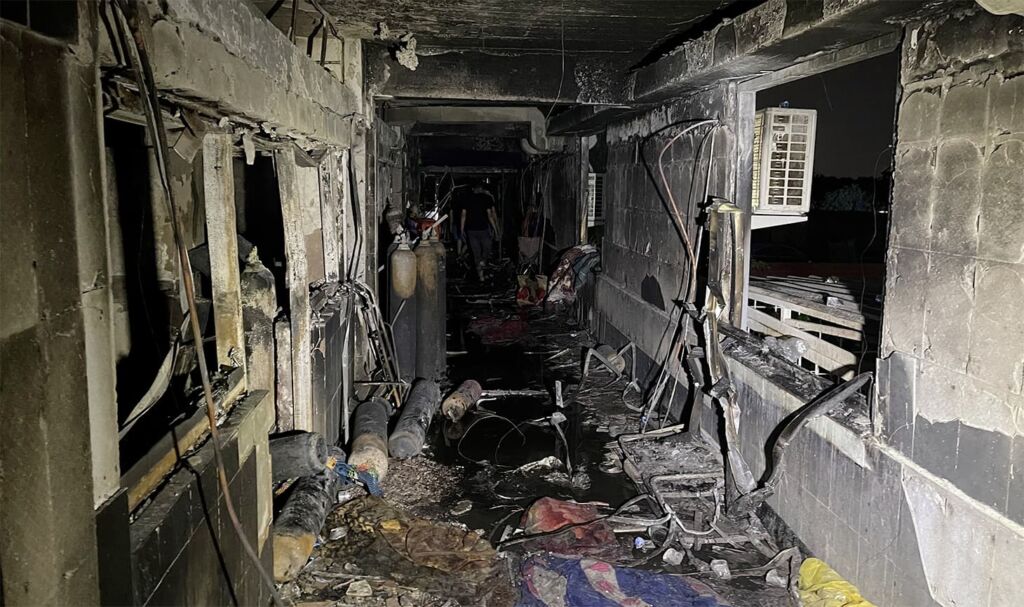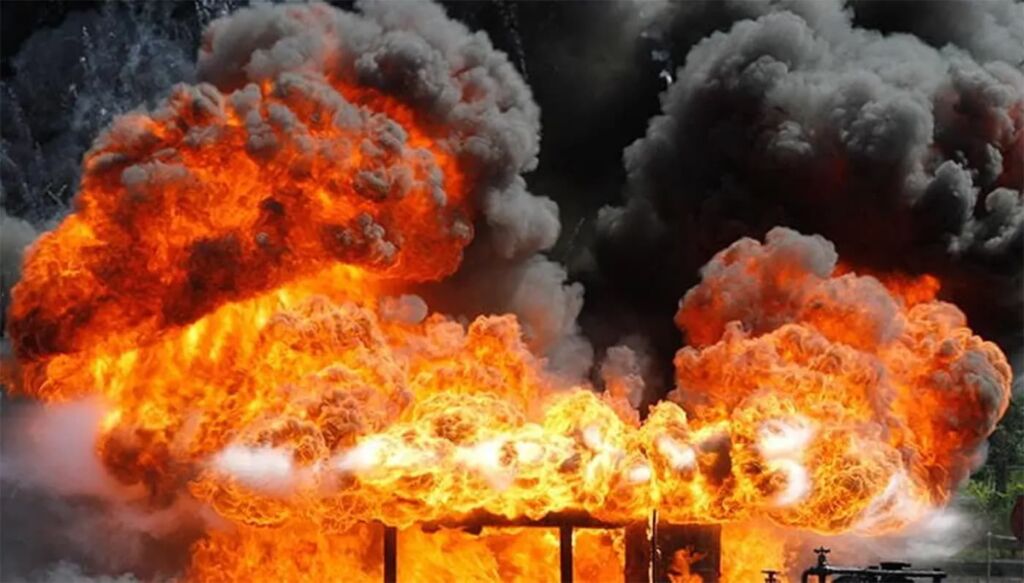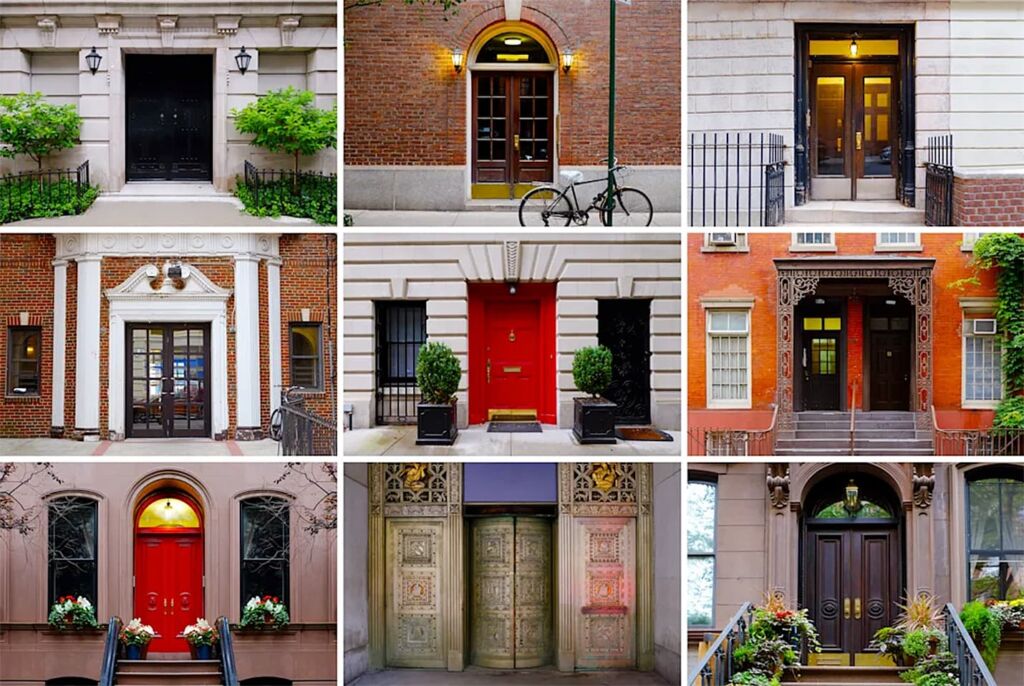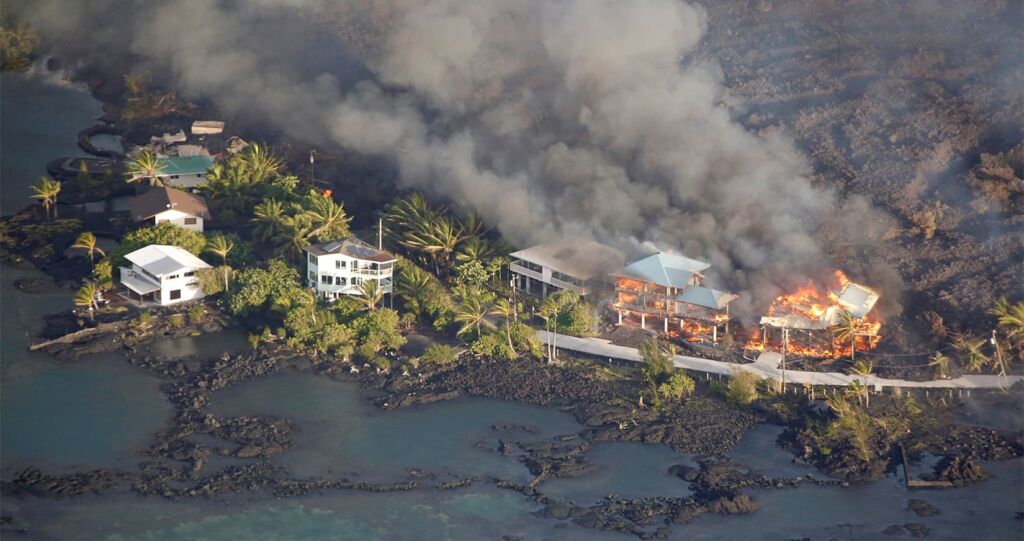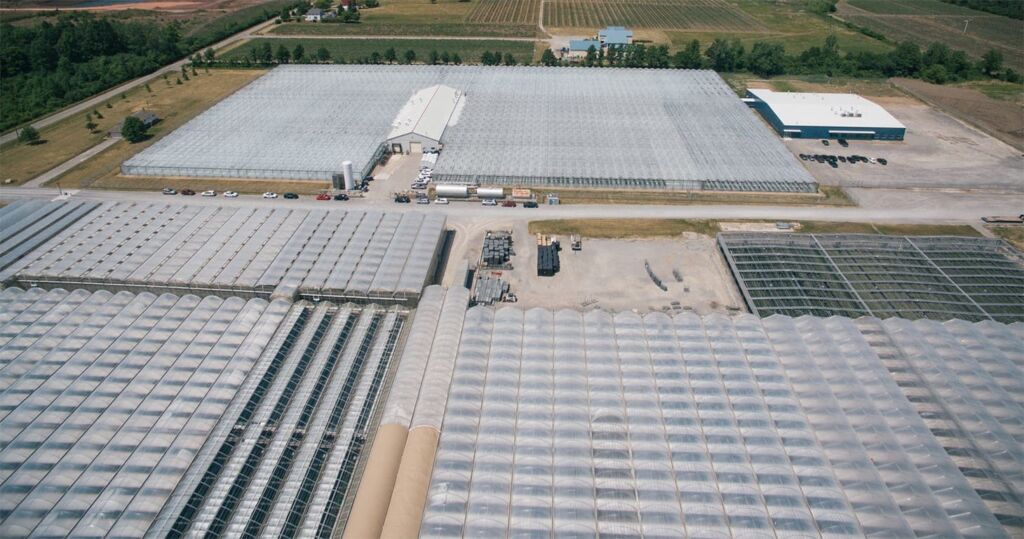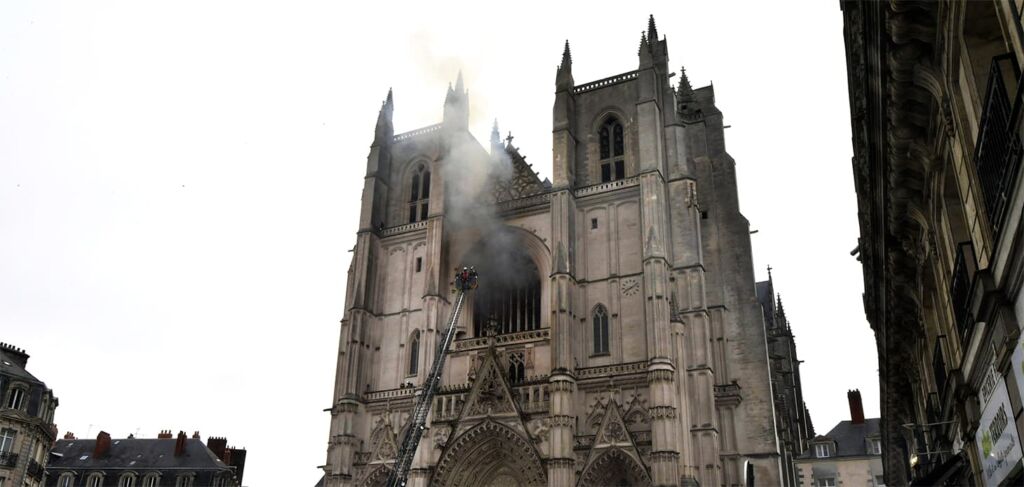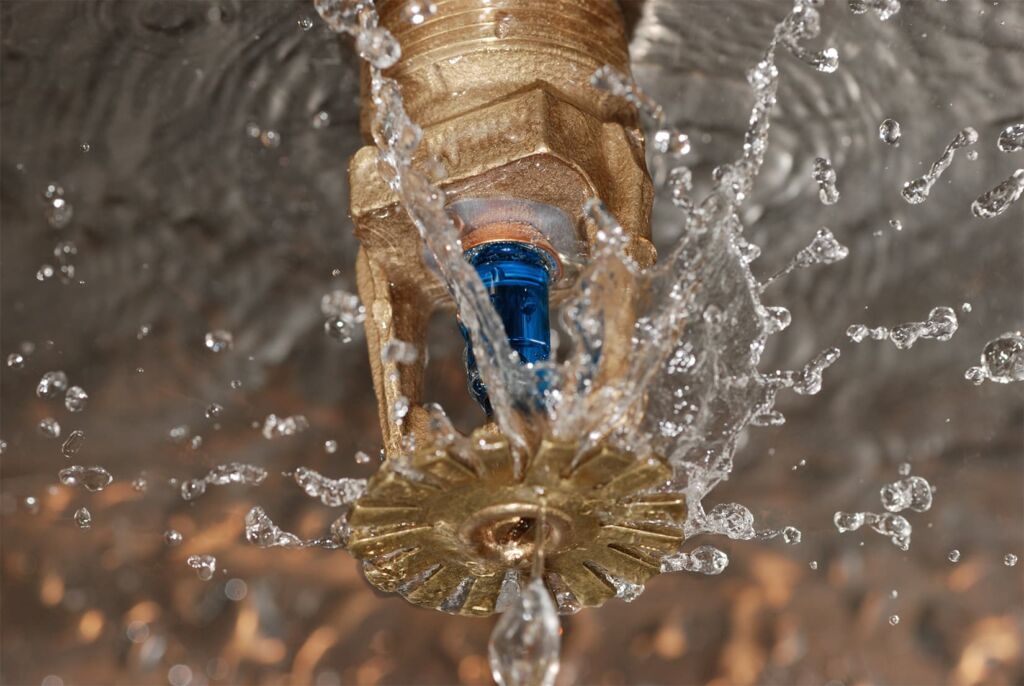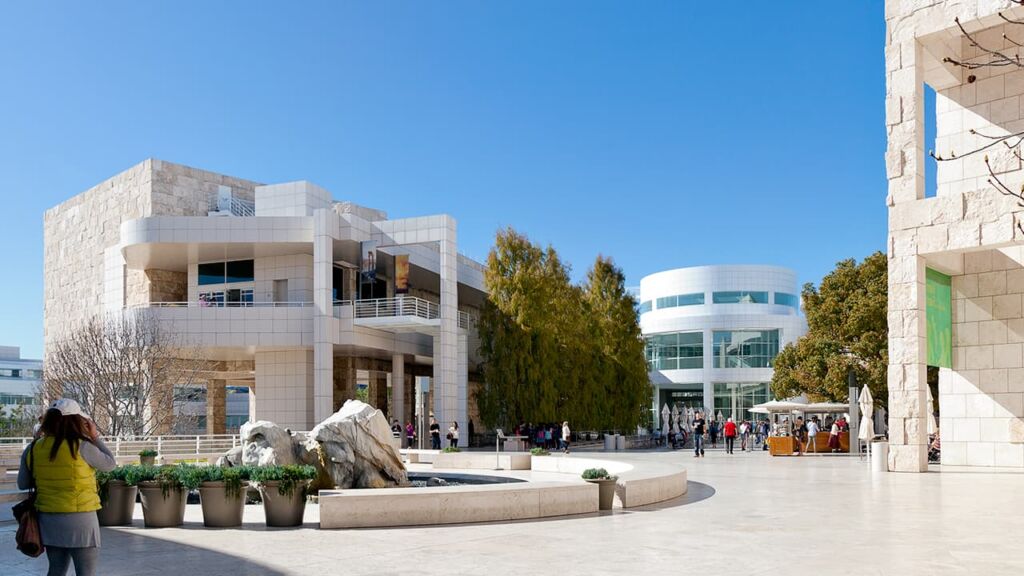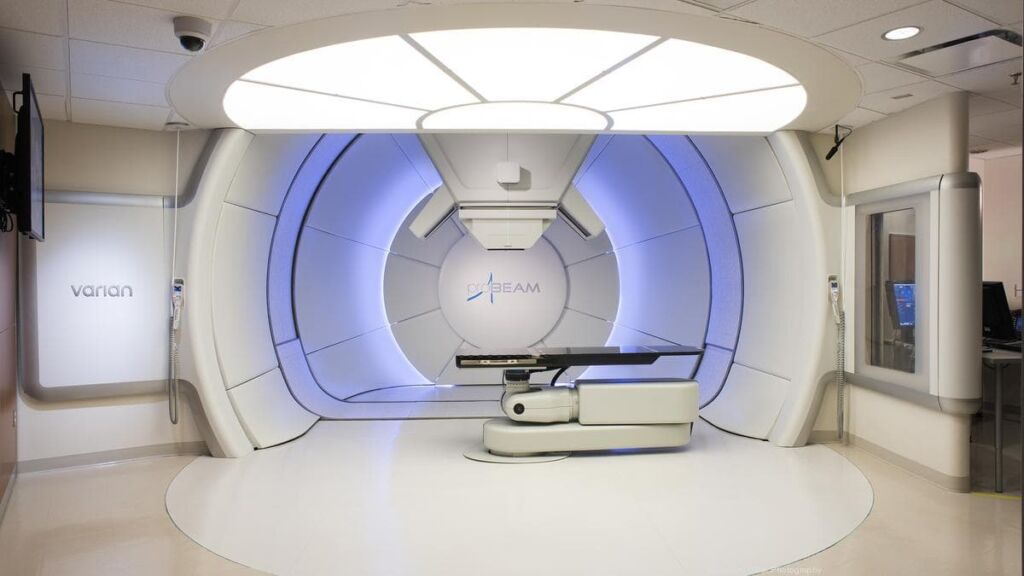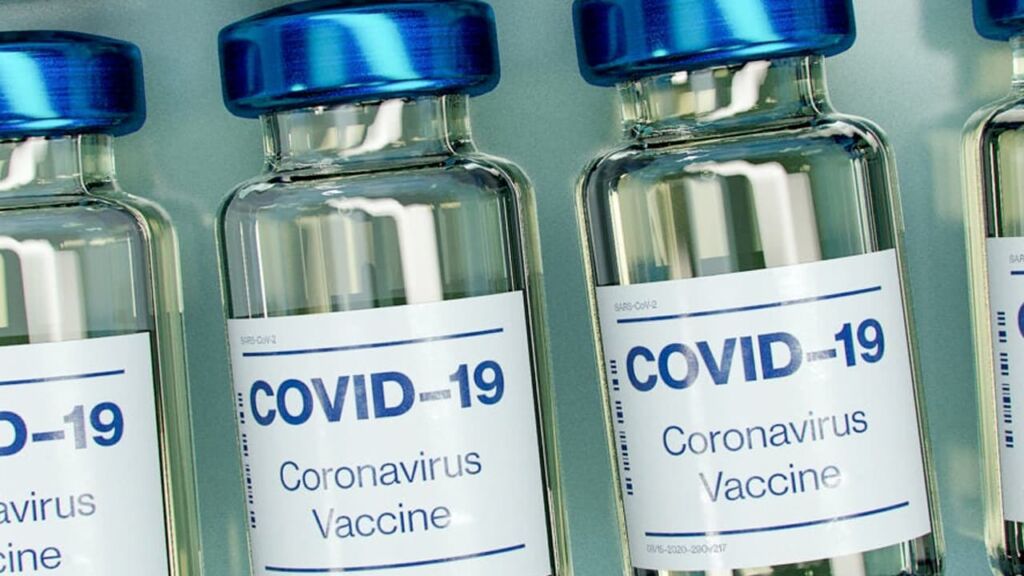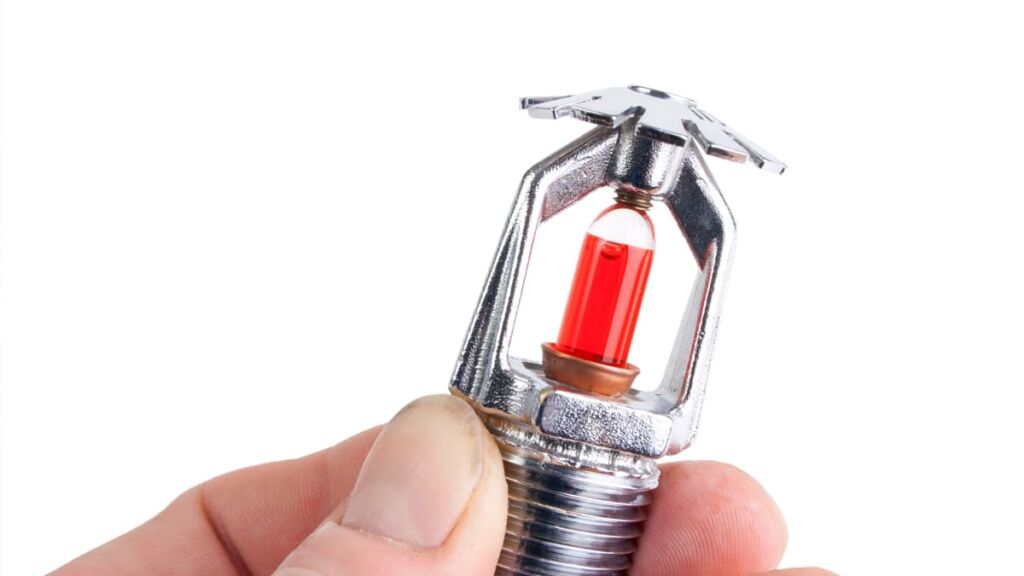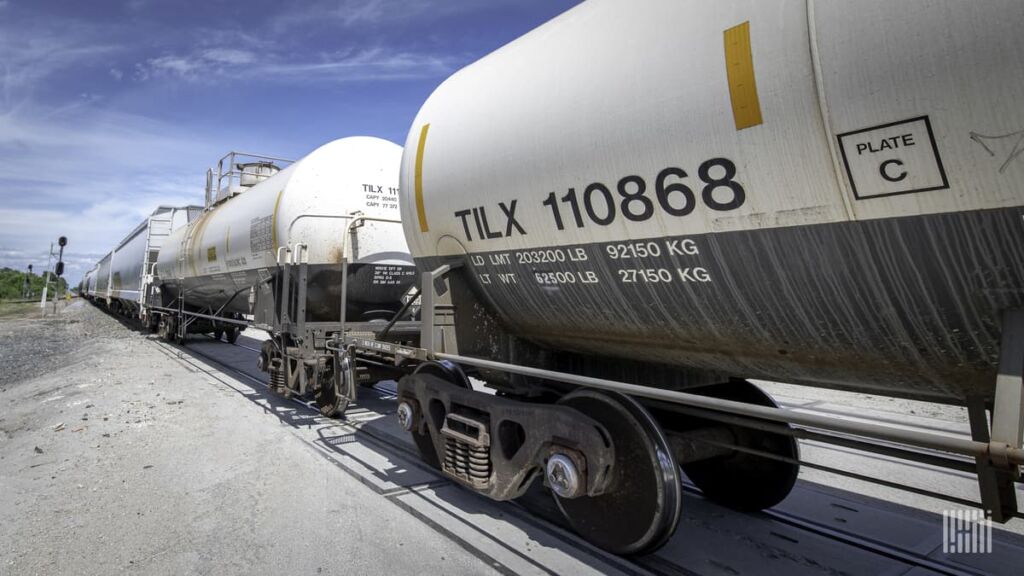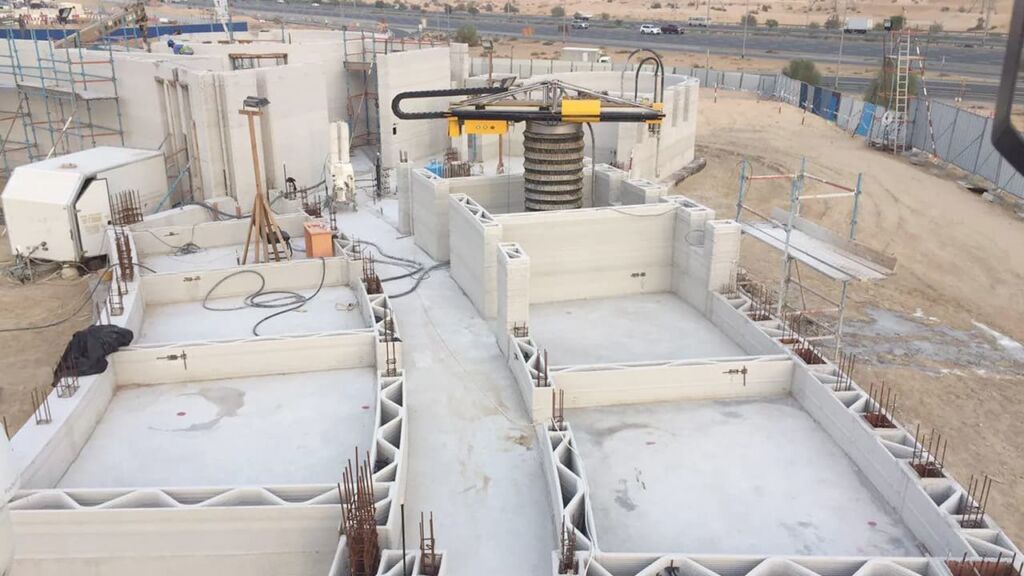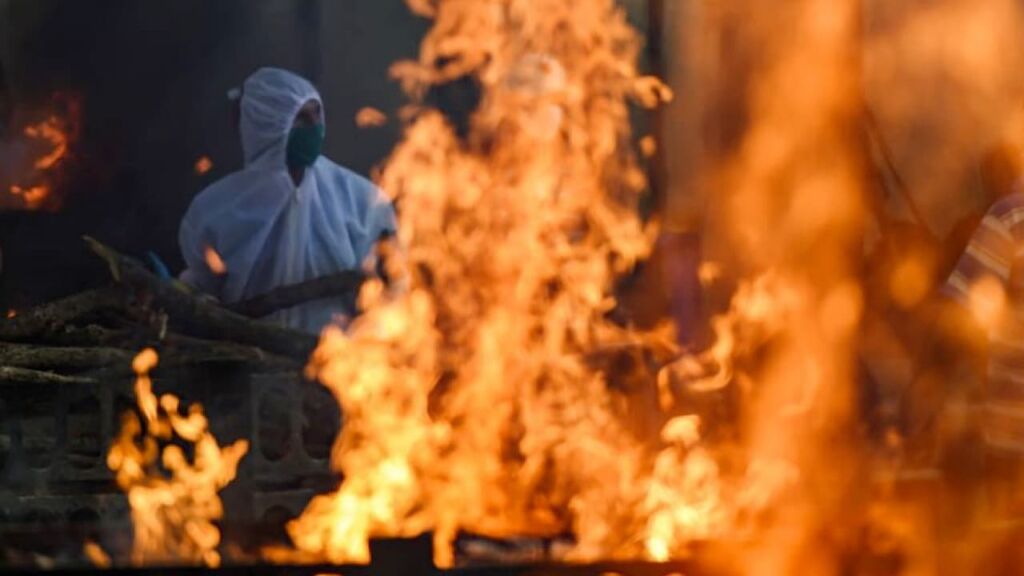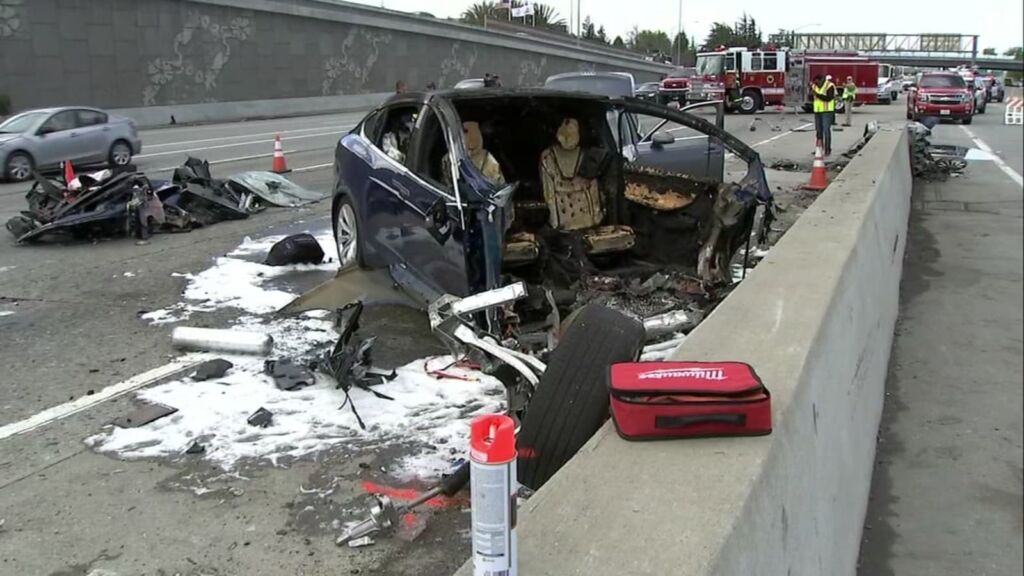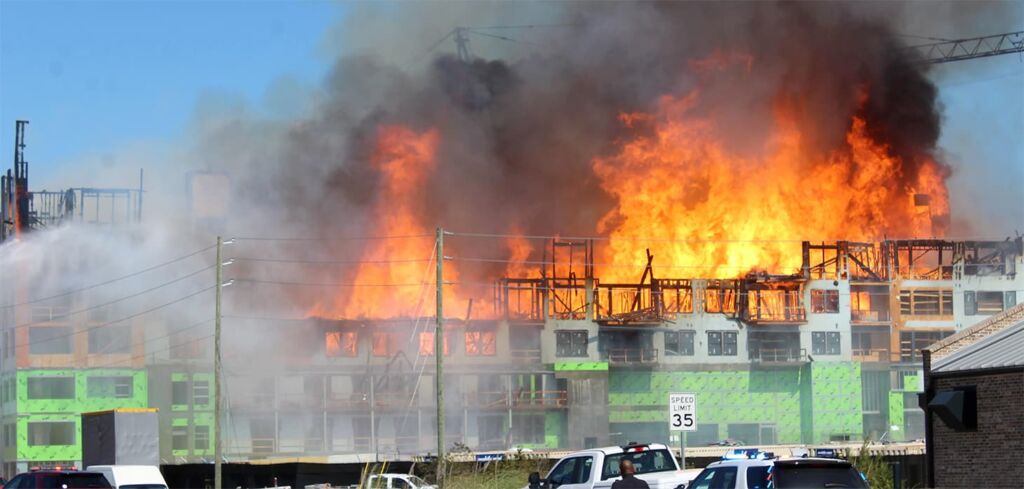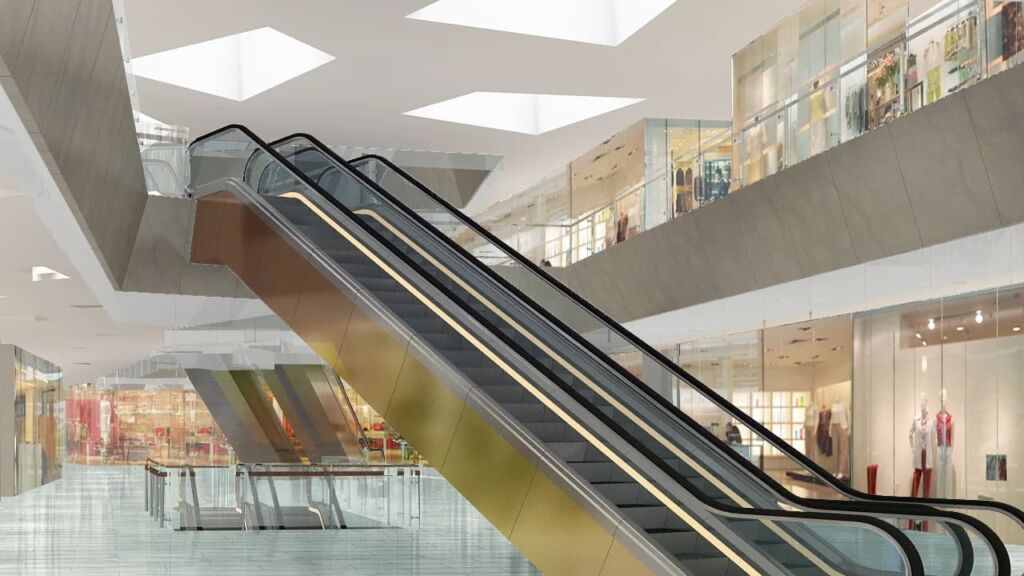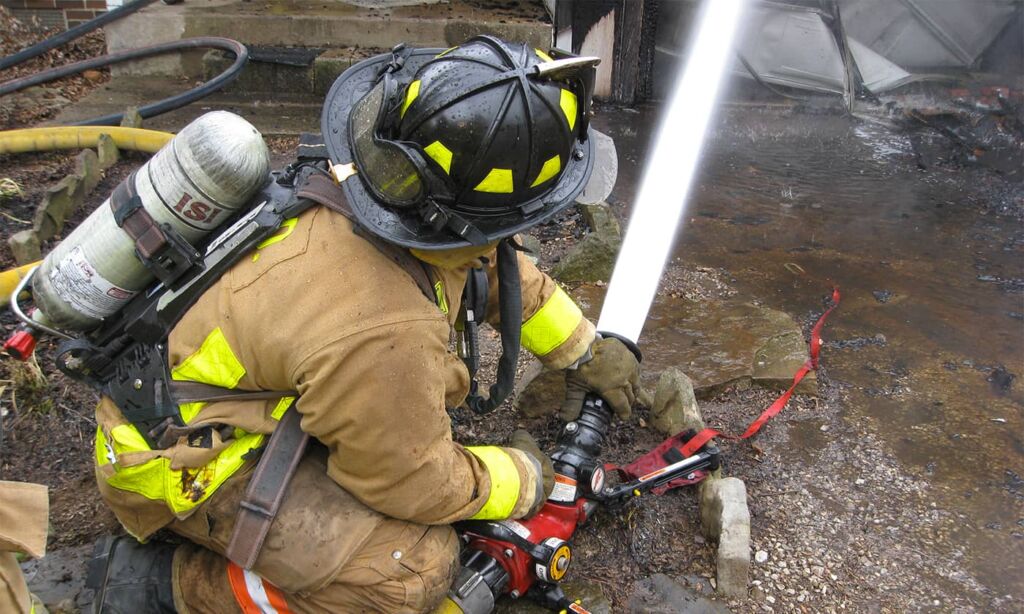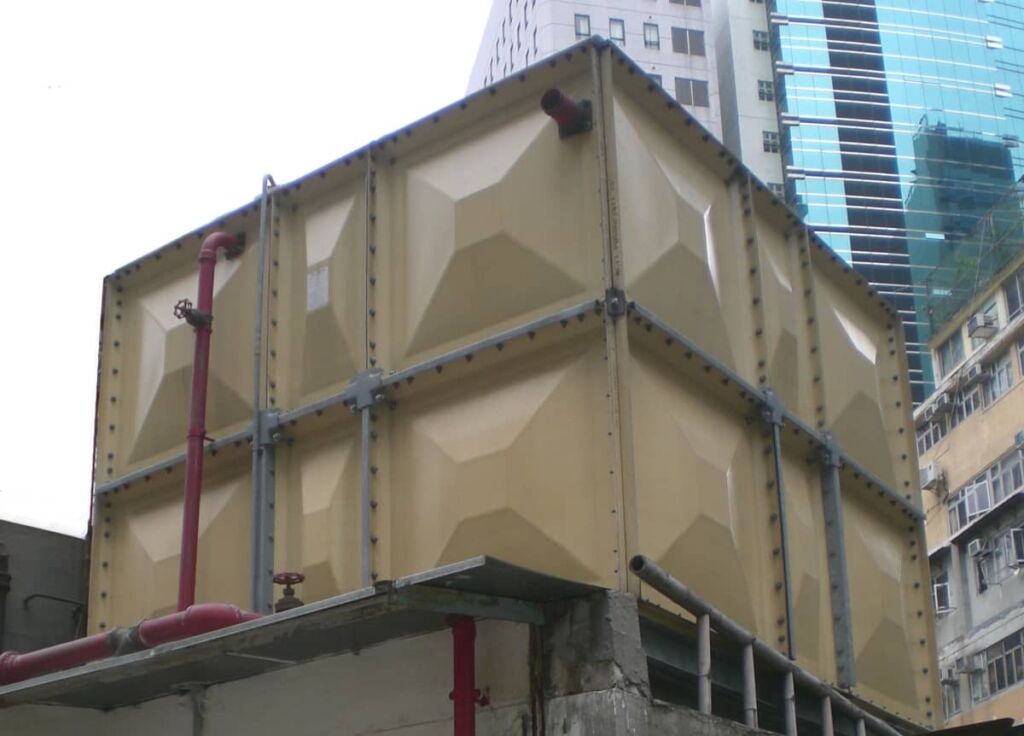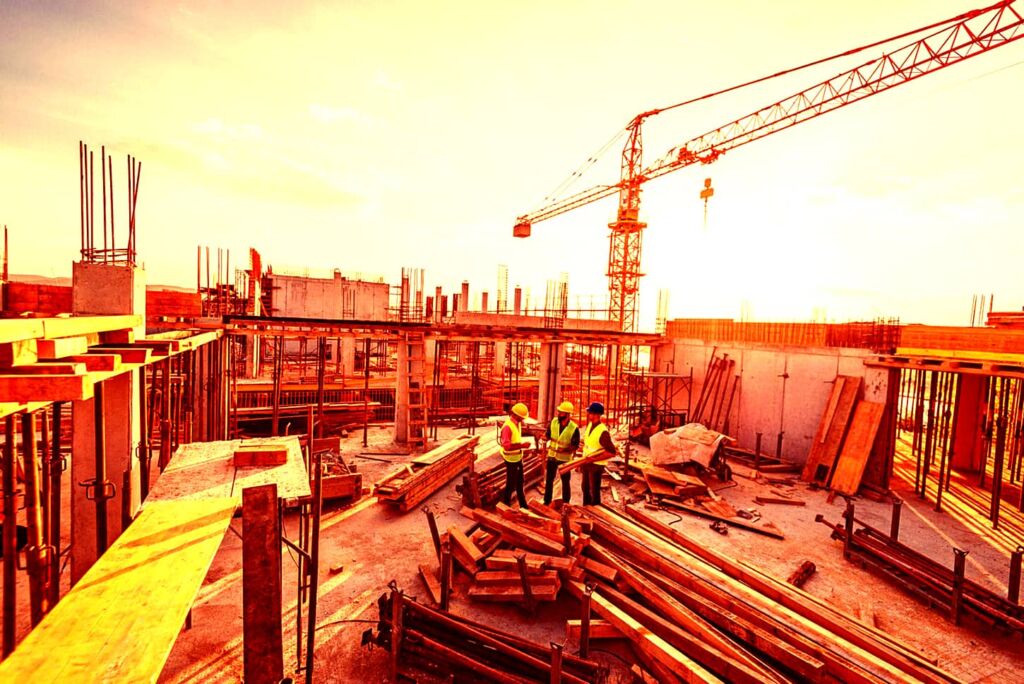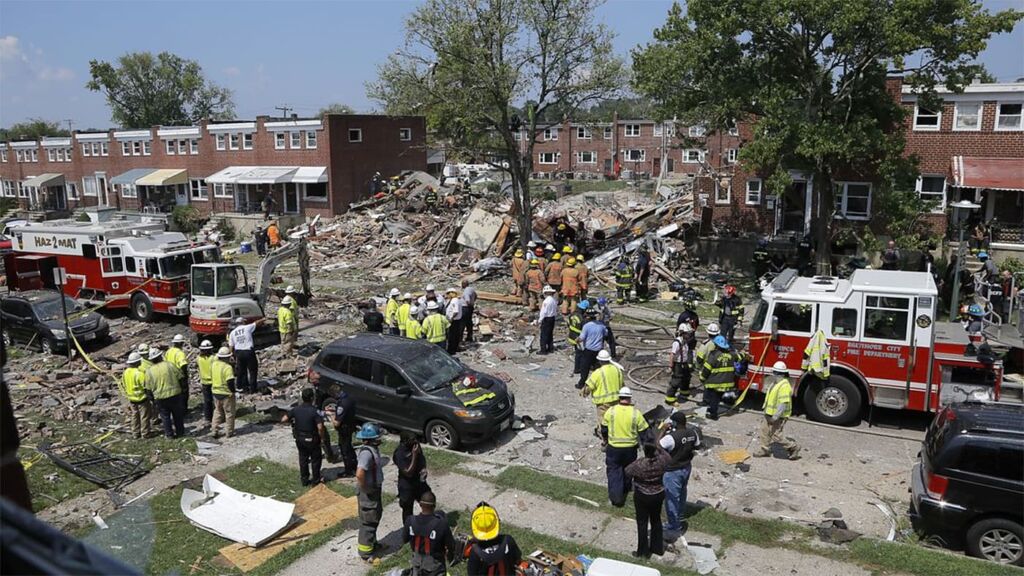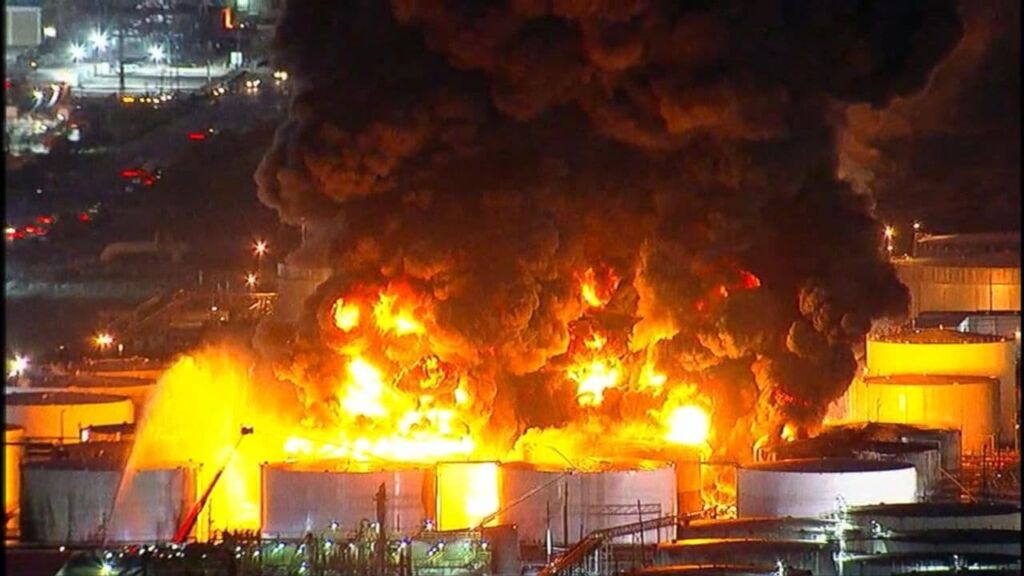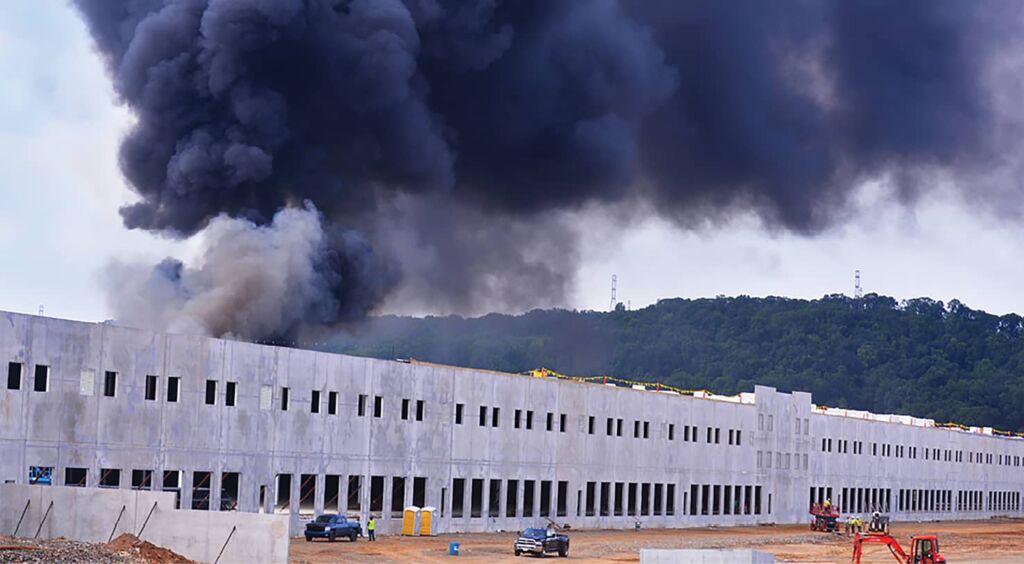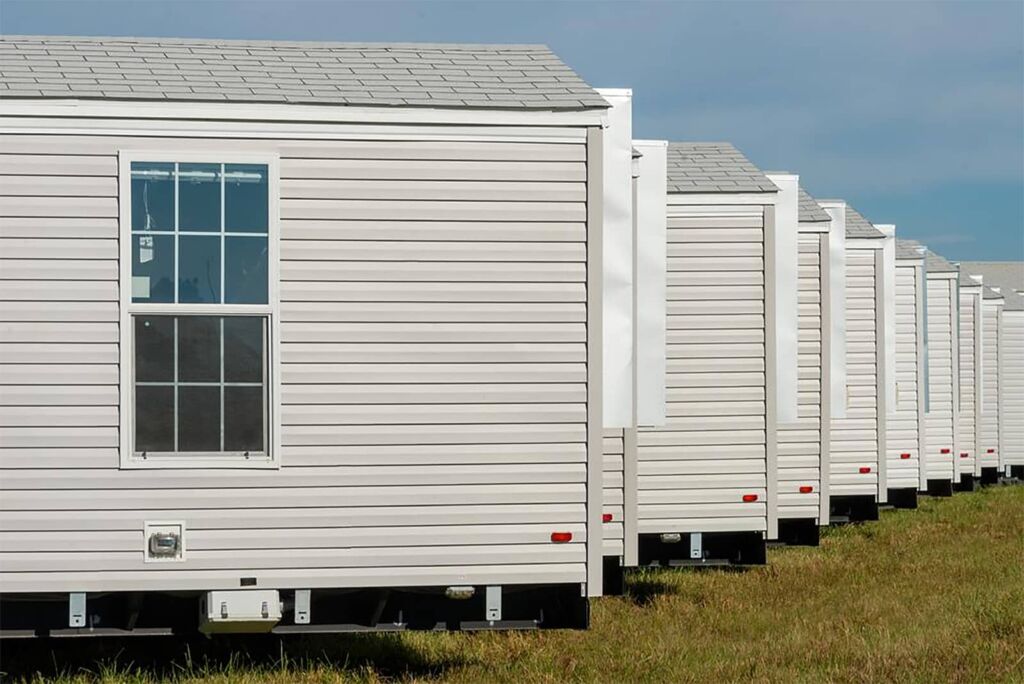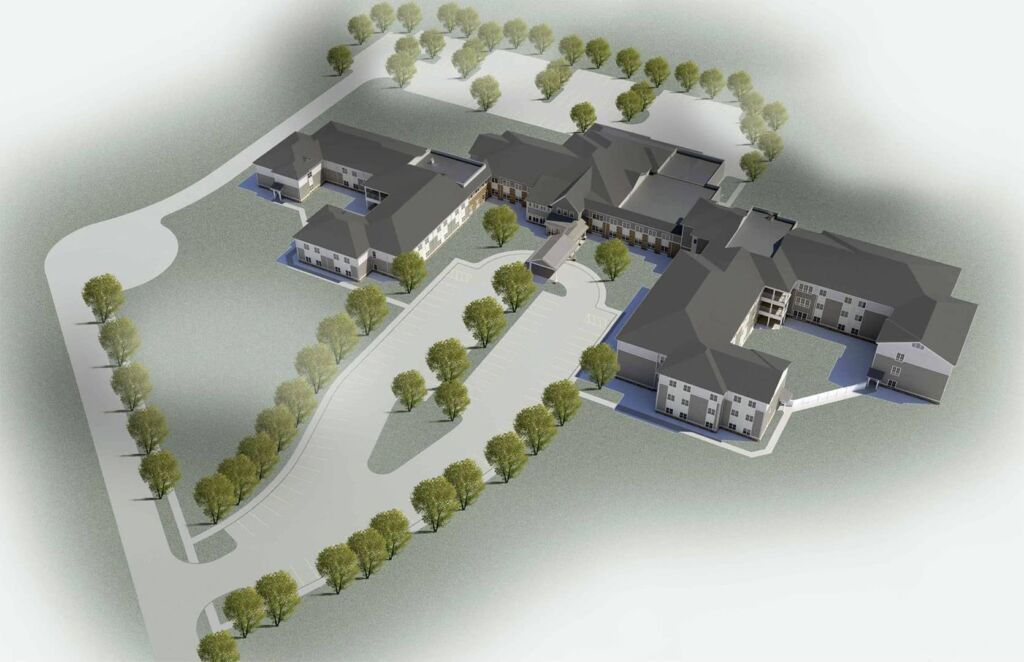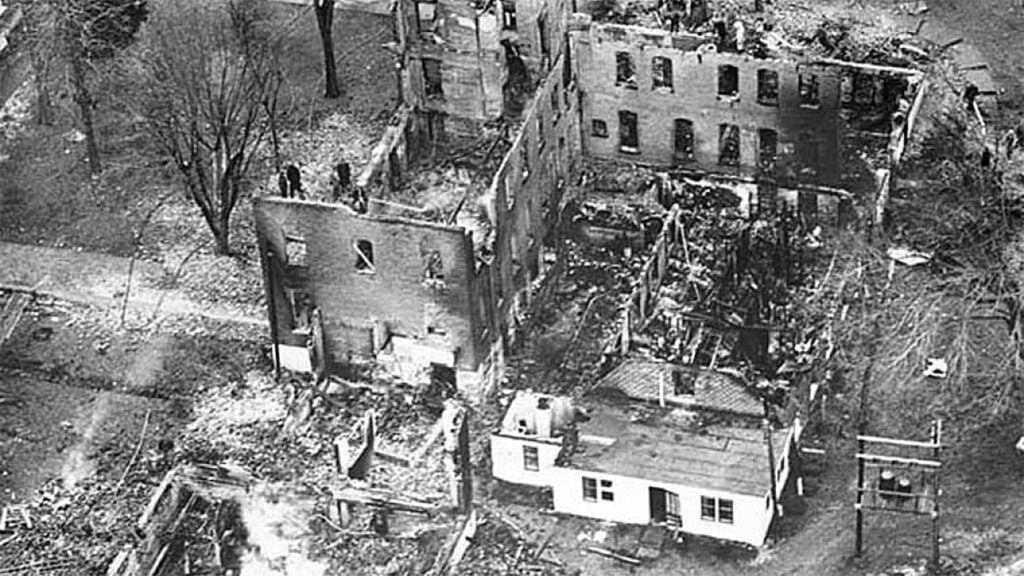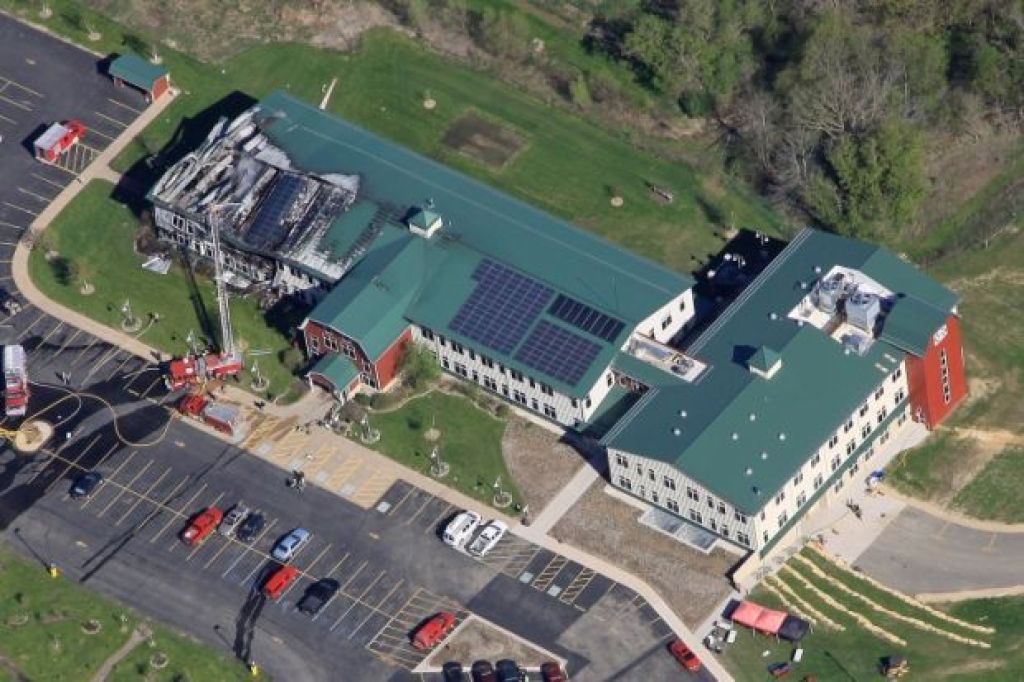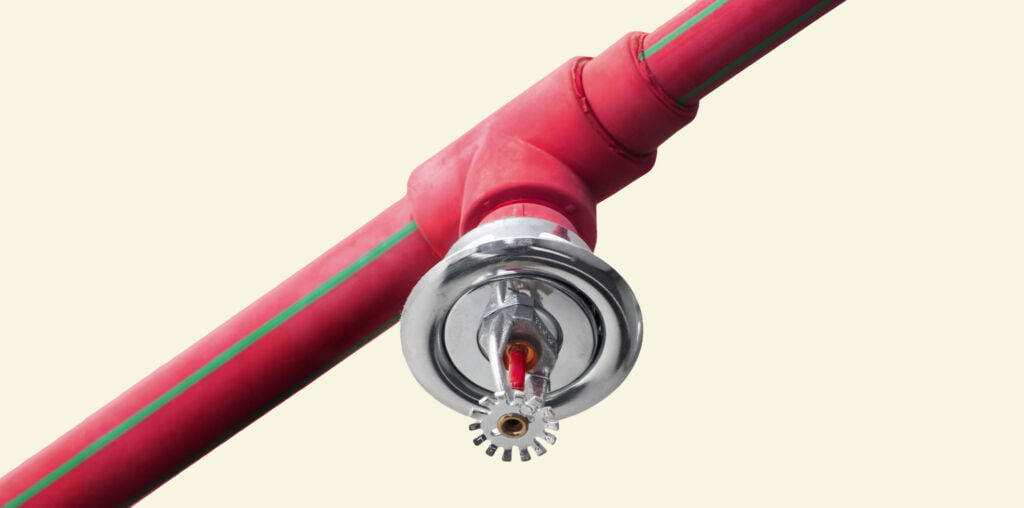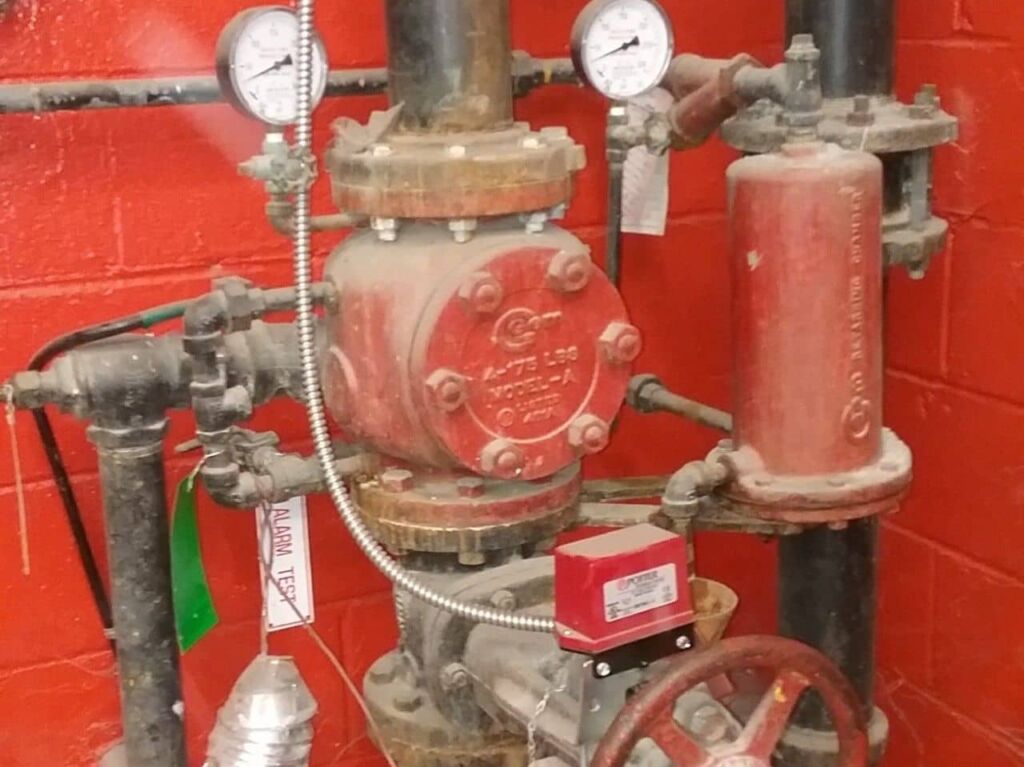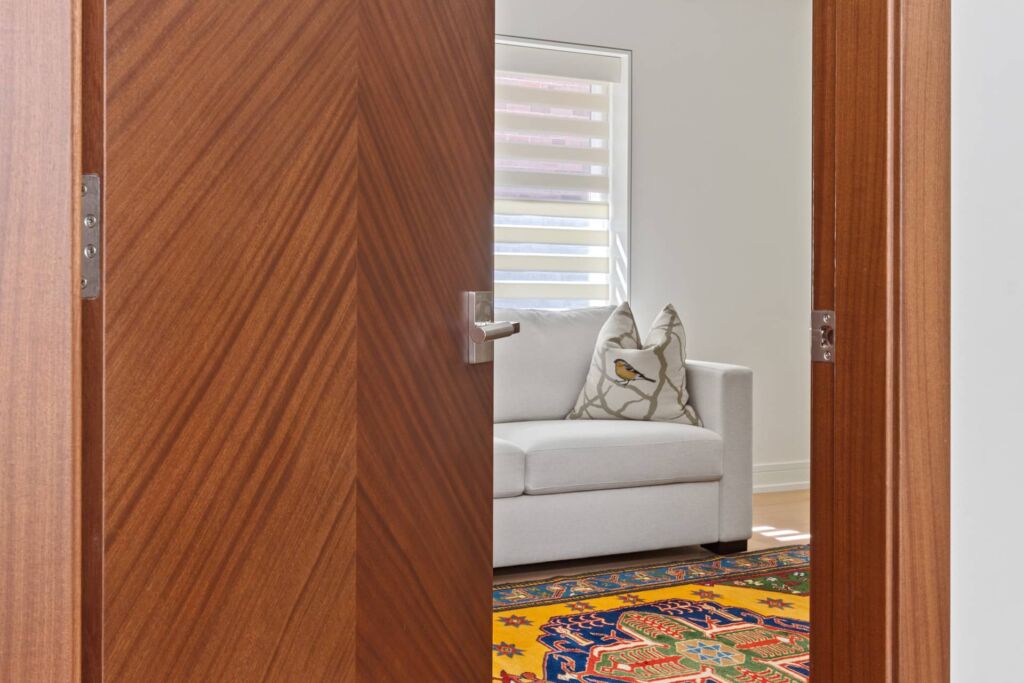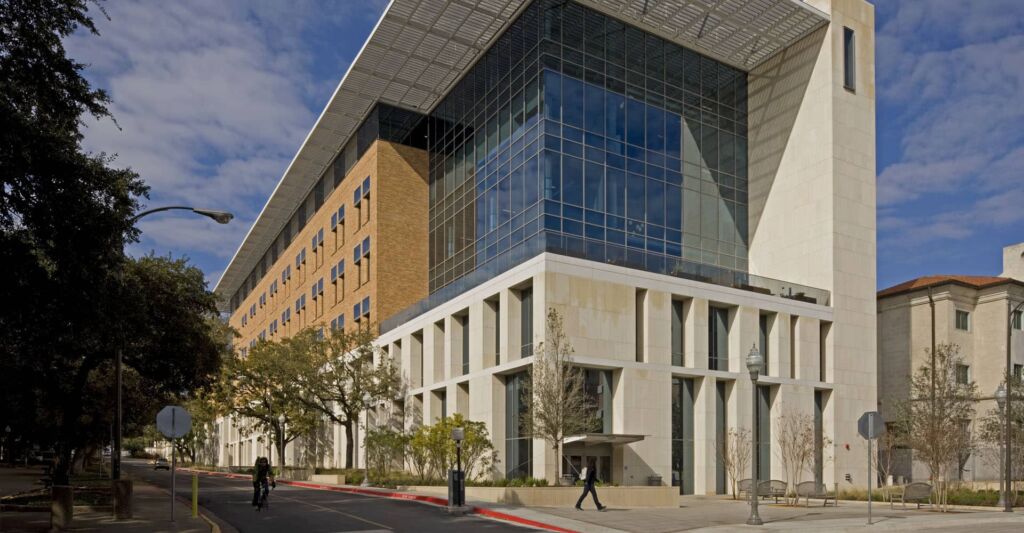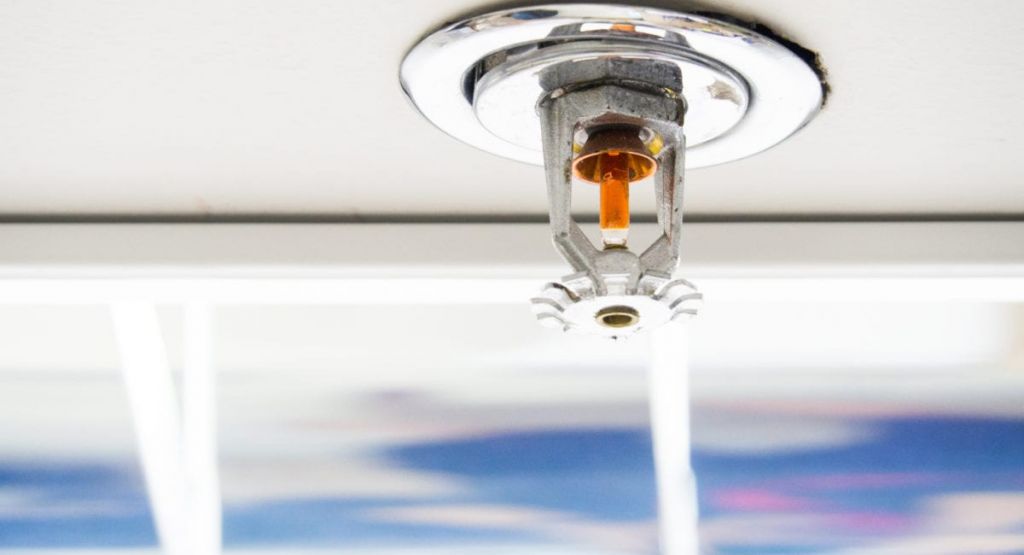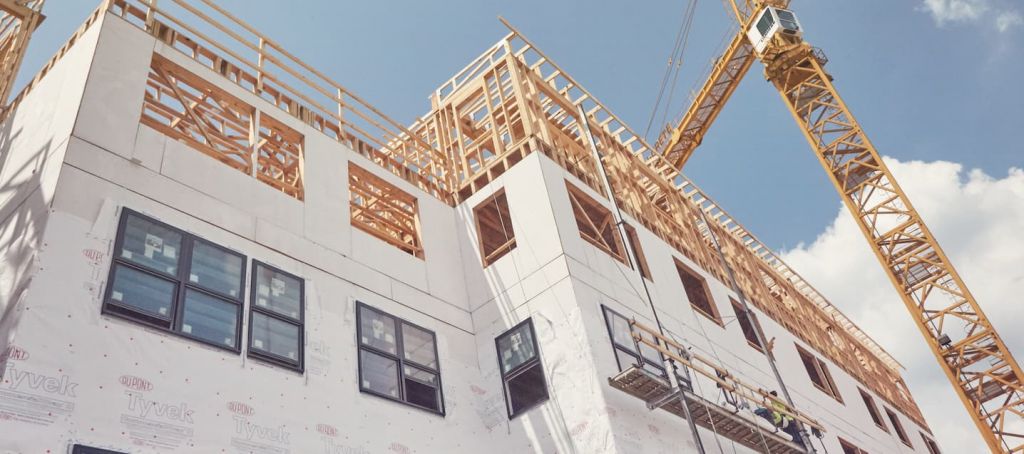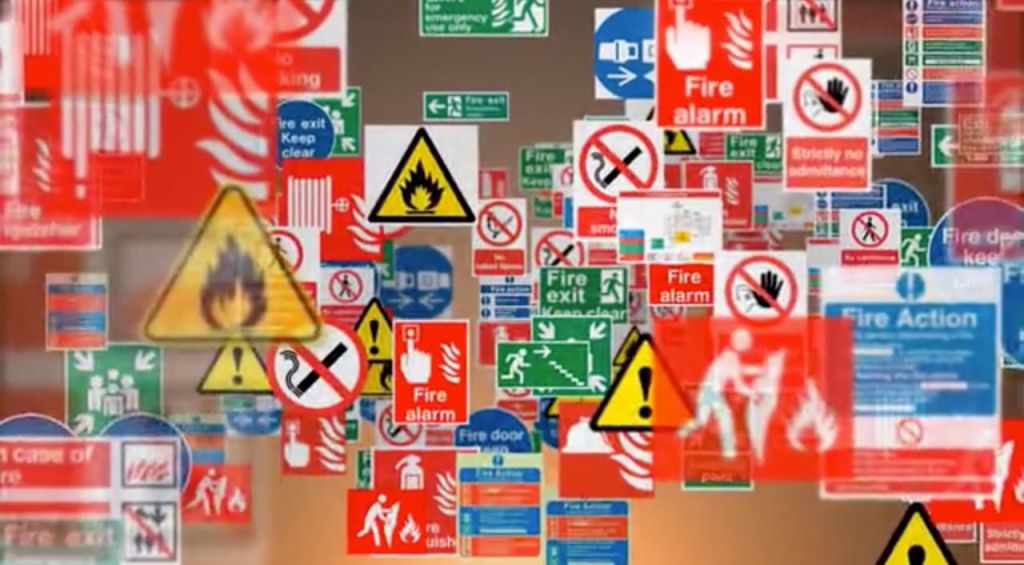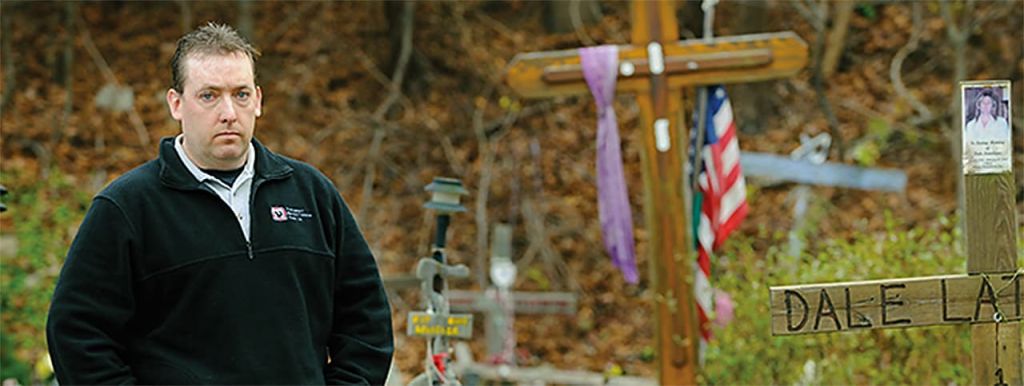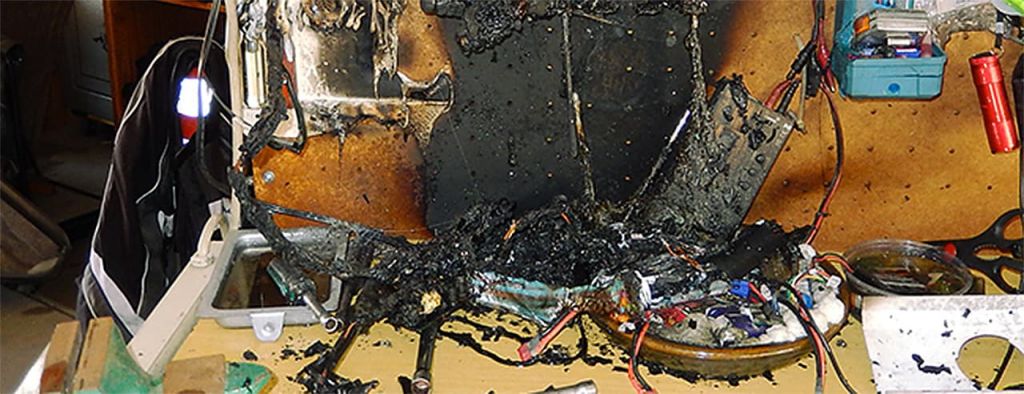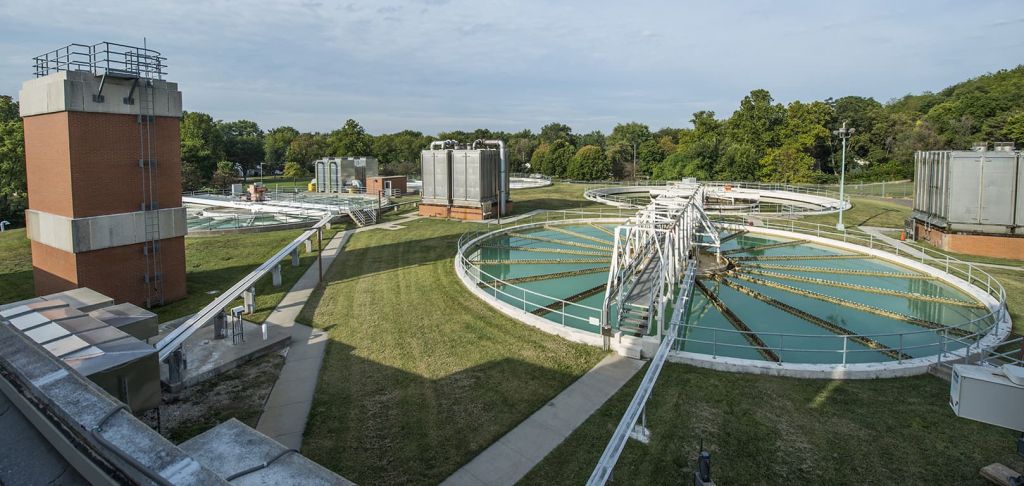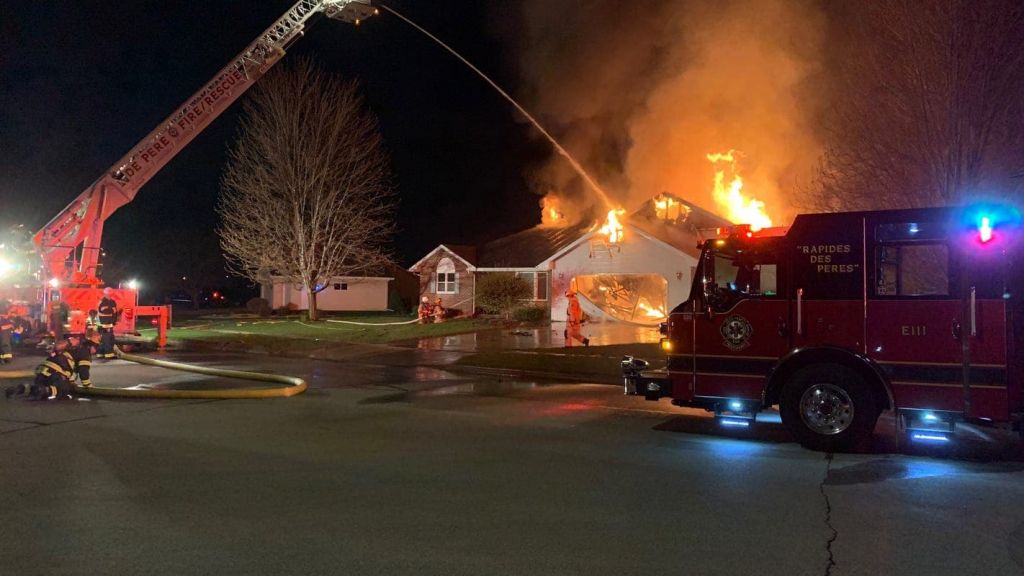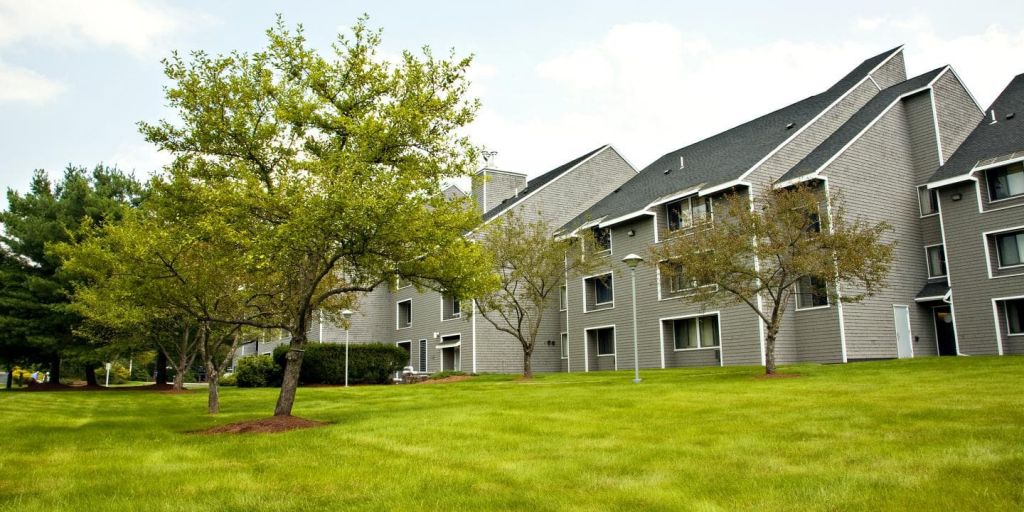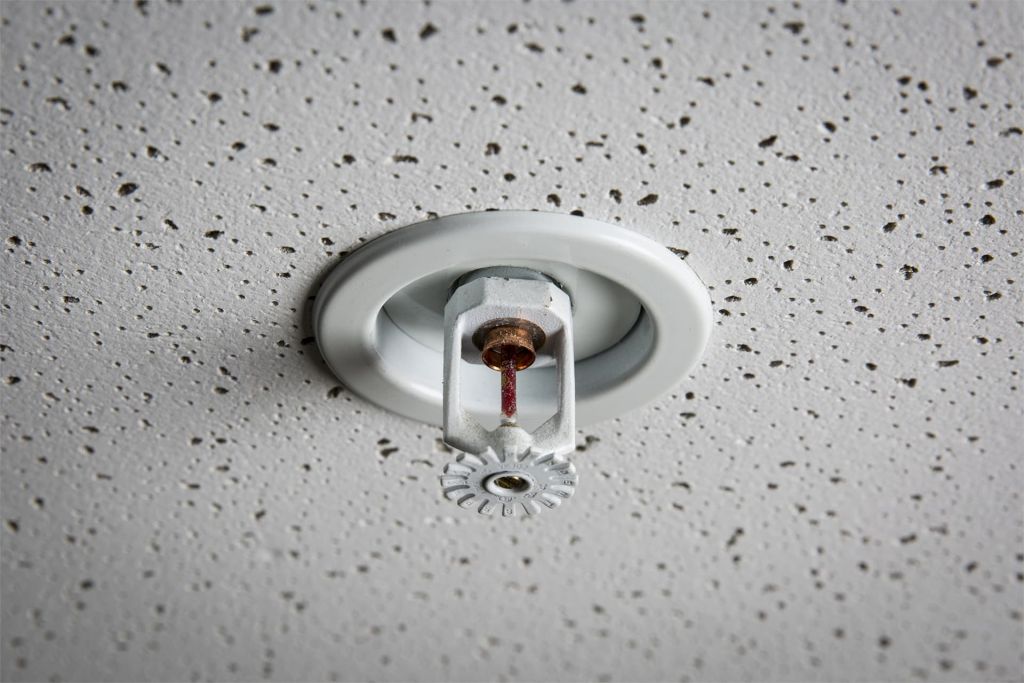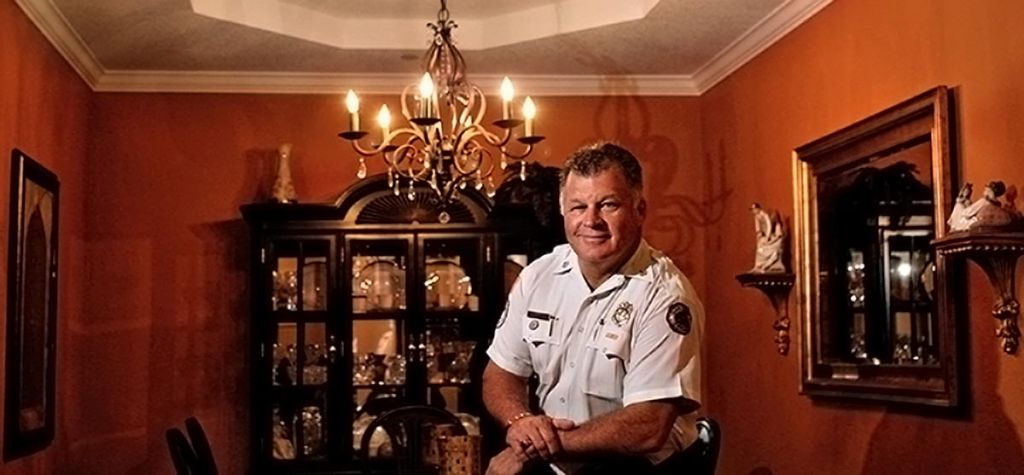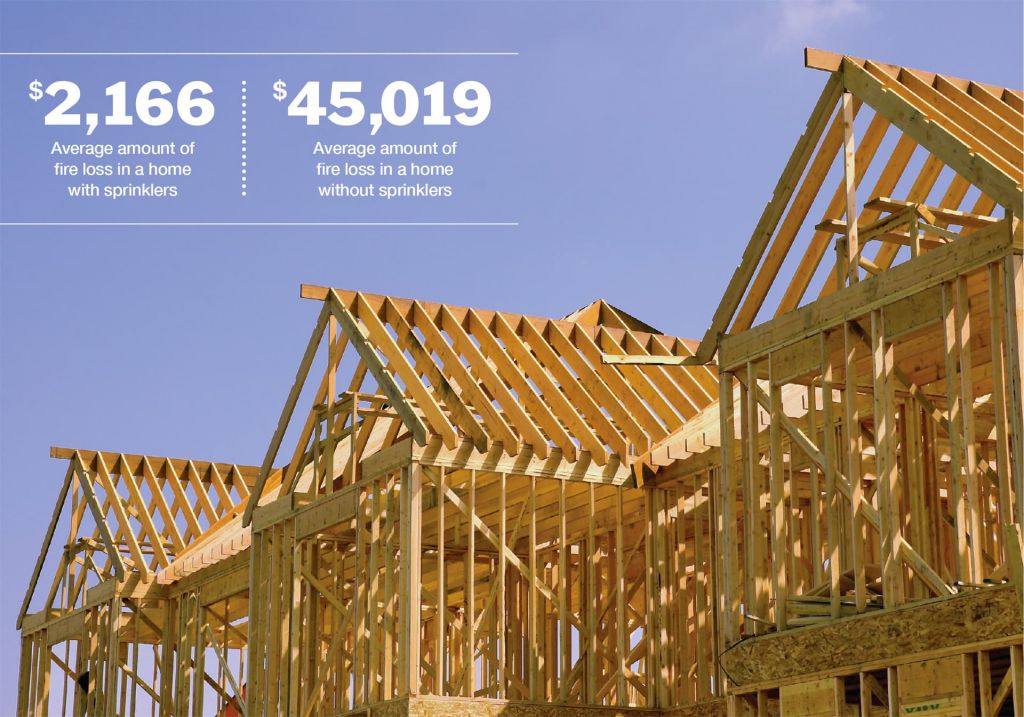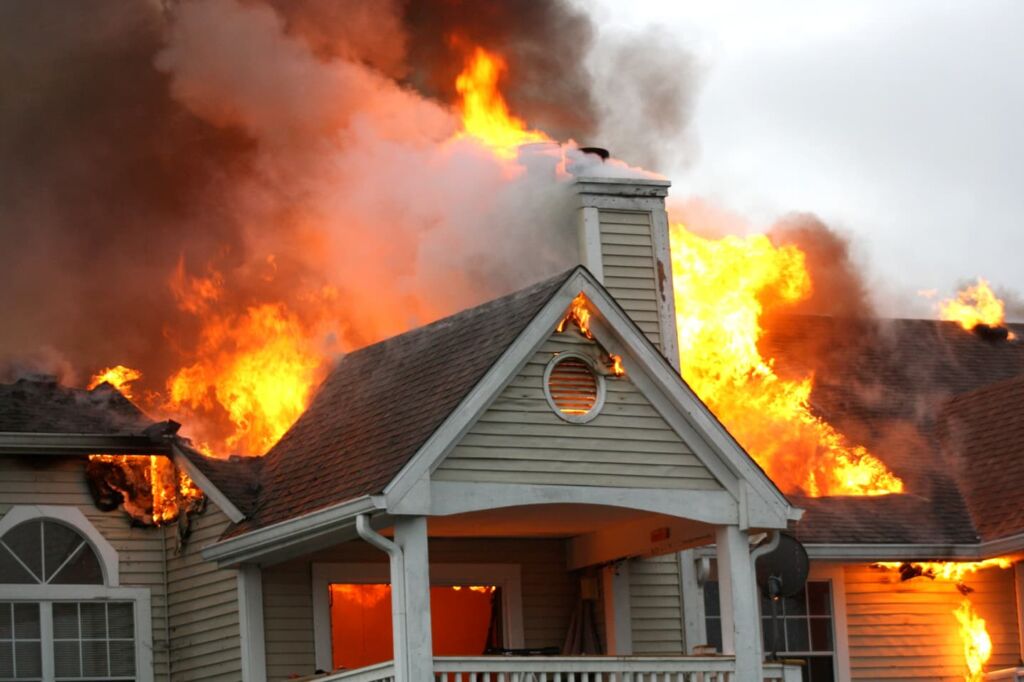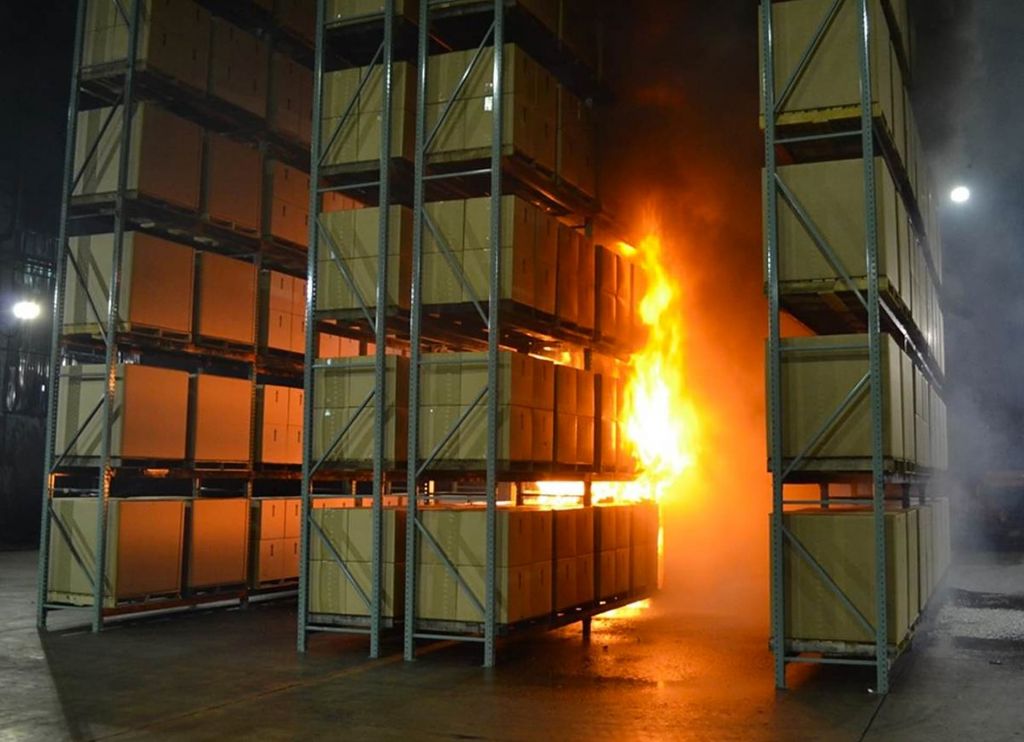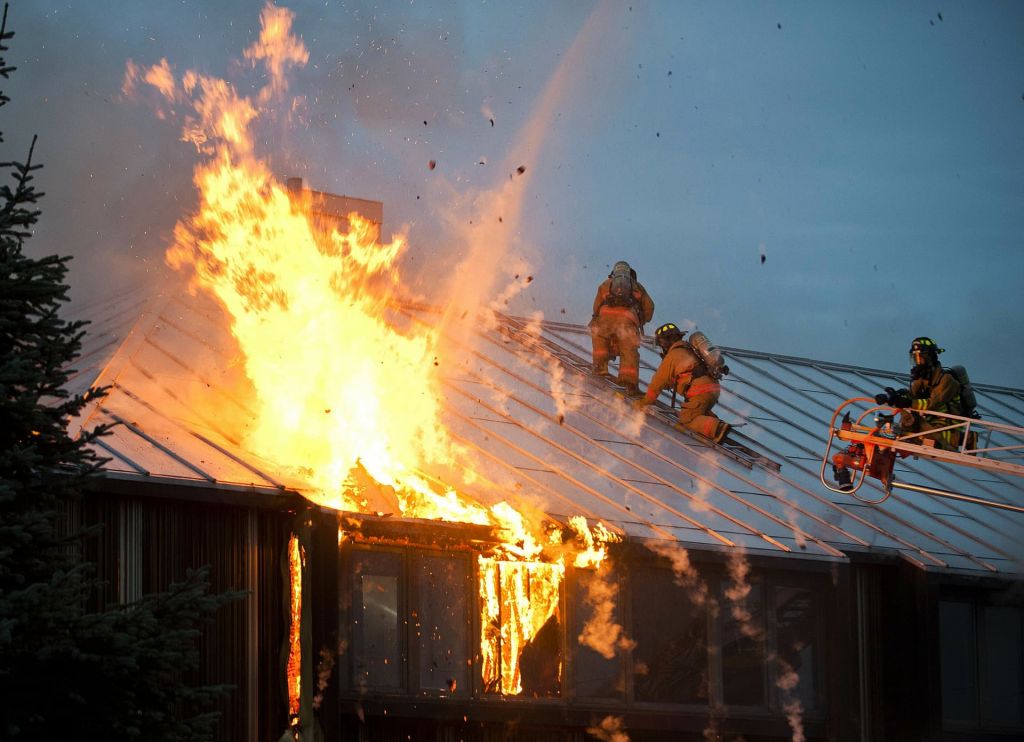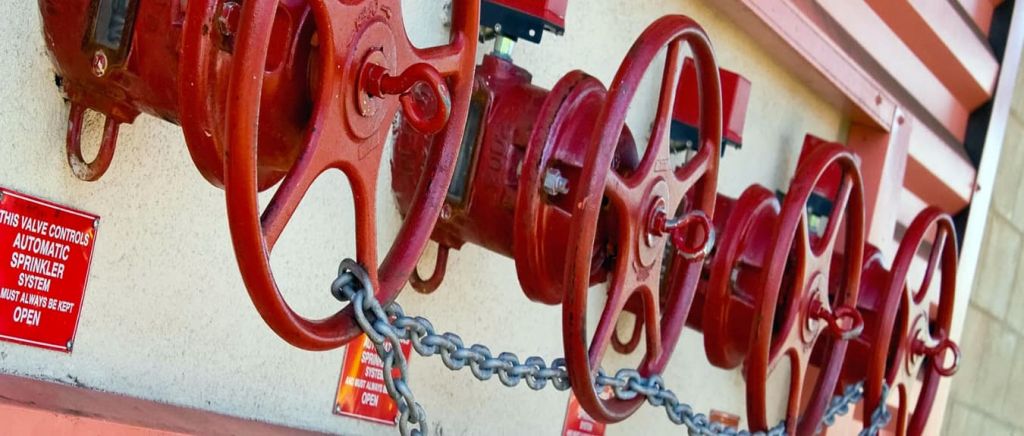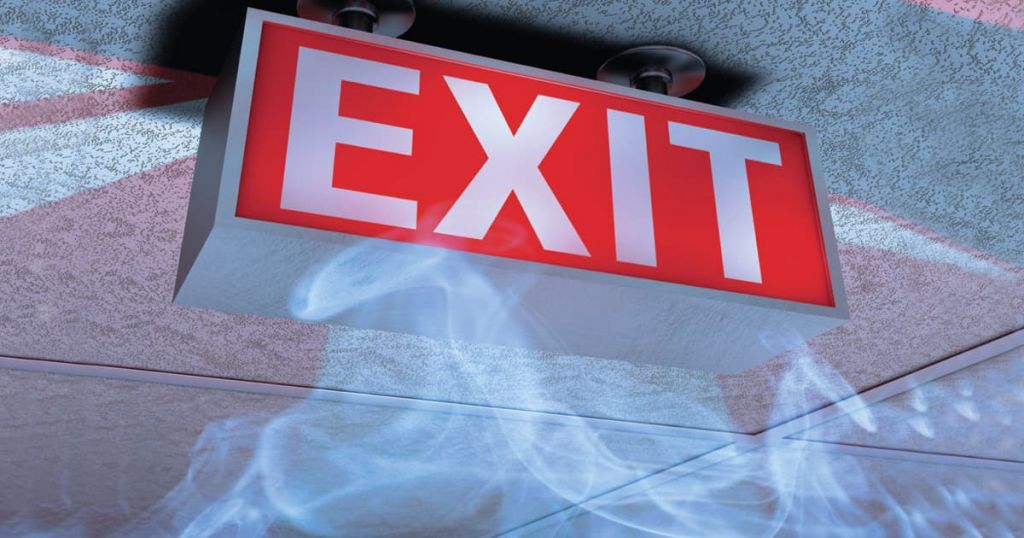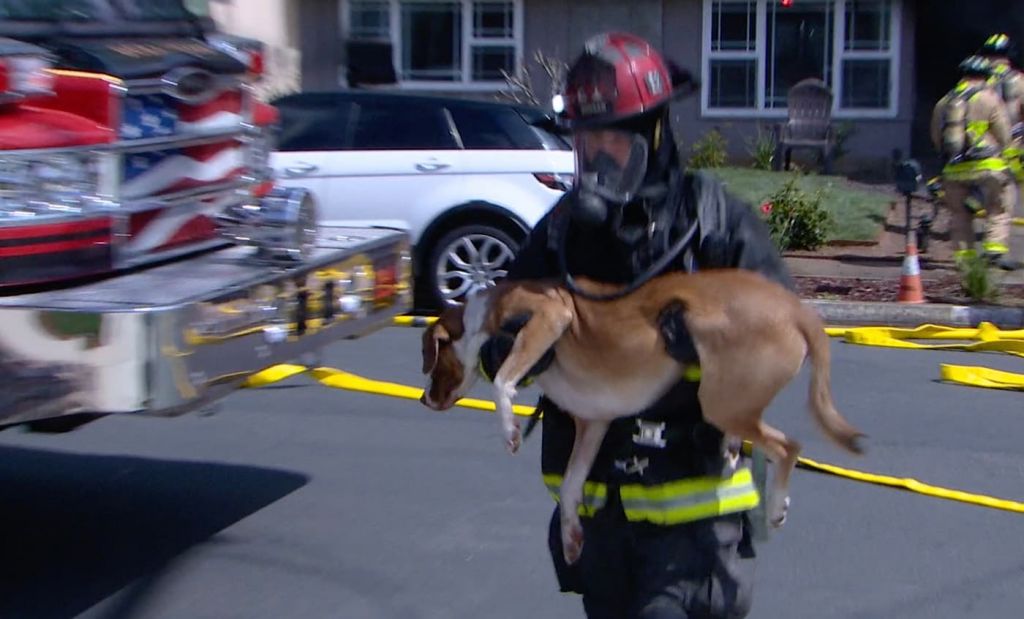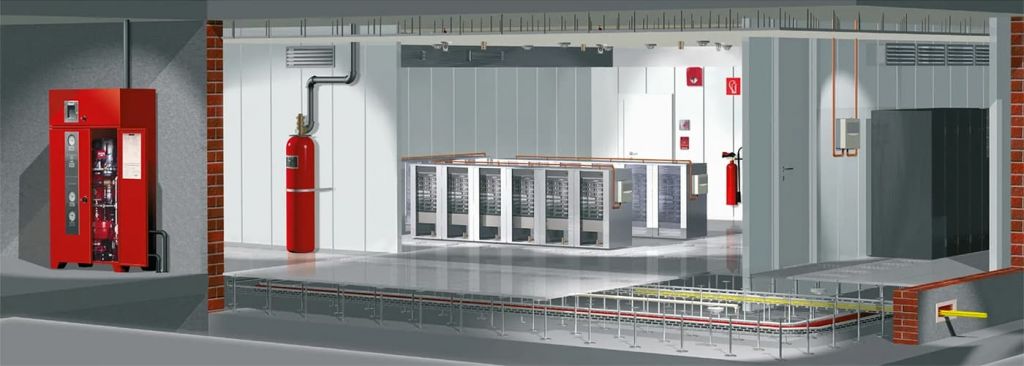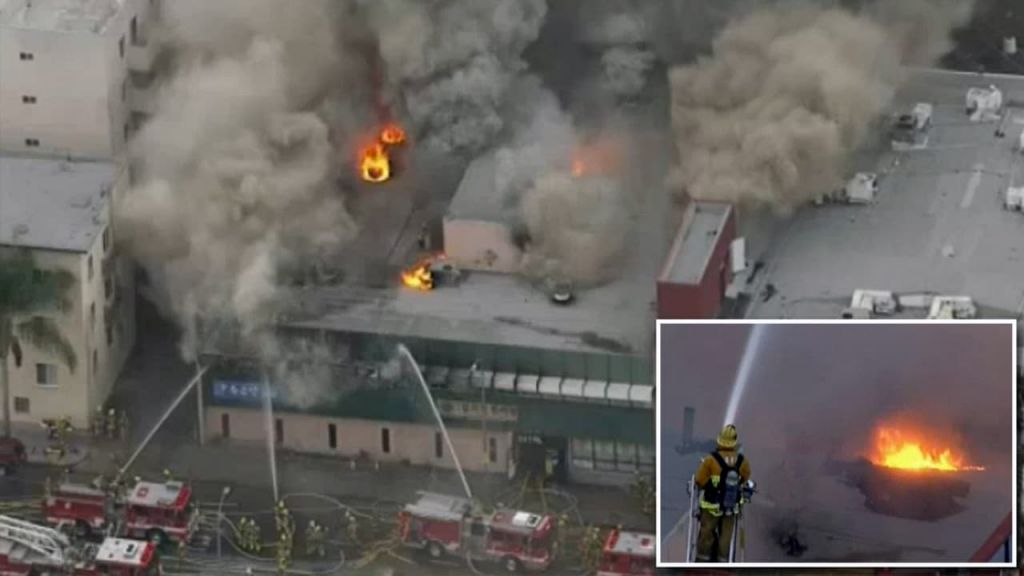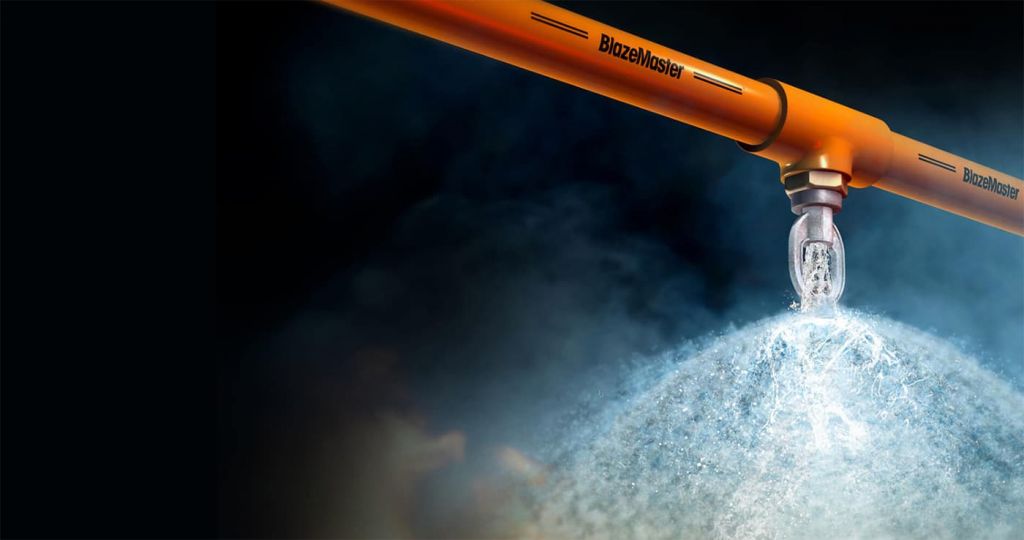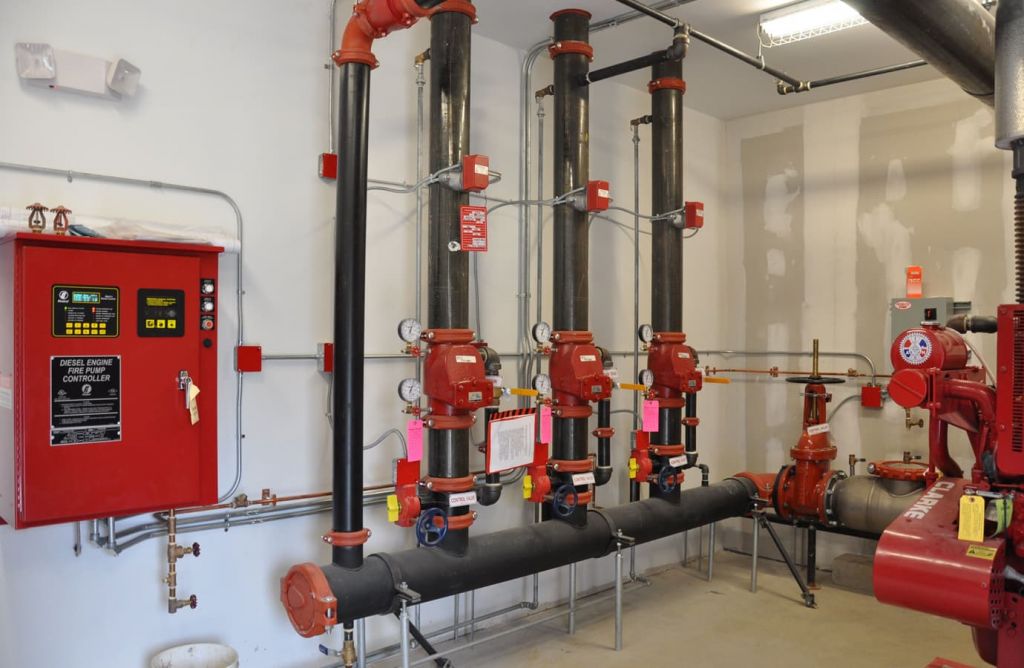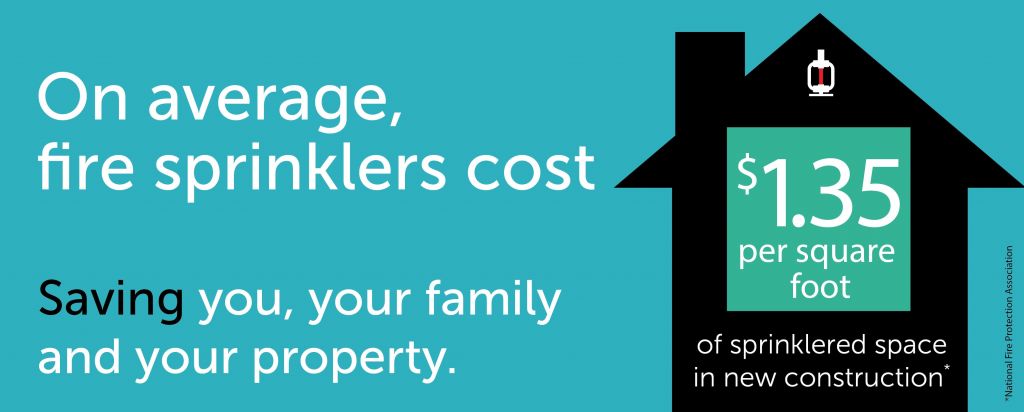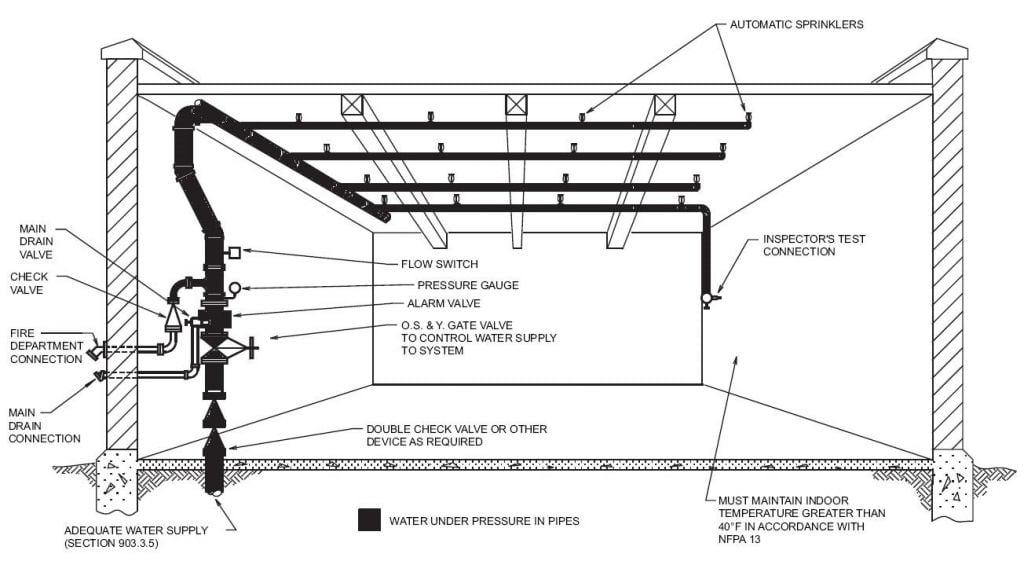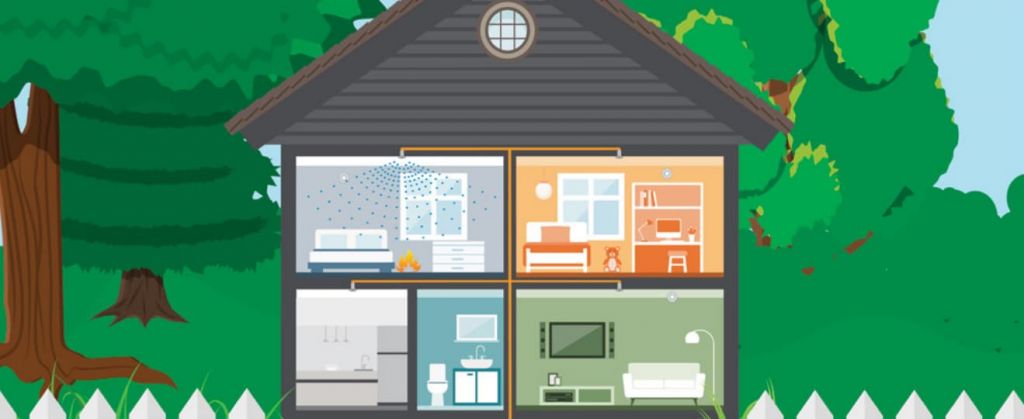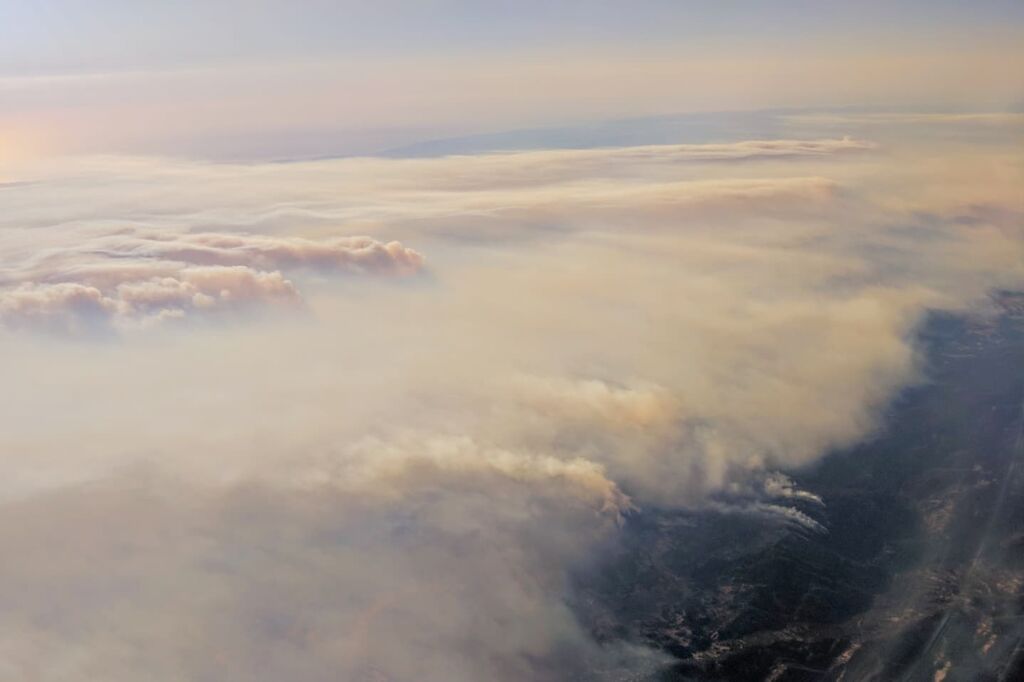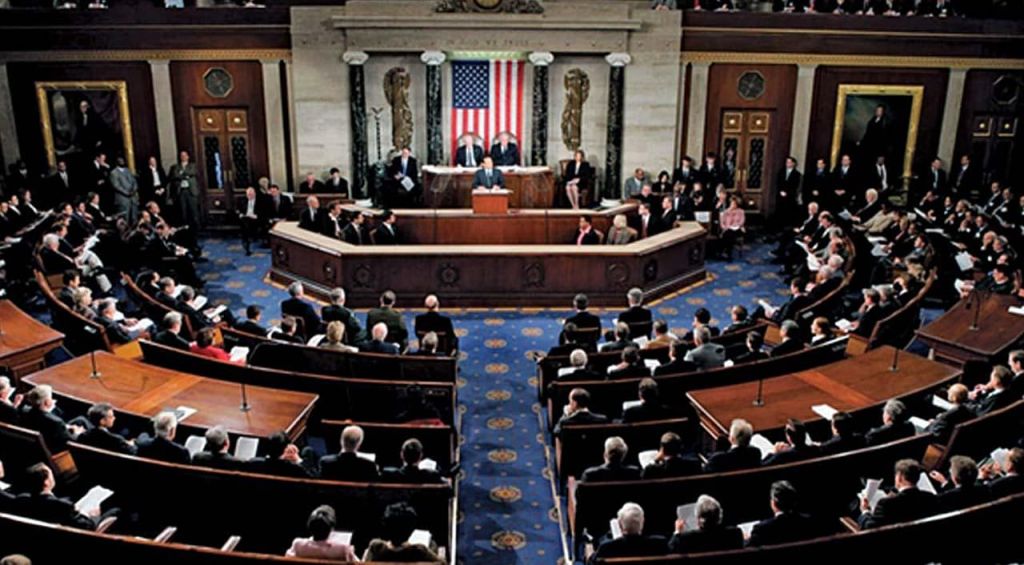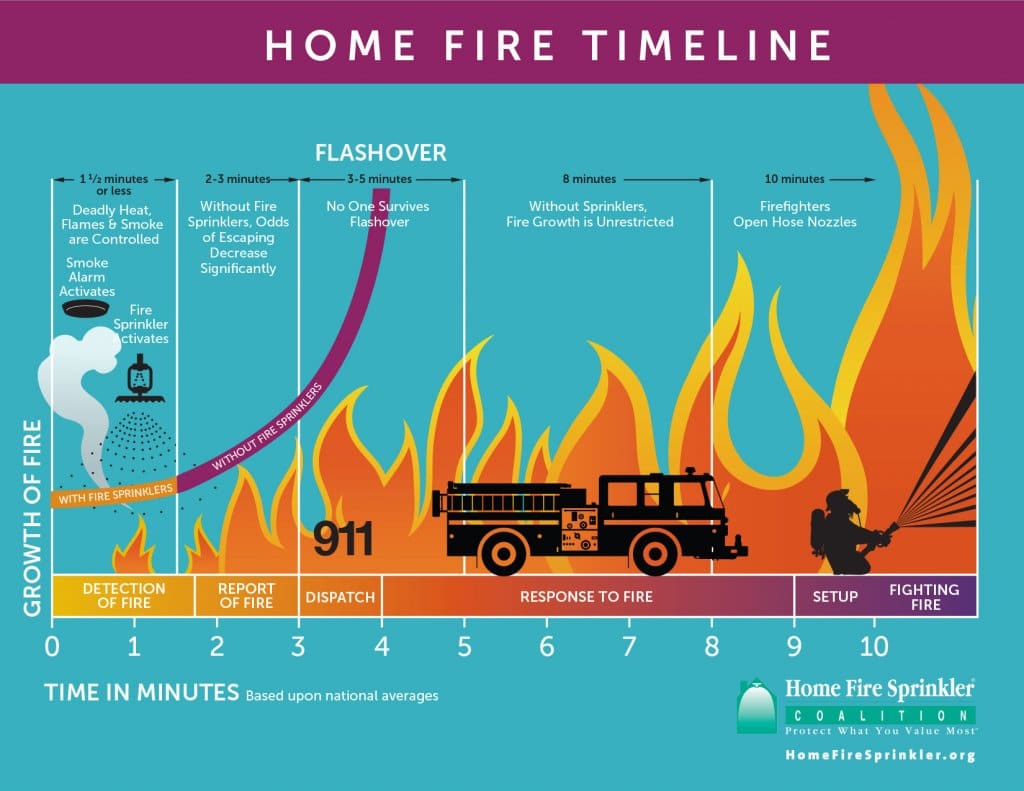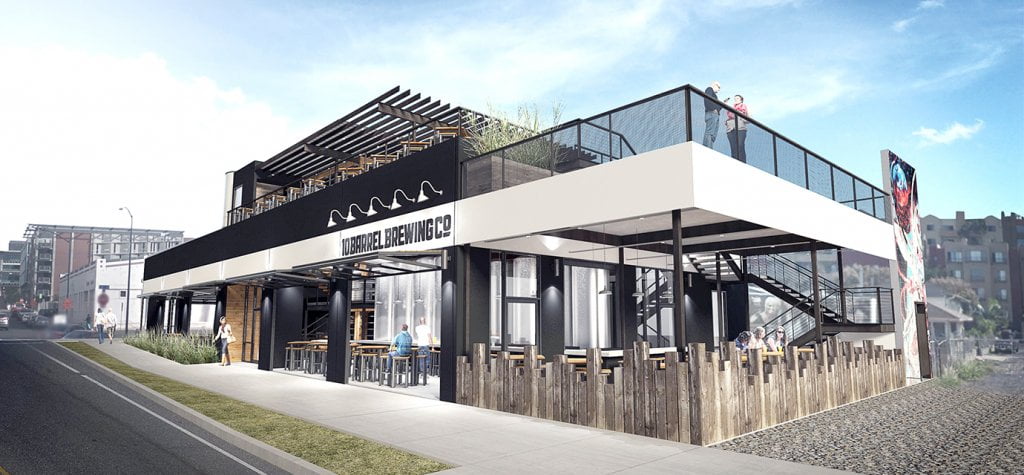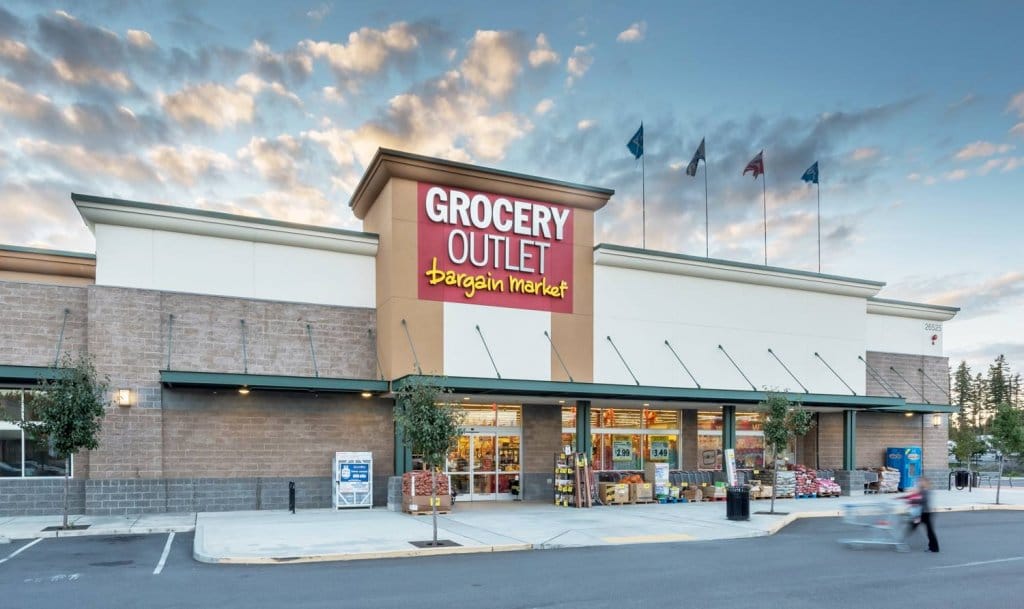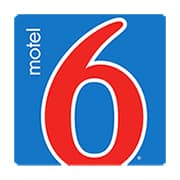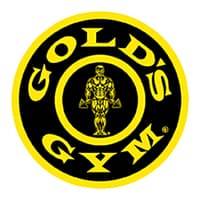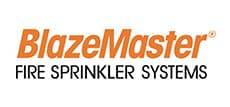Precision Fire Protection News
Looking Back: Guarding the Getty In Los Angeles

How the J. Paul Getty Museum in Los Angeles was designed to withstand wildfire
INTERVIEW CONDUCTED AND EDITED BY ANGELO VERZONI
The Getty Center is situated on a sprawling 86-acre hilltop site in the Brentwood neighborhood of Los Angeles, offering commanding views of the city, Interstate 405, and the nearby Santa Monica Mountains. The center includes the renowned Getty Museum and an array of facilities that are part of the J. Paul Getty Trust, one of the world’s wealthiest arts organizations—the trust’s 2018 endowments totaled $7.3 billion, according to public records posted on the museum’s website. Possessing resources of that magnitude means, among other things, that the Getty Museum can afford to pack its sleek walls with some of the world’s most prized artwork, including masterpieces by Rembrandt, Monet, Van Gogh, and scores of others.
In October, art lovers around the world issued a collective gasp at the news that a wildfire was bearing down on the Getty Center complex. The wind-driven brush fire started so close to the complex that it was named the Getty Fire, destroying homes and forcing thousands to evacuate. “Please keep those priceless works safe,” one person wrote on Twitter. “We love the Getty and pray that all of the beautiful art that makes life so much easier to enjoy will be safe,” tweeted another.
Meanwhile, other observers expressed their concerns on social media over what the museum would actually do with its collection during the fire. “I’m curious about your emergency procedures,” one person tweeted, tagging the museum in her post. “Is there specific art taken off the walls and moved?” Less than an hour later, the museum posted a tweet addressing these concerns. “Many have asked about the art,” the museum said. “It is protected by state-of-the-art technology. The safest place for the art and library collections is inside.” Getty published blogs explaining why this was the case.
NFPA 909, Code for the Protection of Cultural Resource Properties—Museums, Libraries, and Places of Worship, identifies its protection goals as the preservation of cultural buildings and the collections they house, as well as the continuity of operations of those facilities. The code also specifies the adoption of a protection plan “that addresses operations during conditions or physical situations with the potential to cause damage or loss,” including events such as wildfires.
While the Getty Fire swallowed over 700 acres of land and razed about a dozen homes near the Getty Center, the museum and other Getty facilities emerged virtually untouched. This was no coincidence. Just like the museum’s tweet indicated, everything at the Getty Center, from its well-manicured lawns to the materials used to erect its walls, was designed with the goal of withstanding fire, both inside and outside the facility. The Getty Center’s facilities are so wildfire-resistant that firefighters used them as a rest area and lookout tower as they battled the Getty Fire.
NFPA Journal recently spoke with Michael Rogers, director of facilities at the Getty Center, about the wildfire and how the museum and other Getty facilities stay safe during California’s increasingly active wildfire season.
How close did the Getty Fire get to the museum?
The Getty Fire started off of our property, north of us, in the early morning hours of October 28. But as it grew, it came down onto our property and actually burned areas of what we call our open-space property, which is just to the north of the Getty Center proper.
Was this the first fire on Getty property?
No, we had a fire in 2009 that was on our property, but it wasn’t as large as this one. In 2017, we had a fire on the east side of the 405, but the flames never made it over that barrier.
As the fire bore down on the Getty Center, were you nervous or confident?
I was confident. We have strong policies and procedures in place. A fire emergency on our property is something we plan for. We felt very confident we were ready.
What’s the procedure when there’s a high wildfire risk or news of an impending fire?
When we see a red flag warning, which is a warning put out by the weather service to alert people of a high wildfire risk, we immediately put into motion procedures to carefully monitor the temperature, humidity, wind, and other conditions around the Getty Center. We pre-deploy staff to the center. We make sure we’re ready should something happen, day or night. Those are the kind of steps we take right away. We say, “Let’s get ready for a fire, let’s make sure our fire procedures are ready to go.” I was part of that response during the Getty Fire. I was on site as part of the emergency operations control command center.
Shortly after the Getty Fire began, the center pushed out information that seemed to be aimed at quelling fears over why the museum wasn’t evacuating artwork. Why would removing the artwork be more dangerous than leaving it inside during a wildfire?
In the planning and design of the Getty Center, thinking about fire both internally and externally was really integral. Fire has been something we’ve thought about for a very, very long time. The complex was purpose-built in the late 1990s to withstand fire, so the museum collection was without a doubt safest inside the facility during the Getty Fire.
What makes it so resilient?
The building itself, on the outside, is very fire-resistant. It’s made from reinforced concrete and fire-protected steel. There’s over a million square feet of travertine, a very durable type of tile made from stone. We have crushed stone covering the roof. Inside, we have an advanced smoke evacuation system. We can basically pressurize the building to shut off outside air and remove smoke from inside. If we’re getting a lot of ash and debris in the air from a nearby wildfire, we can keep the debris from getting in. So there’s a whole host of things that we can do to protect collections and the building itself.
What about the complex grounds?
We have a very sophisticated irrigation system we can deploy in a fire to wet areas around the building. The property has a million gallons of stored water, which helps us run these kinds of systems and keeps our fire hydrants working should we lose all domestic water. We also do a significant amount of annual brush clearance all around the facility to reduce fuel.
Firefighters used the Getty as a rest area and lookout tower as they battled the Getty Fire. Was that something that had previously been discussed between the fire service and Getty Center officials?
Yes, we train with the Los Angeles Fire Department every year. We train with their leadership, with fire station staff, so we plan scenarios for fire here. And we tell them, “This is an area for you to stage, operate, help support the community.” So that’s part of the planning of fire protection at Getty. When incident command is set up during a wildfire in the Los Angeles area, often our head of security is part of that command, and he offers services and support to the responding agencies during an incident.
Obviously fire can impact a structure from the inside as well. While it’s separate from the wildfire issue, what measures are in place in the museum to protect its collection from internal sources of fire?
We have the advanced smoke evacuation system that I previously mentioned which can remove smoke from the building in the event of an internal fire. In addition to that, we have four-hour fire separations, so should a fire ever start or get into our building, it can’t go anywhere. The facility is very segmented and compartmentalized in that sense. We also have fire sprinklers inside the building. And we have central monitoring run by our security group to monitor everything at the center 24 hours a day, which would include anything from security threats to fires.
What do you say to people who worry that fire sprinklers in a museum are too risky because of the fear of water damaging the collection?
The way we look at fire sprinklers is, should one sprinkler go off, that’s going to cover a small area, right? It might make a 15-foot radius wet, compared to if you have no sprinklers in a building, the entire building can be damaged or lost to fire. It can be catastrophic when you don’t have sprinklers. Look at what happened to the National Museum in Brazil. It didn’t have sprinklers and it burned extensively [in September 2018].
Unfortunately, we see that kind of failure to invest in safety in facilities around the world. Why was the Getty built differently?
Fire safety is something we’ve just always thought about. It relates to the preservation of our collection and to the life safety of our staff as well as the nearly two million folks who visit us each year. Safety is part of our culture at the Getty. If you were to talk to folks internally, across the organization, you’d hear the same thing.
PEOPLE We Protect
Our Distributors and Suppliers
Experience
Our team started in the fire protection industry over 20 years ago. Since then we have grown into a statewide fire protection construction leader. Our team of project managers, engineers, designers, inspectors, installers, and technicians all share a passion for quality work and high standards. Precision Fire Protection understands the need to complete projects with integrity, safety, and precision!
Dedication
Our mission is to provide our customers with timely, high quality, affordable fire protection services that are guaranteed. We strive to achieve our client’s complete satisfaction. We are relentless in applying the highest ethical standards to ourselves and to our services and in communications with our customers. We aim to fulfill that mission in everything we do.
Precision
Precision Fire Protection keeps its team together, even when it's not. Just as vital as field personnel’s tools are, our project managers are equipped with the latest software to manage projects. Our project managers send dailies, RFIs, and plan revisions to the cloud so that everyone has access no matter where they are. Being connected is our way of ensuring every project goes smoothly.
Safety
Our team of multi-certified managers and supervisors are highly experienced in job safety. Our managers are OSHA certified to handle each project with care and sensitivity to every unique job site. By ensuring on-site safety on every project we work on throughout Southern California, Precision Fire Protection has developed positive relationships with our General Contractors.



